


INDIAN LINK
PUBLISHER
Pawan Luthra
EDITOR
Rajni Anand Luthra
ASSISTANT EDITOR
Sheryl Dixit
MELBOURNE
Preeti Jabbal




Pawan Luthra
EDITOR
Rajni Anand Luthra
ASSISTANT EDITOR
Sheryl Dixit
MELBOURNE
Preeti Jabbal
As we head into the final month for 2012, it is perhaps a good time to take stock of the year about to pass.
ADVERTISING MANAGER
Ashish Chawla 0468 389 272
ADVERTISING ASSISTANT
Nitika Sondhi 02 9279 2004
DESIGN
Danielle Cairis
Indian Link is a monthly newspaper published in English. No material, including advertisements designed by Indian Link, maybe reproduced in part or in whole without the written consent of the editor. Opinions carried in Indian Link are those of the writers and not necessarily endorsed by Indian Link. All correspondence should be addressed to
Indian Link
Level 24/44 Market St, Sydney 2000 or GPO Box 108, Sydney 2001
Ph: 02 9279-2004 Fax: 02 9279-2005
Email: info@indianlink.com.au

www.indianlink.com.au
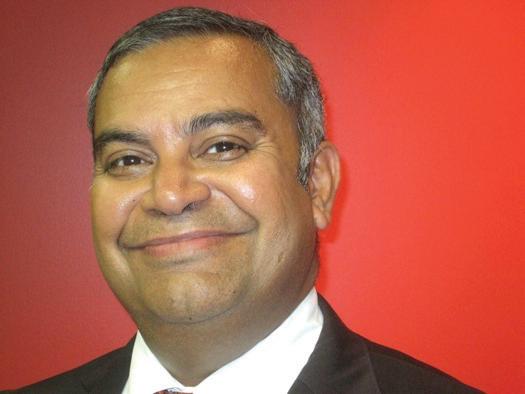
For the Indian community in Australia, this time last year there was a buzz in the air with the much awaited arrival of the Indian cricket team. Team Blue did arrive down under but rather than the tigers of world of cricket, they were more like lamb who were slaughtered by a mechanical and professional Australian cricket team. Their pathetic display on the field - and arrogance off it - made it all a sad episode indeed for cricket lovers from the sub continent. As we go to print, the Indian cricket team has just been thrashed in India by England by 10 wickets. The problem it seems, dear friends, is not in our stars but in ourselves that we are underlings, to paraphrase a well known saying. Aging stars, lack of vision by decision makers and impotent attitudes by people who matter, are all part of the decay. And yes, this can be carried across to the politics of India. It has been a year when the common man has become
shriller in his demands for the Indian politicians to clean up their act. Prime Minister Manmohan Singh featured on the cover of the influential Time magazine as a leader without a vision. While the Indian media reacted in its predictable way by featuring US President Barack Obama on its cover as a useless leader, the point still is that India with all its promises has consistently failed to reach the heights which it has the potential for. With GDP growth declining, and inflation high, the only money being made is by the politicians. In spite of top rating television shows on social issues by well-respected film maker Aamir Khan, it seems that there is no desire by the powers-that-be to create any effective change. It is over two years since the sagas of Commonwealth Games corruption scandals surfaced; there is still to be any punishment meted out to the guilty parties who brought so much shame on the nation.
In Australia, the strength of the Indian community is being noted and politicians are falling over each other to be present at India-centric functions. From the Federal side, both Prime Minister Gillard and Opposition leader Abbott are playing tag with each other. As soon as one confirms their attendance for a function, the other also finds time to be available for the function. State Premiers in the two big states of Victoria and New South
Wales also attend community functions regularly, and trade missions to India are the flavour of the year as they work hard to draw out Indian investment to their state. The Indian community, while enjoying the photographic opportunities with the leaders, has not been able to get access to their wallets to obtain funding for projects which can help the local community. Perhaps with the elections due in 2013, the Indian local leaders can lay the right groundwork with the political leaders to make grand announcements at their functions.
For the Australian Indian community, 2012 was a year in which we continued our growth as a community. While numbers of students were down and businesses catering to them suffered, there was an influx of professionals on 457 visas as the government worked hard to fill in the skills gaps. We continued with our massive Holi and Diwali celebrations; overseas singers and stars came to entertain us; talk fests with visiting intellectuals took place; local music and dance performances kept the entertainment levels high. Community groups mutated and new associations were formed, presidents and leaders in some changed, in others they clung to their positions to continue with their claim to fame.
Yes, the more things change, the more they remain the same.
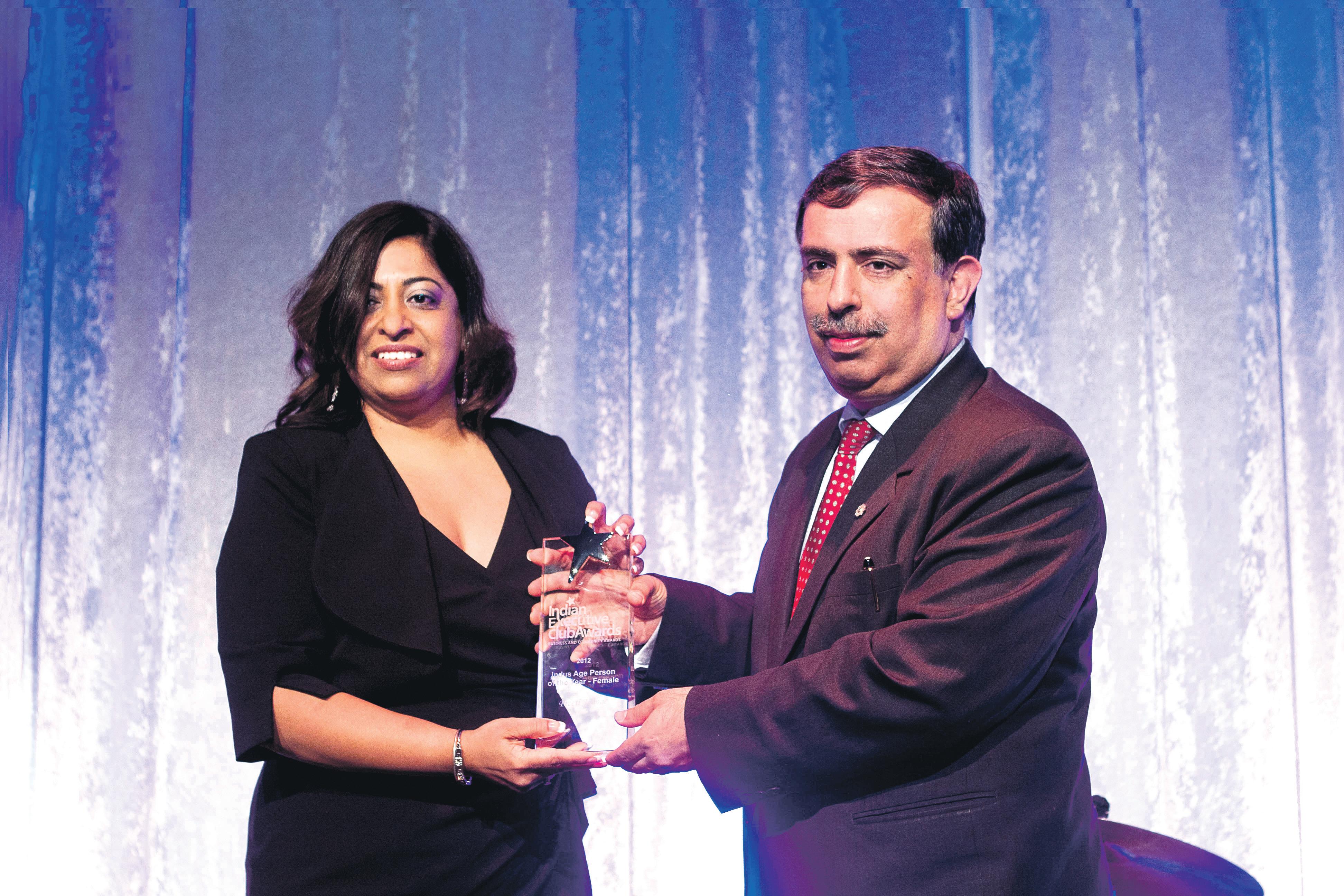
Indian Link’s Melbourne coordinator Preeti Jabbal took home the Person of the Year 2012 award at a recent event held at Peninsula in Docklands by Indian Executive Club. Preeti won the People’s Choice Community Person Of The Year Award based on online polling by the community. She also featured in the Indian Executive Top 50 Who’s Who of the Indian Community Souvenir launched by the renowned Kiran Bedi during her visit to Melbourne recently.
With her passion for bringing issues and personalities to the fore through her writing in Indian Link newspaper, Preeti Jabbal has won the respect and admiration of the community as well as her peers in the newspaper industry.
“I am so pleased to have received this recognition”, Preeti says. “I love doing what I do, connecting with people and learning about them and then telling their stories. It’s like an ongoing education, I learn something with each interaction and share it with my readers”.
“Enriching is the word I would use for the whole experience. It is an invaluable part of my life,” she remarks with characteristic passion.
It all started for Preeti as a young child.
Picture a normal Indian kitchen, a pressure cooker whistling away, a mother bustling around and a tenyear-old observing the humdrum
of daily life and jotting down thoughts on a piece of paper. In that humble setting began the life long passion for writing for Preeti Jabbal. The little poem penned in the kitchen was sent to a kids’ magazine and published immediately. Many write-ups followed and a hobby morphed into a career.
Family and friends were not surprised when Preeti chose to finish her university years with a post grad degree in Mass Communication and Journalism. As a bright and bubbly 22-yearold, she started work at a local newspaper in Nagpur called Lokmat Times. It was a rapid trajectory for Preeti from looking after a single leisure page, to handling the children’s magazine to becoming the editor of their regular supplement Montage, all within a year and a half.
“Marriage and migration to Australia certainly created a temporary diversion,” Preeti reveals. “However, the writing bug remained in the system!”
Her first researched story in Melbourne was published in The Age in 1995. Journalism was considered a closed market at that time and not easy to get into so Preeti dabbled in other professions. Her first break came in the form of a phone call from Pawan Luthra the Sydney-based editor of Indian Link who offered her a job as a co-anchor for a Sunday morning radio show. The
rest as they say is history. Preeti has worked as the Melbourne Coordinator of Indian Link for almost a decade, now writing innumerable interviews, reviews, reports, features and profiles that link India and Australia. Besides this she has continued her corporate career, as well, by literally burning the candle at both ends.
Her husband Ravinder, who she describes as her ‘rock’, has proudly supported her in pursuing her many passions, often joining in as well with just as much enthusiasm. Her 11-year-old son, Ronit, is her pride and joy.
Today she is well respected within the community as a proficient and prolific writer. Preeti believes strongly that communication is the human connection that forms the key to community relations. During her writing career she has spent days with children who were forced to do child labour in slums; she has researched and written about victims of domestic violence, sufferers of mental health issues, migration woes and Indian student issues. She has supported community organisations and charities, celebrated worthwhile causes, promoted multiculturalism, women’s rights, arts and culture.
“As a writer you can live a vicarious life and amass varied experiences. You can also reach out to thousands of people. It is very important for me to do so
creatively, conscientiously and ethically,” says Preeti.
And with whole-heartedness, she might as well add. Says Rajni Anand Luthra, co-editor of Indian Link, “At Indian Link, Preeti has happily taken on any story leads thrown her way, and followed them through to conclusion. This, besides digging up newsworthy stories herself from the community. Many of her stories are put in at ungodly hours of the night, as she toils away after finishing her household chores and family responsibilities. But more often than not, they are accompanied by a note saying how much she enjoyed doing the story - such as the Sandeep Bhagat story or the Sam Goraya story this issue”.
Rajni adds, “Preeti’s effervescent personality and enthusiastic attitude make her a valued member of our team. She is a shining ambassador of the Indian Link brand in Melbourne”.
Her stories all make compelling reading, whether of a serious or light-hearted nature. Her Mother’s Day tribute, written only months after her beloved mother - a major inspiration in her life - passed away, brought tears to the eyes of every daughter that read it.
Equally, Preeti has a strong streak of community-mindedness that she is well-known for. On a typical weekend, besides attending two or three functions to report on, she will cook a hundred
kebabs for a friend’s party, help set up a community hall for another friend’s family celebration, cook a meal for yet another ailing friend, and act as immaculate MC (with Urdu shayiri as well as Shakespeare quotes) at a 40th birthday party. In between she will catch up on the latest Bollywood blockbuster while cooking parathas, teach a dance class while supervising homework, and sneak in a visit to the local mall to buy another pair of, you guessed it, shoes.
One wonders what supplements Ms Jabbal takes: perhaps we could all do with a dose. But then again, you can only have one Person of the Year.
Nisha Chaman“As a writer you can live a vicarious life and amass varied experiences. You can also reach out to thousands of people. It is very important for me to do so creatively, conscientiously and ethically”
Preeti Jabbal



he streets were bursting with cheers as Ayodhya had its grandest celebration: it finally had an heir to the throne. Whilst the extravagance unfolded, in a land far, far away, darkness was mustering - he sat in penance, his powers growing stronger by the hour. Little did the new princes of Ayodhya know that destiny would one day bring them to him!”
On November 18, I had the great fortune of being the narrator in the Ramayan production by the children of Gopa Kuteeram (GK) Melbourne. An audience of 200 at the Clayton Theatre was transported back in time to

Tthe days when demons crawled the night sky and monkeys fought alongside men. The name ‘Ramayan’ is a compound of ‘Rama’ and ‘ayan’ (journey), translating into ‘Rama’s journey’. Forming a central part of a section of Hindu literature referred to as itihasa (historical event), the timeless classic never seems to strike a dull note.
The evening began with an invocation prayer by the GK South Yarra students and a Ganesha Pushpanjali dance by the students of Bharatakalanjali Dance School. Following this, the GK Coordinators - Vidya Subramanian and Uma Prabhakar, welcomed the audience and chief guests, Mr Chidambaram Srinivasan, Chief
Commissioner of the Victorian Multicultural Commission; and Mr Vasan Srinivasan, President of the Federation of Indian Associations of Victoria (FIAV). Thereafter the curtains opened.
The production began with the birth of Rama and his three brothers to King Dasaratha of Ayodhya. Following this, the Ramayan as we all know it, unfolded on stage. From the onset, it was clear that directors Bhuvaneswari Kuppuswamy and Shilpa Mehta had done a masterful job. The children didn’t miss a beat as they delivered their lines with a poise and maturity beyond their years. The soundtrack underlying the production was aptly pieced together by Kalpana Raja. A

special mention must be made of the sets, props and costumes team. In particular, the 10 headed Raavan was presented in a very creative manner.
This was the inaugural annual day event by GK Melbourne, an organisation providing value-based education to children aged 3-12.
Speaking to Indian Link after the show, Subramanian and Prabhakar shared their vision of creating a positive, fun-filled environment
for the children to learn and grow. Whilst the focus of the audience may have been on the acting and dancing, they hoped that the parents of young artistes would see much greater value to their children’s growth. Such productions bring many children together, teaching them universal values of teamwork, dedication and compromise in an enjoyable, practical manner.
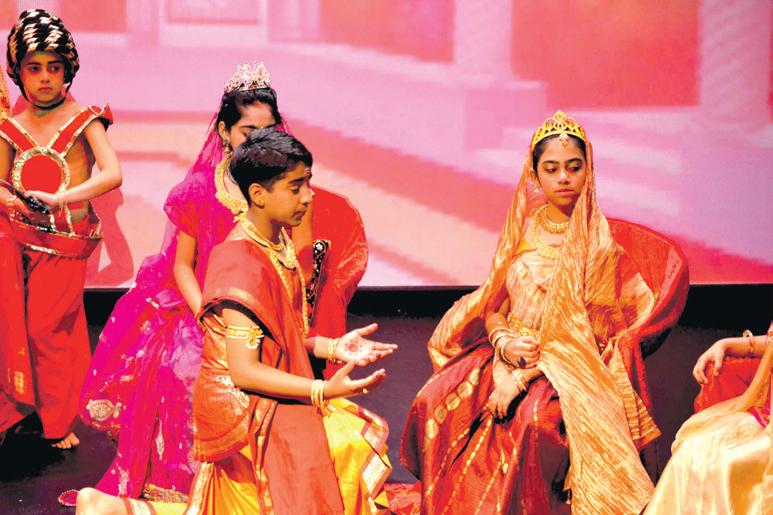 Dinesh Ramanan
Dinesh Ramanan
Padma Shri awardwinning actress and danseuse Shobana was the reason why the musical dance drama Krishna attracted a large audience in Melbourne recently, and she lived up both to their expectations and her reputation. In a powerful coordination of
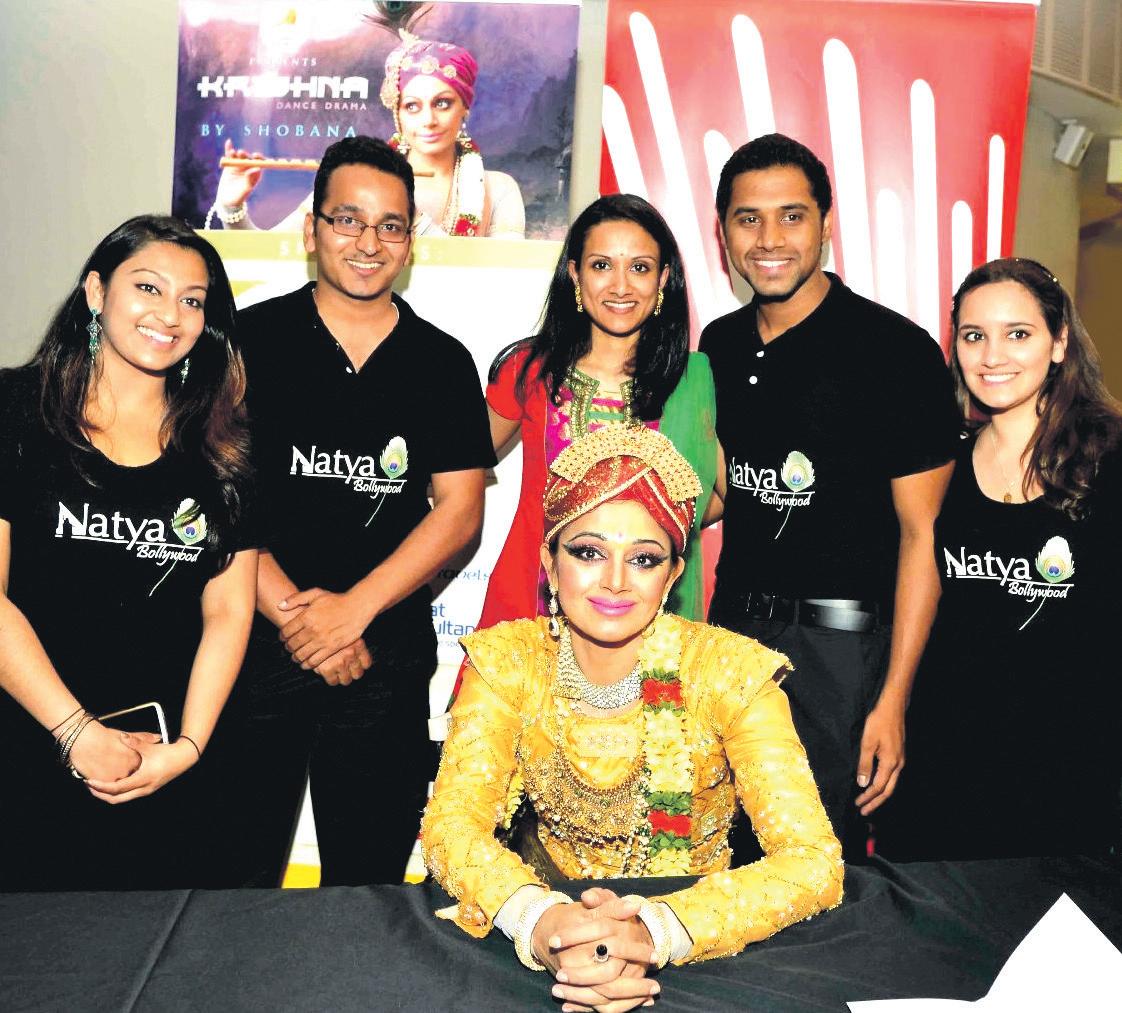
gestures, eyes and movements, Shobana and her group of 13 dancers, brilliantly executed a fusion of contemporary, film, folk, Bollywood and Bharatnatyam dance forms to depict the life and philosophy of Lord Krishna. For
communicative gesticulations and elaborate choreography.
The beautiful, long-limbed Shobana with her fluid movements and expressive eyes performed the role of Krishna to near perfection. An accomplished
the guidance of legendary dancer Chitra Visweswaran. During her stint as an actress, Shobana won the Best Actress award for the films Manichitrathazhu (1993) and Mitr, My Friend (2004). In 2006, the Government of India honoured Shobana with the Padma Shri for her contributions towards the arts. Shobana’s talent was evident whether she performed a flirtatious raas with gopis in the forest or instructed the Pandavas in the battlefields of Kurukshetra in the Mahabharata. Her forte in abhinaya was amply displayed as the storyline travelled from Vrindavan, Mathura to Kurukshetra.
The show was based on Lord Krishna’s chronicles depicting Krishna’s attraction, which transformed from a worldly power to a spiritual one. Glamorous costumes, light effects, props, video projections and sound engineering by Oscar-winning Resul Pookutty (Slumdog Millionaire) were other factors that enhanced the production. Voiceovers were provided by famous film personalities including Surya, Konkona Sen (Radha) Shabana Azmi (Gandhari), Nandita Das (Draupadi), Prabhu (Bheema), Radhika (Devaki) and Milind
Soman as Duryodhan. Not all voiceovers were comprehensible and initially it took the audience some time to get accustomed to the strong accent and rapid dialogue. Despite the late night on Sunday, a substantial number of art lovers attended and enjoyed the dance drama. It was held at the Drum Theatre in Dandenong Town Hall and organised by Soorya Australia with the support of Natya Bollywood winners of the Indian Australian Dancing Star Competition May 2012. As the MC of the evening, Nithya Remesan from Natya Bollywood did a good job of introducing the artists, theme, sponsors and supporters. She enthused the audience considerably and as the event unfolded, the excitement continued without ebbing at any stage. As the audience was absorbed into the charming life of Lord Krishna, music and dance operated in thrilling proximity; the visual sensuousness was in many ways exceptional, and the level of stylistic polish were high. It was Bharatanatyam as was never seen before, more contemporary and crowd-pleasing than pure and classical.
Preeti Jabbal



Pack small, pack light, take only what you need, know where everything is so that you can reach for it in the dark, repack everything. As Captain Dr Sandeep Bhagat was crossing off the list of things he needed to take to his deployment in Afghanistan, the mundane was being mulled over with some real concerns. Is it safe? Will the family manage? Who will take care of them? What if…? All of them were very valid questions for a 37-year-old happily married father of two children who chose to join the Australian Army, and was off to do a stint in the war zone. As a qualified medical practitioner and palliative care specialist, Capt Bhagat was required to treat military personnel, civilians and Afghans in Tarin Kowt for two months, followed by a four month stint recently in the UAE and Kabul. It may be difficult for many to understand, but Capt Bhagat was glad to go there. Experiences like these were
the reason he joined the Army Reserve.
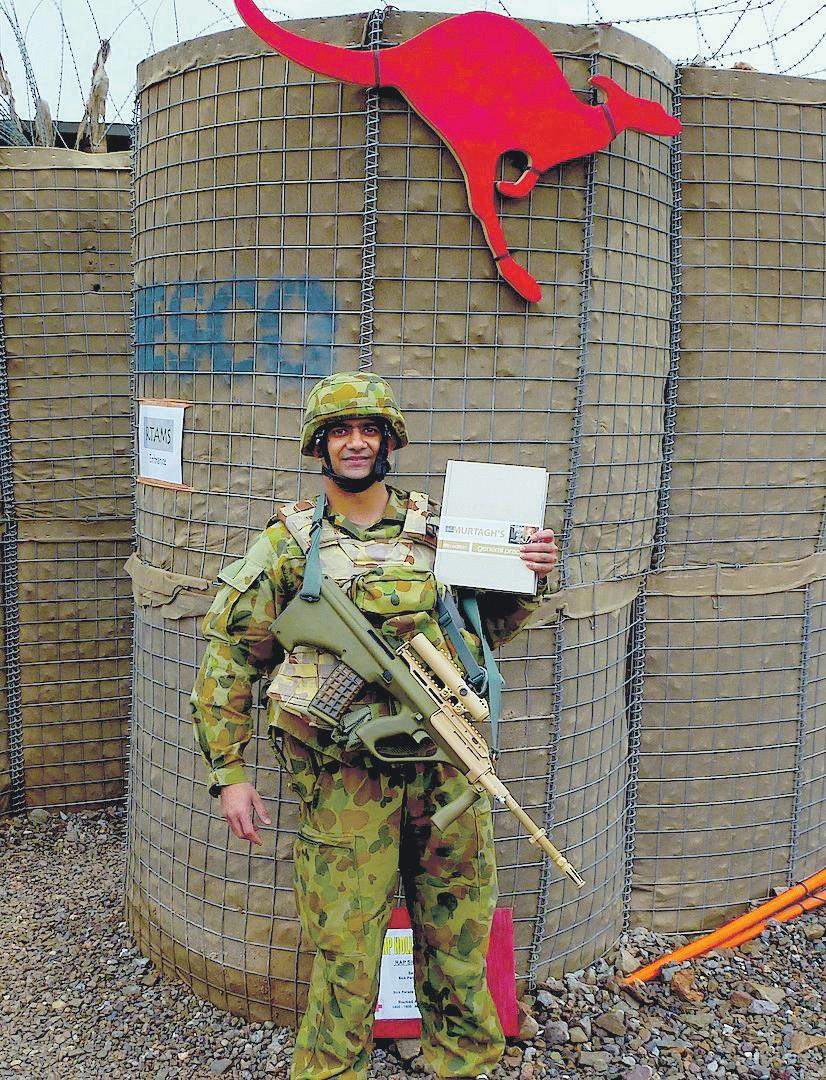
“My deployments gave me an enormous sense of adventure and a great opportunity to work with people from all walks of life,” said Capt Bhagat as he explained the reasons behind his readiness to work in this potentially hazardous environment. “I have always had a penchant for uniforms, it could be the influence of my grandfather who served in the Indian Army in World War II, or my relatives who chose the army as a profession.”
Being a Punjabi son, his inspiration comes from the Sikh Gurus, especially determination and the sense of sacrifice for others.
“It could also be due to the training I received as a cadet, in the prestigious Sainik School in Kapurthala, Punjab. I have always wanted to serve the nation. I migrated to Australia 12 years ago and went through the initial settling-in period, but I always knew I would end up in this uniform that is my pride and joy. It is my privilege to be able to the serve my adopted country both as a practicing doctor and as an Army Captain,” added Capt Bhagat with conviction.
“Like so many hard working Indians in Australia, our deeds bring respect to our motherland
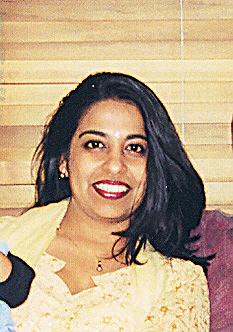
as well as the country we call our home now,” he stated.
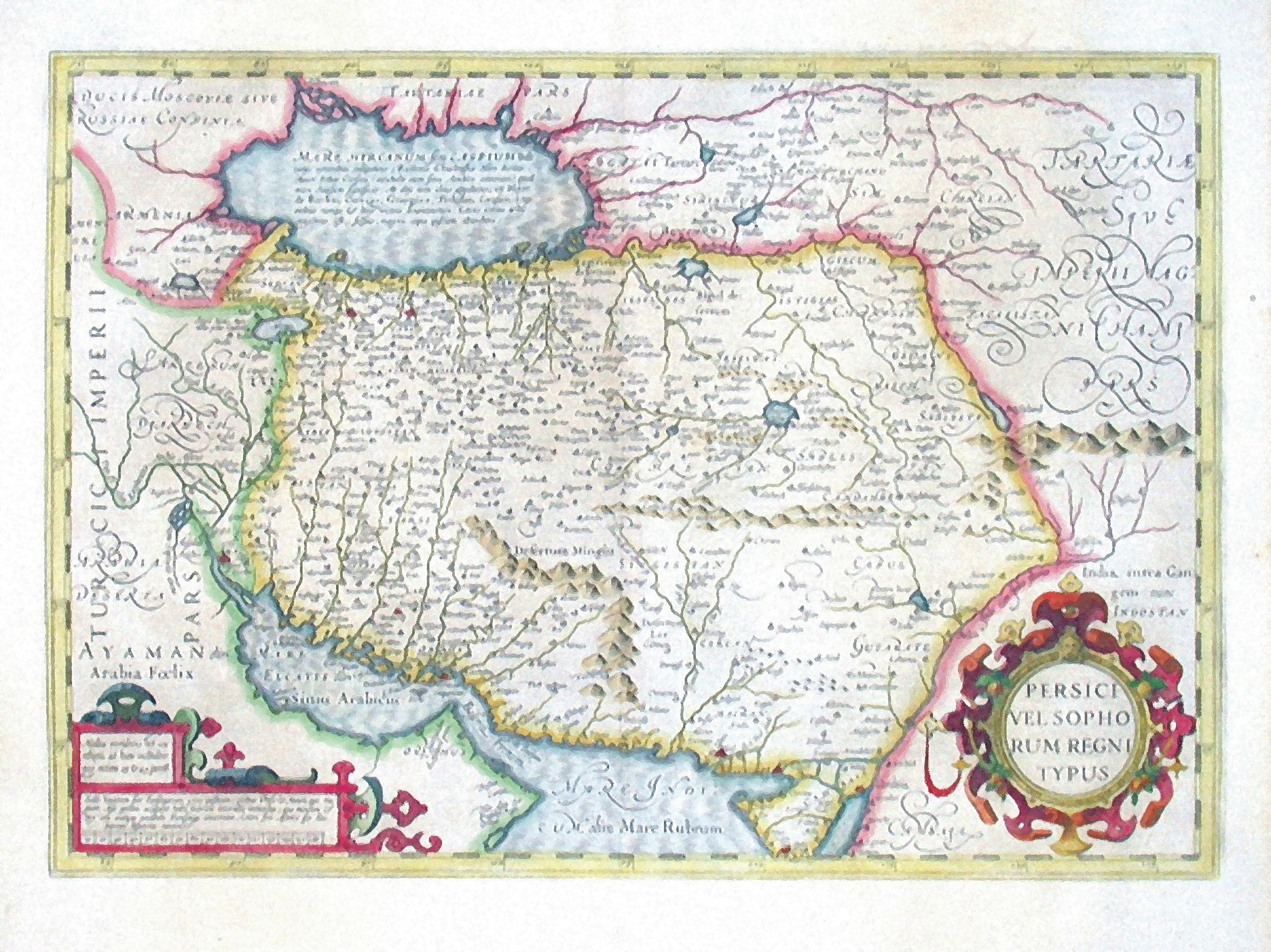
As I spoke to Capt Bhagat in the comfort of his lounge, he came across as an everyday family man who likes to play cricket with his two sons. As his story unfolded I saw the grit and determination that earned him the name ‘Rocket-Pocket’ from his army mates.
“Most of the men I work with are bigger and taller than me,” he said disarmingly, adding, “I am not in the least bit daunted by this, though! I have a very strong physical fitness regime that holds me in good stead along with a seriously competitive streak that I developed during my days in Sainik School. I tend to be the first to clear most of the obstacle courses designed to test us, hence the nickname”.
Capt Bhagat, who has just returned from the Middle East Area of Operation of the Australian Defence Force (ADF), hails from the state of Punjab in India. He was born in Jalandhar and went to a boarding school in Kapurthala at the age of 10, going through strict military regimental schooling for the next 7 years. After his schooling he completed his MBBS from Government Medical College in
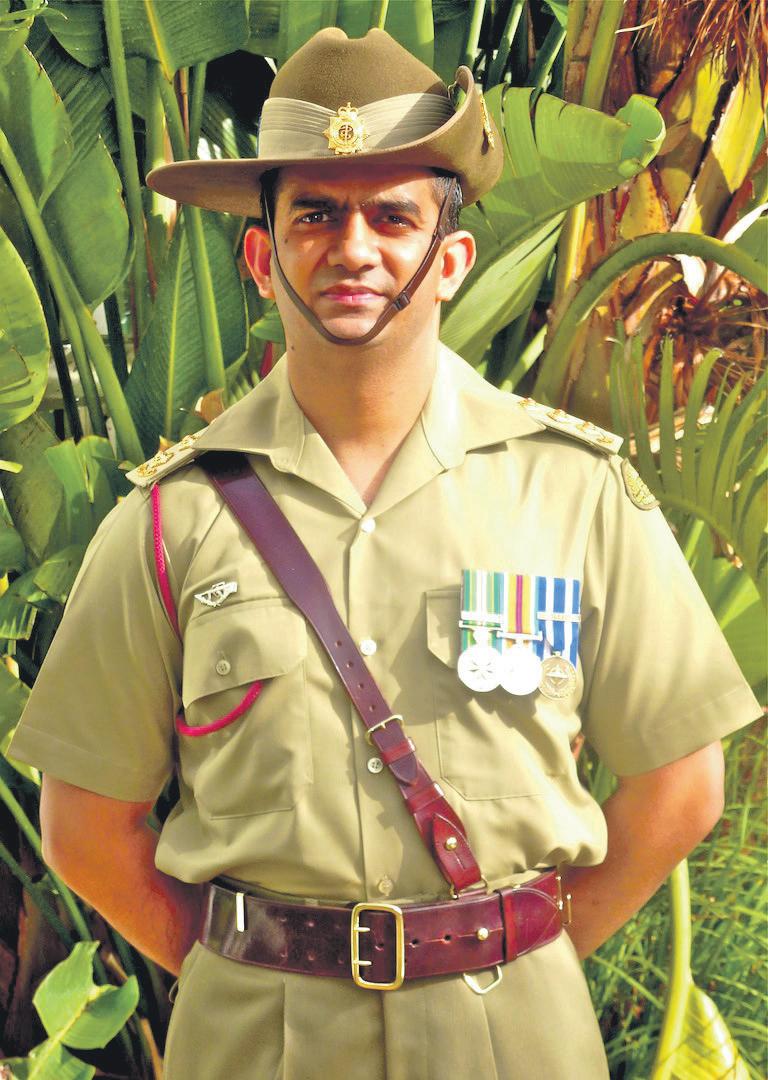
An enterprising doctor and inspirational individual carries forward the family legacy of bravery and honourPREETI JABBAL
Amritsar, and within five months of acquiring his medical degree, Capt Bhagat left India to live in Hamilton, New Zealand where his bride Harvinder (Rosy) had family connections. The young doctor was keen on doing medical research and Melbourne appealed to him as a place that offered more potential in the medical field as well as a multicultural environment.

Capt Bhagat completed his GP training and got his first break as an advanced academic registrar at Monash University, a prestigious funded position towards medical academics and research. He started his own practice in Drouin in West Gippsland. But as he always had a passion for caring for the frail and elderly, Capt Bhagat left general practice to undertake specialist physician training in palliative care.

“The more you do palliative care, the more you love it. It is a very noble and humbling experience. I got interested in palliative care after a visit to an aged care centre as a GP. There I met a 94-year-old man from Britain whose inspiring story changed my mindset,” he continued.
“This retired Major who had served in the British Army at Amritsar reminded me of my grandfather. The genuine wishes and blessings that you get from the people who are affected and their families are things that money can never buy,” shared Capt Bhagat who is currently working as a Consultant in Palliative Medicine-
Eastern Health and as a Sessional Primary Care Consultant in Dandenong Hospital ED.
Talking about his recent deployment in Afghanistan, Capt Bhagat claimed that bullets and bombs don’t discriminate.

“As a combat doctor, our skills are required to cure a common cold or simple ailment, to serious blast injuries. IEDs or home-made destructive devices cause injuries to everyone, including their own people. It is horrific to see the destruction especially when it affects local children and women,” said Capt Bhagat as he shared his personal encounters during his time in Tarin Kowt previously, and in the Middle East and Kabul recently.
With an impressive list of credentials to his name, Capt Bhagat was awarded the Australian Active Service Medal with International Coalition Against Terrorism (ICAT) Clasp, Afghanistan Campaign Medal and NATO Medal with International Security Assistance Force Clasp by the ADF between 2011-2012. Capt Bhagat has served on the board of Directors for The Royal Australian College of General Practitioners (RACGP) Victorian Faculty from 2006-2009, including as the chair of International Medical Graduates (IMGs) and Chair of New Fellows. He was also the Board Director of getGP (now called Southern GP Training) from 2006-2007. He was a board member of the YMCA (Victoria) Health and Medical Advisory Committee

since 2007, and is currently the Chair of Palliative Care Research Committee of Eastern Health (since mid-2011). He is also a member of VCOG Palliative Medicine Committee of Cancer Council Victoria.
Despite all these commitments, Capt Bhagat is also involved in improving the care of patients dying with advanced cancers in India, as a member of Australasia Palliative Link (APLI)’s Hamrahi Project. As part of their commitment to the cause, participating doctors provide free mentorship to Indian doctors caring for patients with advance cancers and illnesses in India. They also host visiting doctors from India to gain experience in managing pain management of advanced cancers.
When asked how he gets the time and energy to be involved with defence, medicine, altruism and still find time for his family, Capt Bhagat shrugs philosophically. “I believe in the ancient adage: ‘Do all the good you can, by all the means you can, in all the ways you can, in all the places you can, at all the times you can, to everyone you can’. As a doctor I am fortunate enough to be able to offer comfort, and as a defence personnel I am brave enough to stand against challenge and controversy. These to me are the ultimate measure of a man in uniform, and that is why if I am offered another opportunity to serve in Afghanistan the answer will be ‘yes’ all over again,” he says confidently.
“IEDs or home-made destructive devices cause injuries to everyone, including their own people. It is horrific to see the destruction especially when it affects local children and women”
“Most of the men I work with are bigger and taller than me. I am not in the least bit daunted by this, though! I have a very strong physical fitness regime that holds me in good stead along with a seriously competitive streak that I developed during my days in Sainik School. I tend to be the first to clear most of the obstacle courses designed to test us, hence the nickname ‘Rocket Pocket’. ”
“As a doctor I am fortunate enough to be able to offer comfort, and as a defence personnel I am brave enough to stand against challenge and controversy”
region yearning for top honours. And as relations between China and the US are unpredictable, India’s position is precarious. Varadarajan added, “India should deal with China and the US with confidence and strength, transforming this uncertainty into opportunity and dealing with both.”

The Australia India Institute (AII) founded in 2008 by the University of Melbourne, continues its endeavour in improving and enhancing a better understanding of India in Australia through research on subjects of mutual interest, and in bolstering relations between the two nations. It recently held a three-day conference (Oct 31 –Nov 2) titled ‘The Argumentative Indian: Critical Debates in the World’s Largest Democracy & Perspectives from Australia’, featuring a stellar list of scholars, analysts and politicians from both nations.
Among the distinguished attendees and speakers at the Sydney Myer Asia Centre were Mr Narendra Yadav, Member of the Planning Commission and the National Advisory Council, Government of India; Amartya Sen, Noble Prize winning economist; eminent journalists Siddharth Varadarajan, Sadanand Dhume and Ila Patnaik; various Government of India representatives, scholars, CEOs and University Vice Chancellors. Among the Australian speakers and scholars were Marsha Thomson, State Member for Footscray; and Fazal Rizvi from the University of Melbourne’s Education Department, and many others.
Kiran Bedi, renowned social activist and retired Indian Police Service official also attended, speaking at the gala dinner.
MK Narayanan, Governor of West Bengal is the former National Security Advisor to the Prime Minister and the winner of the Gusi Peace Prize in 2011.
Mr Narayanan’s discourse on India’s role in a booming Asia was enlightening.
Asia has witnessed a boom in economic prosperity in the last decade with China leading the way and posing a challenge to the USA as the next superpower. Along with affluent economies like Singapore and Japan, the region is now a destination worth cultivating. Amidst this resounding growth, India can play a significant role in sustained engagement with Asia. Narayanan noted, “The value and importance of India in Asia is pivotal to Asian integration.”
India has consistently aspired towards improving relations and economic prosperity by playing an active role in the South Asian Association for Regional Co-operation (SAARC), the Bangladesh China India Myanmar (BCIM) and the Indian Ocean Rim-Association for Regional Co-operation, to name a few. However, her relationship with China is sensitive as both nations vie for global superpower in their own inimitable manner; China adopts an authoritative approach while India is happy to hold dialogue when the need arises.
But India and China are constantly as loggerheads over energy sources and defence.
“India and China were destined to become rivals since both nations have a rich history with large democracies. Moreover, as China’s economy continues to soar, India looks unsettled and this only adds to the distrust between the two nations,” said Narayanan.
The enmity between India and Pakistan is another concern. “While India aspires to enhance relations with Pakistan, the country fails to lower its guard and refrains from changing their attitude,” he stated.
India’s links with Australia have improved considerably since 2000, with positive results in trade, mining, education, science and technology, IT and security. According to Narayanan, both countries can collectively enhance the prospects of the Asian economy. He firmly believes that the Indo-Oz bond can only get stronger in the future.
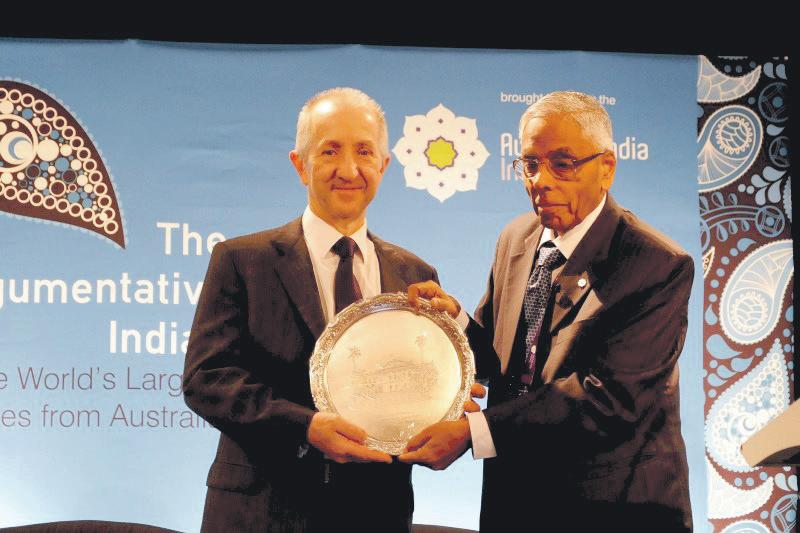
This session featured speakers such as Sadanand Dhume, writer/ journalist, American Enterprise Institute; David Malone, president, International Development Research Centre, Canada, rector elect, United Nations, Tokyo; Siddharth Varadarajan, editor, The Hindu; and Michael Wesley, strategic analyst, commentator.
All the speakers presented the India perspective, Wesley alone predicting the path Australia should take as the battle for global superpower rumbles on.
With India on the rise and actively engaged in improving foreign policy, what’s missing is strategic planning with foreign nations. Wesley believes that India should strive to improve ties with other nations and act cautiously, refraining from excessive involvement in conflicts of the world.
Varadarajan opined that India holds a dubious position, needlessly getting involved in most of the security concerns in the region. The situation in Asia is dynamic, yet imbalanced at the moment with big players in the
Malone’s views were contradicting in that he believes India’s primary concerns are internal and that the government needs to work on all-time national concerns such as poverty, education and health before making a heads-on approach to engage in foreign policy. He added that India is a nation that seeks self-interest first and that most of her policies are incompatible with the rest of the world. On summing up Malone said, “India’s quest for autonomy will continue.”
Wesley believes that the future of Australia depends on the future relationship between China and the US because China is an important trade partner and the US is a major security ally for Australia. He said, “As long as Australia can get along with these two superpowers, it’s fine; but if they clash, Australia would be in trouble.”
This lecture was spearheaded by Pratap Bhanu Mehta, president and chief executive, Centre for Policy Research, New Delhi.
In his attempt to define democracy from India’s perspective, Mehta said, “Democracy is a relatively conservative form of government”.
Today positive changes are evident in India’s political system, he noted, with the top-down approach giving way to a much more horizontal approach wherein participation, involvement and accountability are prevalent and effective. He was convinced that the nature and character of India’s global economic problems have changed for the good. On India’s growth despite the nation failing to weed out domestic issues, Mehta added, “No society has experienced so much growth with massive corruption.”
However, there seems to be a lack of intent in abiding by the rules and regulations. This is what Mehta referred to as the ‘gap between legitimacy and representation’. He said, “India continues to suffer from a lack of definitive formulation when it comes to handling problems.”
Poverty, lack of sanitation, poor infrastructure, and also the oppressive caste system and religious intolerance are issues India seems to be living with for eternity and they are the burden of democracy after 65 years.
This session featured Nandini Sundar, Professor of Sociology, Delhi School of Economics; Jay Panda, Indian MP; Andrew Robb AO, Chairman of the Coalition Policy Development Committee; and Marsha Thomson, Australian MP.
Prof Sundar observed that the media fails to provide deprived communities a voice, and goes all out to encourage regionalism. She said that nationalism is something India is confused about, adding, “Diversity is a source of Indian nationalism, something that should be embraced by everyone and not shunned.” She also drew an interesting parallel between the harsh treatment of Australian aborigines and Indian Adivasis, by their respective nations.
Representing the next generation of Indian politicians, the young and dynamic Jay exuded confidence. He called for an overhaul in some of the present government regulations, adding that the political class in India based on family dynasty and tradition needs to change. “Members of parliament need to given more power to make decisions to enforce change,” he stated. The current growth in India’s economy is similar to that of the US 100 years ago.
Andrew Robb claimed that the form of democracy that exists in Australia has served the nation very well, both culturally as well as structurally. “This is a lucky country blessed with a robust economy and an affluent lifestyle,” he said.
According to Marsha, politics has become an arena for triviality and amusement for the public. India and Australia have a lot in common, grappling with poverty, poor infrastructure and multiculturalism. However, the challenges faced by India are colossal because of its population. She also emphasized the fact that guidance is crucial to those who shoulder responsibility. “We must embrace change in a positive manner engaging in serious debate about responsibilities of both the government and the media and encourage the next generation to get involved”.
A compelling forum offers indepth analysis on the economic, social and political dynamics of Asia and AustraliaMK Narayanan, Governor of West Bengal, with Robert Johanson, Chairman of Australia India Institute


Cdemise shocked not just the Indian community, but also those in the mainstream who had connections with India. Dr Behera was respected for his dedication to his role and involvement with the community despite his relatively short tenure as Consul General. Several prominent individuals spoke to Indian Link, sharing their memories of this exemplary individual.

I join with the Premier and the
he met.
Dr Behera took on the post of Consul General of India in Melbourne in May 2011 at a time when the Indian community in Melbourne was facing many challenges. Upon his arrival Dr Behera wasted no time. He constituted a committee on student-related activities to assist newly arrived international students to deal with their initial transition.
He also announced a VictoriaIndia doctoral fellowship program to offer scholarships to Indian students to undertake their PhD studies. During my first meeting with Dr Behera he told me he needed to achieve three things during his term of office in Melbourne: to promote and encourage more cultural exchanges between Victoria and India; to increase trade and business opportunities; and to unite the community. He said, ‘My greatest challenge is to bring the community together’. He was aware that the number of Victorians of Indian heritage had doubled between 2006 and 2010 and the number of organisations had tripled. He said the challenge for him and the community was how to get them working together as one to ensure a brighter future for its children.
Dr Behera saw his role as more than just a consul general as he believed the Indian community as a whole had links and was already connected to India. He wanted to reach out and connect with mainstream Victorians. He wanted to engage the wider Victorian community in an on-going crosscultural exchange and dialogue. Dr Behera had a very simple message: to try to encourage as many Victorians as possible to
visit India and to experience, see and taste what India has to offer. He said to me that if people could not go to India, then he would try to bring India to Victoria. His passing is a painful loss for his family, for the Indian government, for Victoria’s Indian community and indeed for the wider community. I extend my condolences to Dr Behera’s family - his wife, Rajashree, his son Ananya, and daughter Amruta.
Rakesh V Kawra

Vice Consul (SCWO)
Consulate General of India
As the Vice Consul I worked closely with Dr. Behera since his appointment to Melbourne. He was a wonderful human being, easy to get along with and very approachable. He was very active within the community, with a great interest in culture and in promoting trade between India and Victoria. During his time the Australian Government sent the largest trade delegation to India.
Dr. Behera was always forthcoming with lots of new ideas. He wanted to do a lot of things within the community. The consulate generally has limited resources; yet he encouraged all those who worked with him to perform at their best.

He was down to earth, positive
and family oriented - a caring and considerate parent. His sudden passing away has resulted in a loss to the consulate and the community.

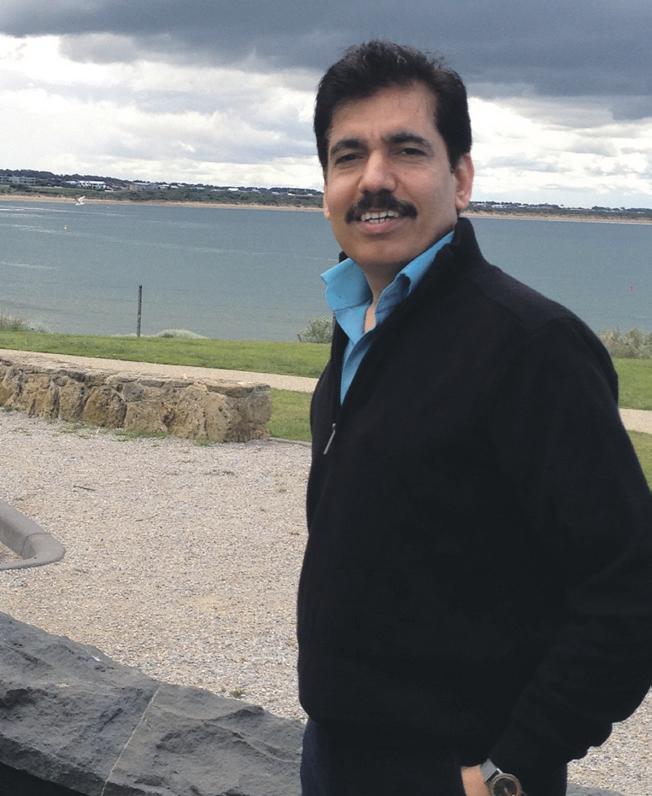
In the passing away of Dr Subhakanta Behera, the Consul General of India in Melbourne, India has lost a great diplomat, the Academy a true scholar, the world of culture a generous patron, Victoria’s Indian community a towering leader, the Australia India Institute a fierce supporter, and I, a close friend.
I have known Subhakanta for more than 25 years, from the days when he left Ravenshaw College in Orissa to join JNU in New Delhi. His simplicity was matched by his extraordinary scholarship and talent and his friendship was one of extraordinary loyalty and commitment. The Indian Civil Service exam is one of the most difficult in the world and the Indian Foreign Service recruits less than 30 officers every year out of up to 80,000 applicants. It was a tribute to Subhakanta’s scholarship that he was one of them, and served subsequently with distinction in Moscow, London, Washington, and as head
“I used to think that all mortgage brokers are the same.... until I met Swati” – Komal
of policy planning in New Delhi, before taking up his position as Consul General of India in Melbourne a year and half ago.
During these years in the Indian Foreign Service, Subhakanta did not give up his scholarly pursuits, a D.Phil. from Oxford, books, short stories, poems in English and Oriya and a collection recently translated into Hindi and another historical novel in press.
In the last year and half, Subhakanta provided leadership to the Consulate General’s office and to the Indian community more generally. Indeed, Subhakanta and Mrs. Rajashree Behera almost single handedly rejuvenated the Indian cultural scene in Victoria. Through this tribute we must also celebrate the life of a Renaissance person.
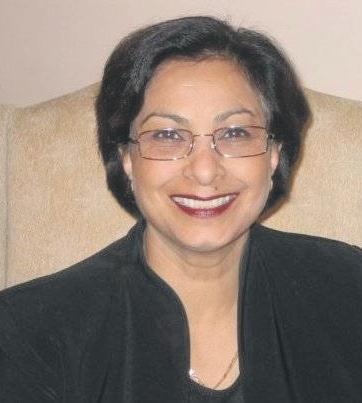
When I first met Dr Behera, I was surprised that someone who had just arrived from India was already well versed with the issues that were plaguing the Victorian Indian Community. Through regular weekly meeting and briefs, Dr Behera, from the outset, was very willing to be involved in every aspect of the Indian community
in Victoria. He was a patron of the arts, attending many concerts and working strongly alongside the FIAV to bring the Indian Music and Dance Festival into fruition.
Dr Behera had a way of bringing together individuals in the community to work towards a common goal. He always took a personal interest in community events and aided with many fundraising ventures. Dr Behera, in his position as Consul General, always gave back to the community, supporting many individuals and organisations in their attempts to help their community.
Dr Behera’s diplomatic and amicable nature and his vast knowledge made him a popular dinner companion amongst the community. After only a few very short hours with his wife and two children, it was very hard not to delve into a friendship with the Behera family. His devotion to his family was very inspirational. We will find it very hard to forget Dr Behera and he will always hold a special place in our and FIAV’s memory.
Muktesh Chibber Family Relationship Therapist
I met with Dr Shubhakanta Behera two days before his
untimely demise. We discussed a social issue that affects the community and he was very understanding and supportive. That is how I remember him: as a person who was dedicated and committed to his community and his family. He was greatly involved in the promotion of arts and culture. I remember when I first met him at a private dinner he recited his poetry with great passion for all the guests. His wife Rajashree always supported him in all their public appearances, both conducting themselves with charm and grace. I offer my deepest condolences to the family. The Indian community in Melbourne will always remember Dr. Behera as a diplomat and a gentleman.
Manoj Kumar
International Business Head at Ecotech Pty Ltd

When Dr. Behera was deputed to Melbourne there were bound to be comparisons with the previous Consul General Miss Anita Nayar who had made some efforts to bring the community together. Dr. Behera proved very quickly that he was not your typical bureaucrat; he was very social and well connected with people. He would attend every possible event big or small and he became familiar with
the community very quickly. Many people were genuinely emotionally attached to him as an admirable person. He was a family man and he took his family with him everywhere. He was down to earth and he tried to understand the pulse of the entire community and hear their voice. His passing away so early in life is very sad news.
Ravi Bhatia
President Australia-India Business Council (AIBC)
I met Dr. Behera and his family at a semi formal event and we hit it off very well. Our wives Madhu and Rajashree became very good friends. There were several catalysts instrumental in our friendship. We had similar personalities, interests and outlook on politics. We both took much interest in community affairs. I think we complemented each other very well.
As a person he was very approachable, humble and easy to get along with. He would always give you time and he went beyond what one would expect a diplomat to do. He actively took part in community activities, whether it was a cricket game or a formal awards ceremony. He attended every AIBC event whether big or small.
He had a role to play as a
Vasan Srinivasan

Muktesh Chibber
Manoj Kumar
Ravi Bhatia
diplomat, however he was fulfilling a higher goal that he had set for himself through his untiring involvement within the community. Madhu and I were very fortunate to have enjoyed the Beheras’ friendship. His untimely demise shows us how fragile life can be. We now need to ensure that at this difficult time his family gets every possible support from us.
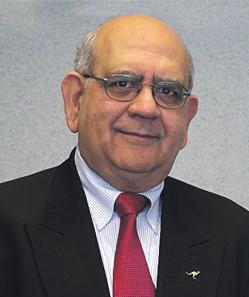

It was a great shock to learn about the sudden and untimely demise of Dr. Subhakanta Behera, the Consul General of India in Melbourne.
Dr. Behera was not only a friend and colleague for me, he was a constant source of inspiration because of his simplicity, humility and compassion. During his tenure in Melbourne, he endeavoured to create goodwill for India and Indians in Victoria and Tasmania, and played an important role, in his own right, in improving IndiaAustralia relations. His charming personality and willingness to assist all, endeared him greatly to the Indian community in Australia.
Compiled by Preeti Jabbal

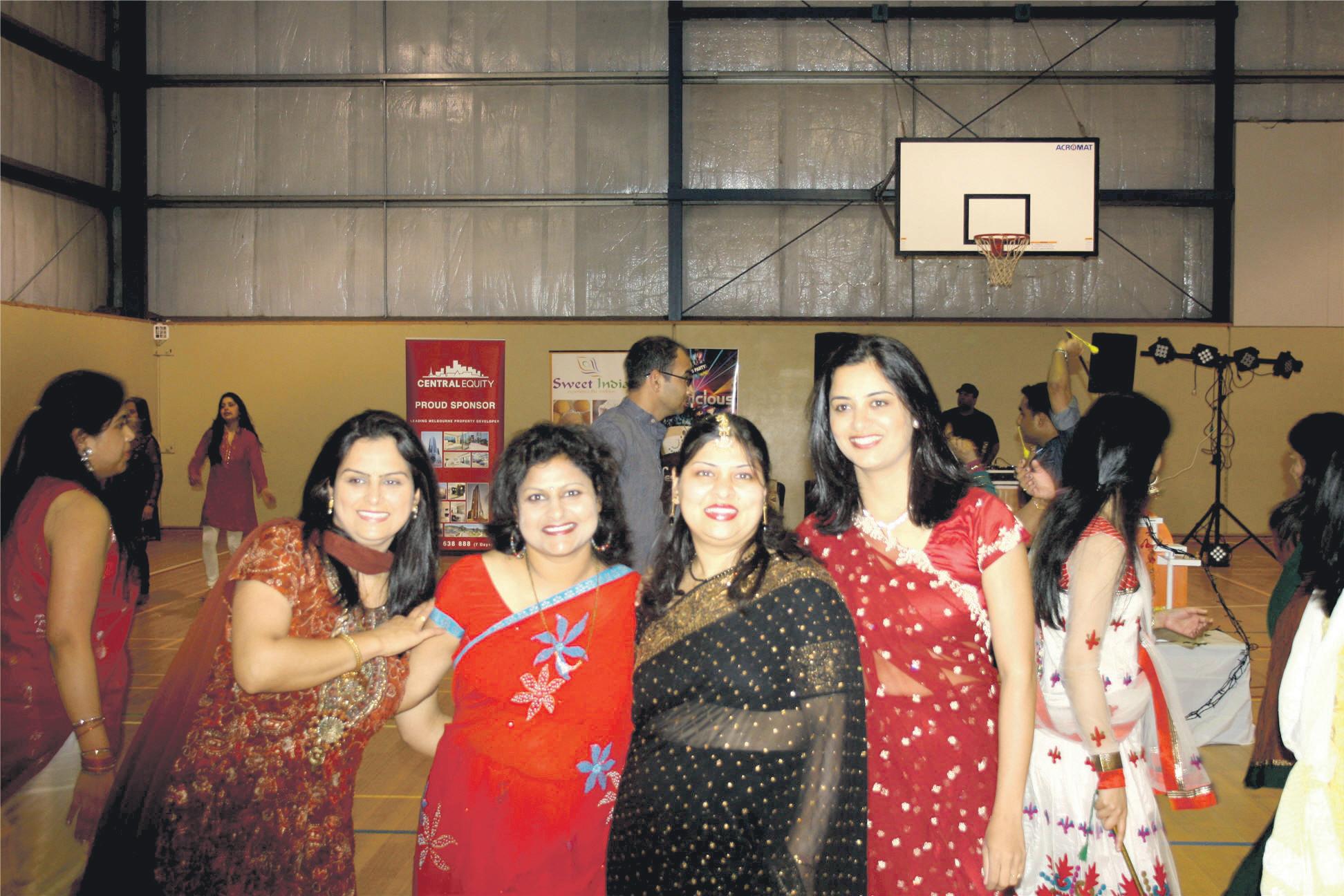
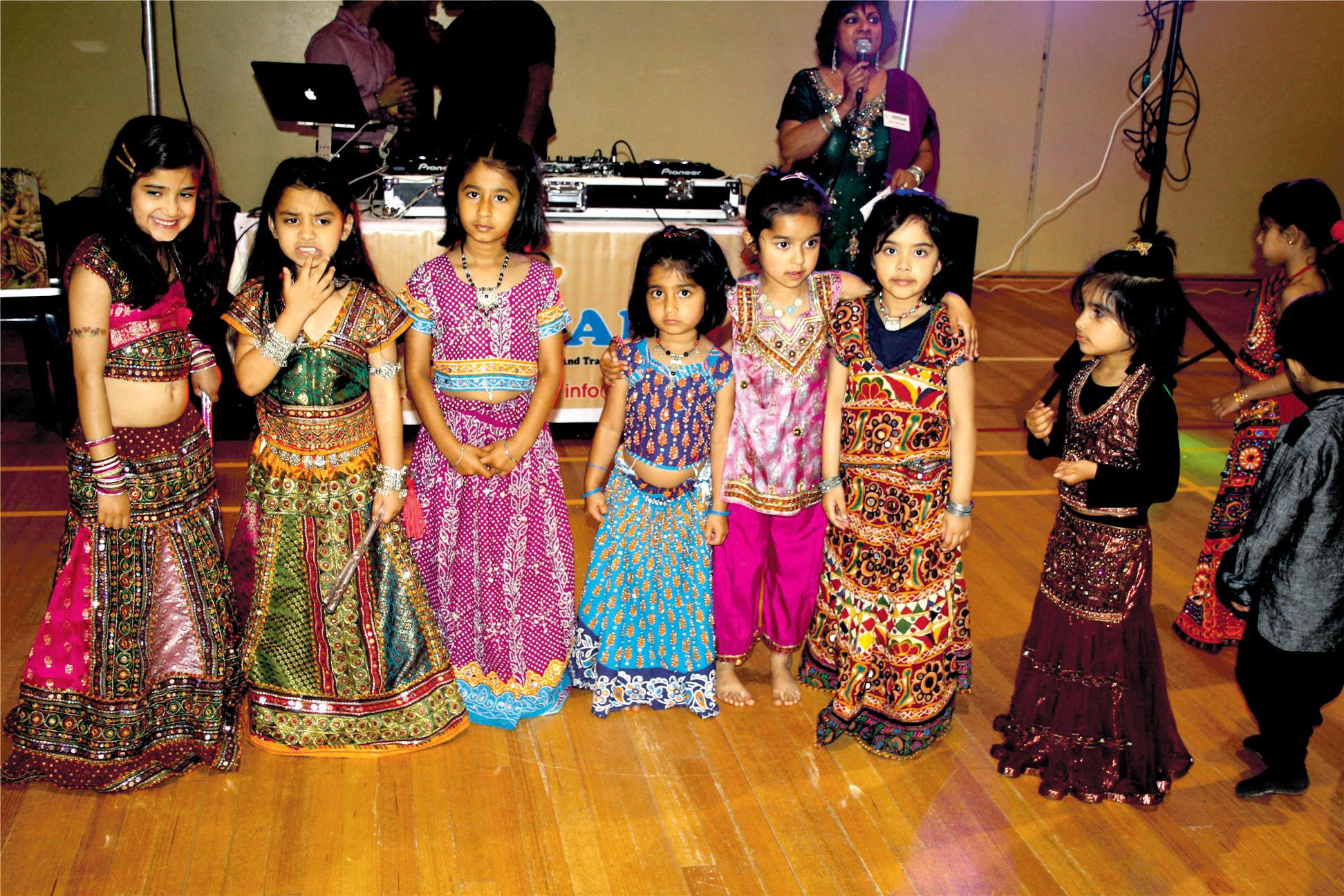
As daylight gave way to stage lights, the Carranballac College in Point Cook came alive recently, with shiny chaniya cholis, graceful kurtas and happy adults and children celebrating Navratri to trendy dandiya beats.
The evening witnessed kids as young as 4 months, young married couples and even our beloved senior citizens participating, an attendance of 270 in total. As always is the case with Sangam Community Association (SCA) events, this one was also planned to suit families with children. The dedicated Sangam team stood ready to welcome everyone at 6pm, with funky and traditional garba/raas tunes already playing. Patrons were treated to a complimentary pair of ‘dandiya’ sticks on arrival, with bright colours and embellished with small metallic bells. These delighted patrons, as was evident from the smiles on their faces and sparkle in their eyes.
On entering the venue, one’s attention was grabbed by the marvellously decorated and lit temple (handmade by an SCA committee member) enthroning the deity ‘Maa Amba’, which was surrounded by the traditional
fragrance of incense sticks. The scene instantly connected all to the religious aura around the celebration of Navratri, symbolising prosperity and victory of good over evil.
The SCA, known for its dynamic team and their attitude of doing events with a difference, brought another unique feature into this year’s dandiya celebrations that had never been done before.
The event had instructors from the renowned Shiamak Davar dance group to teach garba to novice patrons. This clearly set up the mood for enthusiastic dancers and non-dancers alike, who needed instruction in a few dance steps to help them join the party.
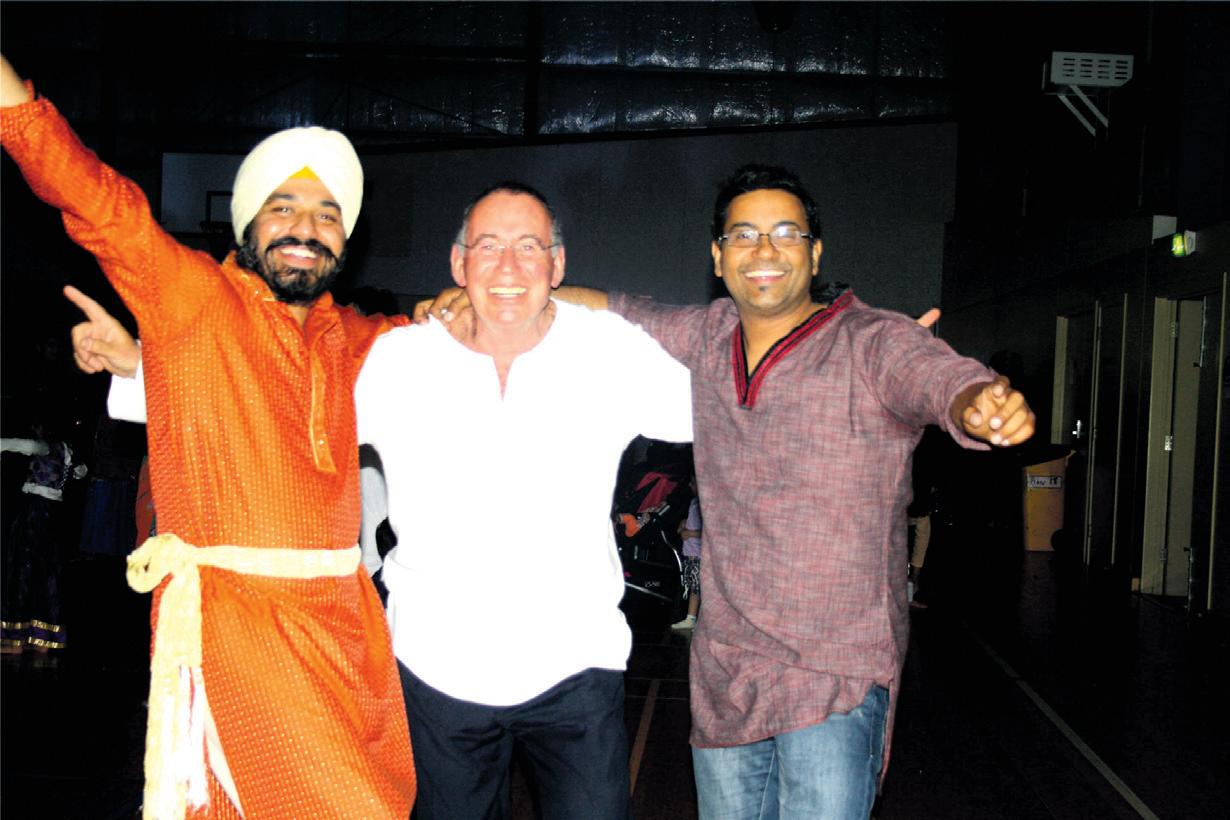
Kudos to the SCA team for their out of the box thinking.
The music from DJ R-Ya covered all time hits including ‘Dholida Dhol’, ‘Sanedo Sanedo’, among others. Traditional aarti was performed and everyone went into religious mode to receive blessings from Maa Amba, to conclude the garba/raas programme. The next session was as eagerly awaited, with patrols looking forward to shaking their legs, hands and bodies for the bhangra, one of the most popular dance forms from the North Indian state of Punjab.
Bhangra has become an iconic dance form representing Indians around the world.
Gurpreet Tuteja, president of SCA said, “The motive for organising this dandiya evening was to bring the younger generation closer to their culture and tradition. Moreover, they got to learn a traditional folk art which generally takes a backseat when these kids begin to learn dancing.” Said Allan Mendonsa who attended with his family and friends, “I missed the last event, but this one was great, I enjoyed
a taste of the season.” A resident from Point Cook stated, “I am very proud of the children who were dancing very gracefully. Thanks to Sangam Association for organizing these types of events to bring the community together.”
The event was concluded by thanking sponsors Central Equity Ltd, Keen to Clean, Sweet India, Coconut Lagoon and media partners.
Sangam Community Association, a not-for-profit organisation, has been serving
the community for more than a decade. Formed in 2001, Sangam has organised a variety of events such as ‘World on Stage’, a multicultural dance; Valentine’s dinner and dance; Trip on the Yarra; Diwali Mela; snow trip to Mt Buller; and many more in an attempt to bring together the community to celebrate our shared heritage, culture and tradition. For membership enquiries or information on upcoming events or volunteering support, email sangamassociation@yahoo. com.au
Sangeet Sandhya
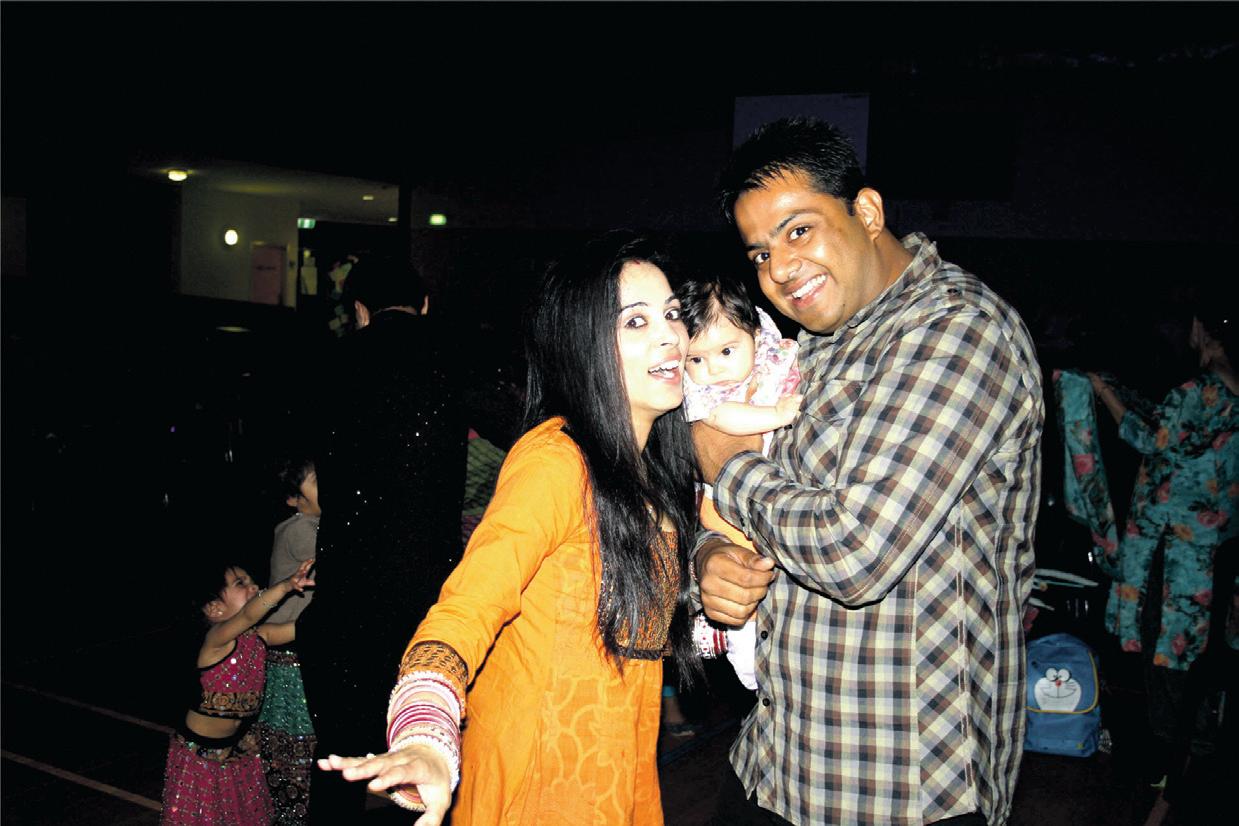
Saturday, 1 December, 8pm onwards at Waverley
Meadows Primary School, 11 Columbia Drive, Wheelers Hill, Vic (Melway: 71 G 11). Musical evening with special highlight of sitar performance by Radhey Shyam Gupta. Free entry with tea and coffee provided. Everyone is welcome to attend, feel free to bring your friends and participate in our music programme. Visit http://www. sharda.org/Events.htm or follow
us on facebook - http://www. facebook.com/SangeetSandhya
Contact Saurabh Mishra 0402
326 232 for more details
TiECon Australia 2012
Monday 3 December, Park Hyatt, East Melbourne. Seminar for entrepreneurs or those planning to become one. A new way to think about entrepreneurship. Only $400 for a potentially life-changing, full day conference with world class speakers. Register at
www.melbourne.tie.org. TiE is a not for profit organization that provides mentoring, networking and education opportunities to entrepreneurs.
FIAV Christmas and New Year celebration
Saturday, 15 December at 7pm (7:30pm start) at Tandoori Junction Indian Restauant, 29, Railway Pde, 10, Glen Waverley Vic 3150. FIAV presents their annual Christmas and New Year celebration dinner and
dance. Celebrate the past year, welcome the festive season and the new year ahead. 3 course dinner with drinks. RSVP by 10 December to rsvp@fiav.asn.au
Friends of the Children fundraiser dinner
16 February, 2013, 7pm onwards, at Richmond Town Hall, Bridge Rd, Richmond Mel way 2h B-6. Friends of the Children Foundation’s dinner and dance fundraising event. Cost $75pp, includes $30 tax
deductible. Donation recept issued. Includes beer/wine and A3 course meal.
Contact Jasbir Bedi on 0424245217 or visit www.friendsofthechildren.net
Walk for Children
24 February, 2013 at Jells Park, Oak Picnic area, Mel Ref 72 A-10. Fundraising walk for the Friends of the Children Foundation. For more details visit www.friendsofthechildren.net




His face reacted to the voice, his torso followed the lyricism of instrumental music, and his footwork followed the percussion. Sam Goraya’s Odissi dance performance, Samsara at Bharatalya Academy, Richmond on November 23 was one of those rare delights when a solo performer gives so generously and vividly of his talents. The agile dancer offered a performance in which he easily integrated music, movement and acting into a continuum of dancing.
Sam Goraya started learning Odissi at the age of five under the guidance of his mother Kirpal Kaur Goraya. His intrinsic talent flourished under the guidance of renowned Madhavi Mudgal at Gandharv Mahavidyalya. Sam left India in 1987 to study in the US and Canada, but continued his Odissi training. He migrated to Australia in 1992 and became
a disciple of the famous Dr Chandrabhanu. He is recently extending his repertoire with the help of his friend and colleague, Monica Singh. Sam has gained four masters degrees and a Ph.D in the field of Mathematics and Oceanography. He is currently the National Operations Manager at Telechoic (Optus).

Sam’s performance began without excessive preamble with the traditional Mangala Chanrnam, an invocatory homage to lord Vishnu. Sam specially dedicated this dance to Shakuntala Aneja, mother of his dear friend Sunila Forsyth, who passed away recently in Melbourne due to illness.
Originally choreographed by the renowned Odissi exponent Kelucharan Mahapatra, the Shantakaram Bhujanghashayanam marked the auspicious start to a recital that moved from strength to strength as the evening progressed. With unflagging stamina Sam articulated his movements
and revealed a strong feel for abhinaya. With a raised eyebrow, a mischievous smile, a flash of temper – several emotions were offered with seamless intensity as Sam moulded his body into expressive poses.
Sweating profusely due the exceptionally hot weather, a smiling Sam continued to offer a Pallavi giving life to the Orissan temple friezes through intricate movement. The Pallavi based on Raga Sahana Tala, Ekatali was choreographed by his guru Dr Chandrabhanu, who recently received the Nartaka Award 2012 in Kuala Lumpur, Malaysia for his lifetime achievement and contribution to Indian classical dance. Next came the Ardhanarishwara seeking a balance between the two energies of Ida and Pingala The co-existence of masculine and feminine was expressed as Sam fluidly shifted between Shiva’s Tandava energy and his wife Parvati’s soft Lasya energy. A short interval broke up
the segment, offering Sam the opportunity to change into yet another beautiful traditional Odissi dance costume, this time in majestic black. In his next performance, Sam evoked the characters of Radha and Krishna in Geeta Govinda Ashtapadi. Based on Jayadeva’s 11th century epic script that immortalized the love of Radha and Krishna, the Madhave Makuru gave Sam a chance to vividly describe the roles of Krishna, Radha and the gopis through gestures and nuance: his forte. The balance of his overall performance was undisputable; however he could benefit from more focus on holding his balance, unshakably, in poses that involve standing on one leg, which incidentally, is easier said than done.
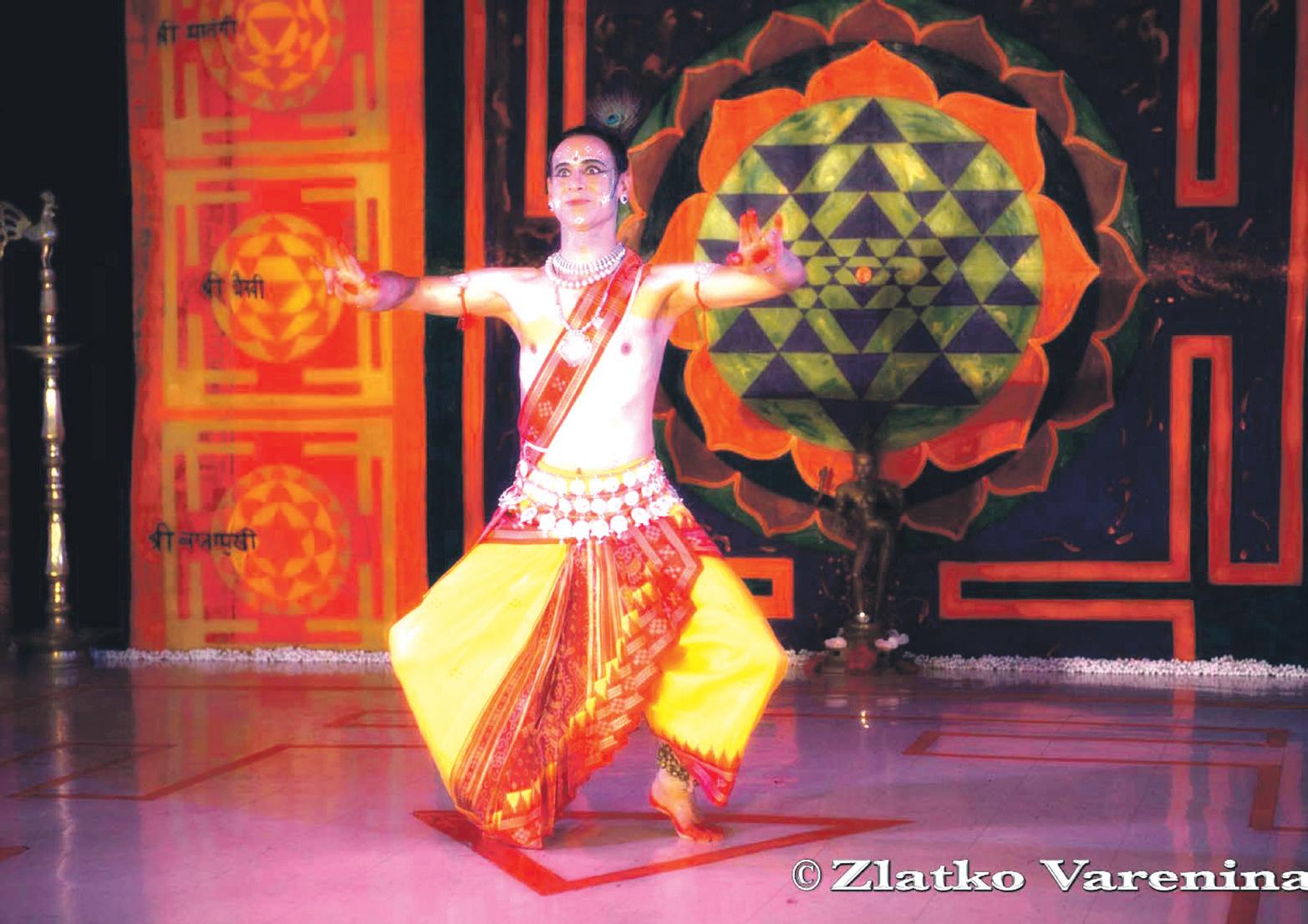
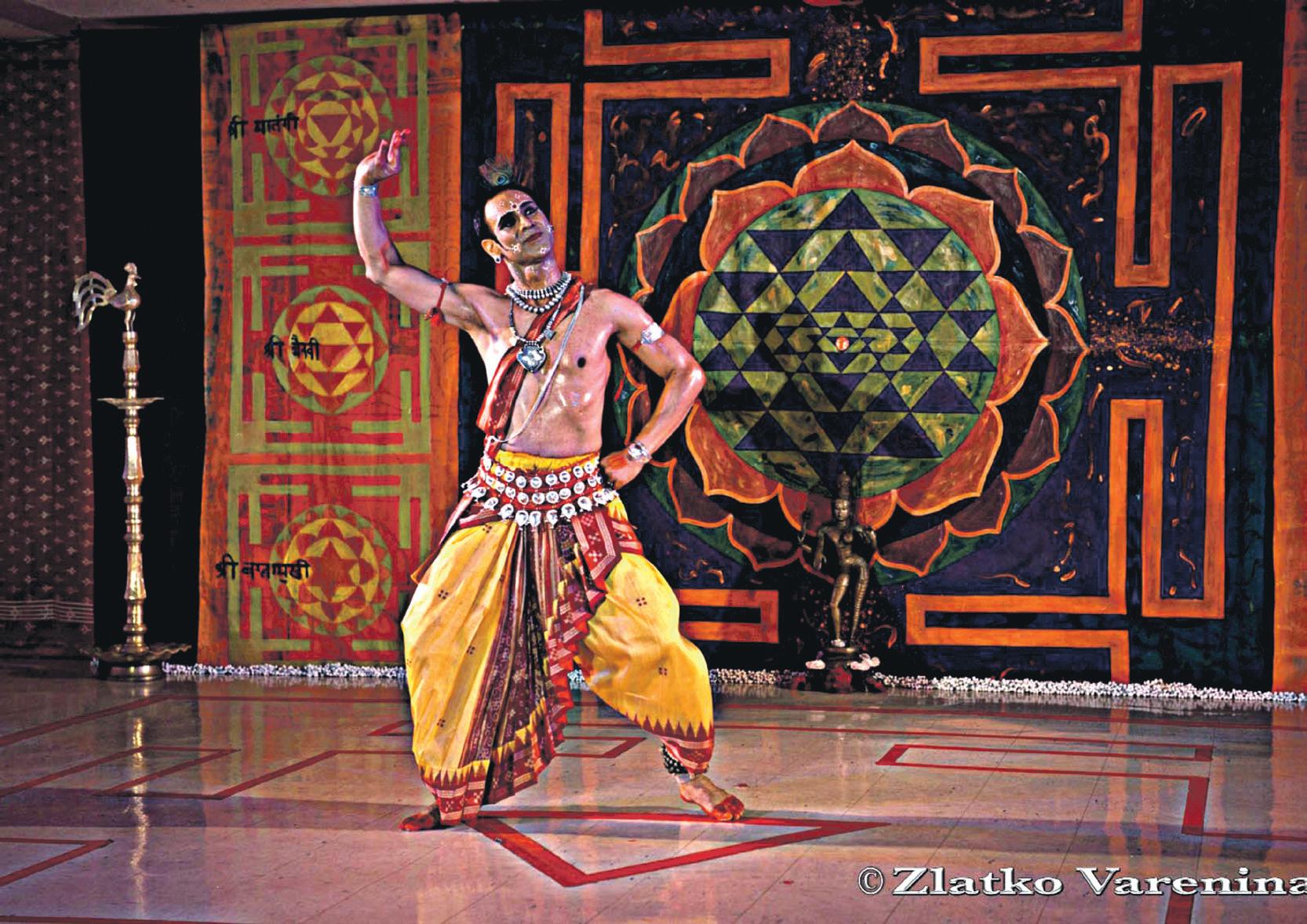
The last two segments came as a surprise as Sam, accompanied by Vikram Chin from Malaysia and S Sujeevan from Sri Lanka, performed to Aye Giri Nandini. The

trio had just returned from their performance in the Nartaka Dance Festival 2012 held in Malaysia in early November. Joined in Dance, organized by T Sutra Foundation and Natyanjali Trust (Chennai), offered people an exciting platform to experience the vigour and beauty of male dancers from different national backgrounds. The select audience of art lovers who attended Sam’s performance got a glimpse of the festival through the trio’s immaculate execution of Aye Giri Nandini, Moksha Nata and Sarva Mangala which express the achievement of release or salvation through dance. As the dancers shifted from prayer to ecstasy, to sudden, trancelike acquiescence, it was a memorable end to the evening. A standing ovation met the three dancers as they took the curtain call; a befitting applause for the impressive richness and complexity of their performance.
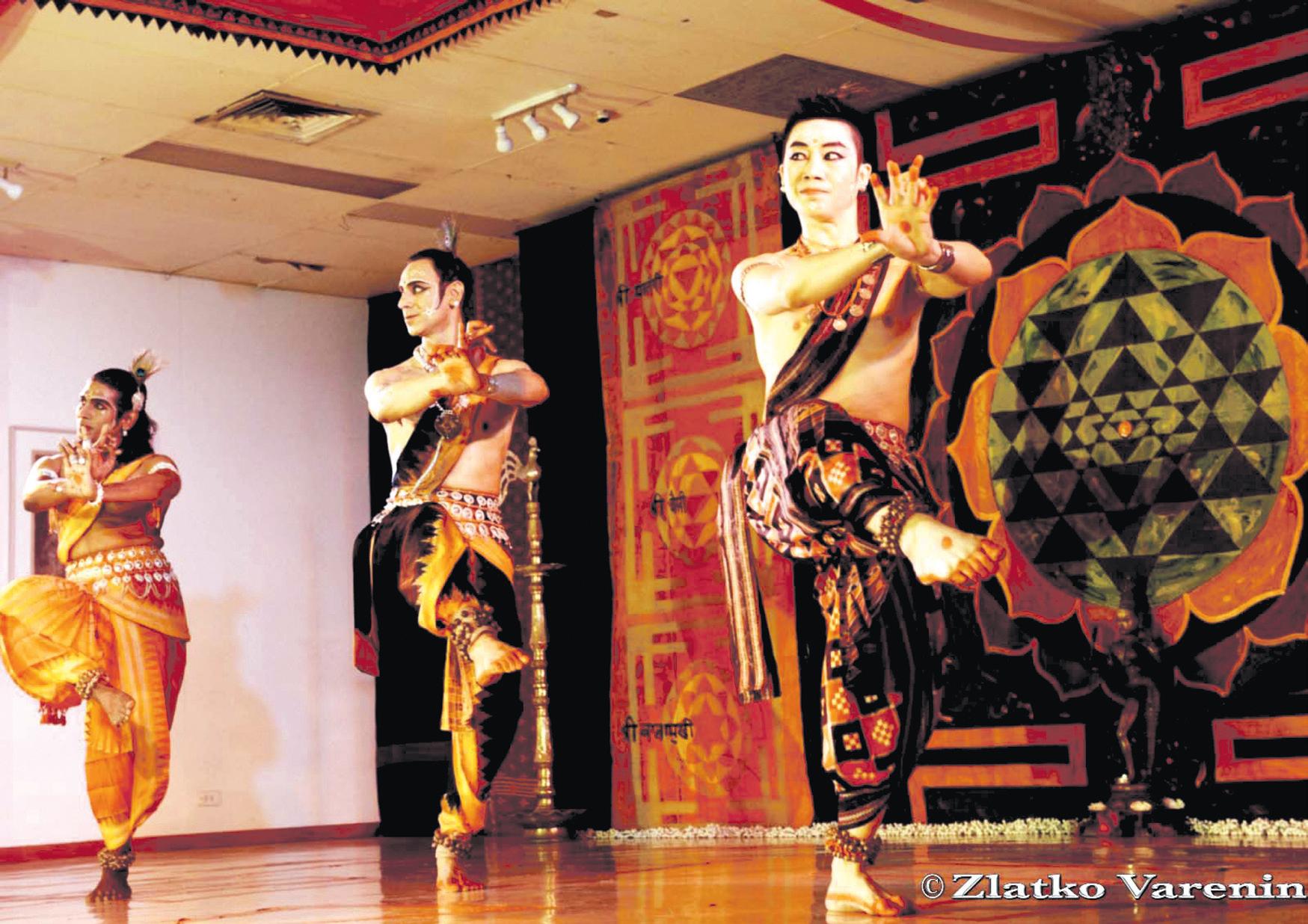 Preeti Jabbal
Preeti Jabbal
This splendid performance proved the mastery of these performers of classical OdissiPhotos: Zlatko Varenina Photography

Vasundhara Doraswamy’s bharatanatyam performance was held at the Karralyka Centre in Ringwood, as a FIAV fund-raiser to build a retirement home for the Indian community.
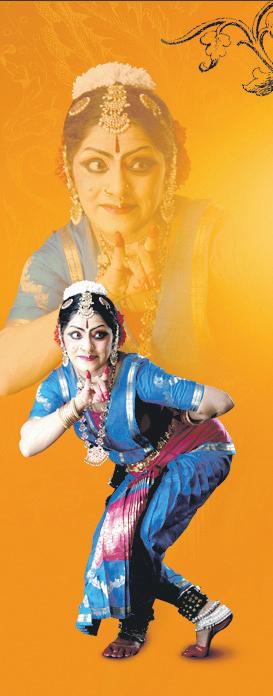

No one would have guessed that this danseuse is a sexagenarian from the way she performed a complete repertoire including a demanding varnam with complex adavus and theermanams; keertanams, an energetic thillana, and several other items. Every budding dancer in Melbourne should have been there to see what comprises a superlative, polished and professional bharatanatyam performance.
Smt Vasundhara has also learnt yoga from Sri Pattabhi Jois of Mysore and incorporates many yogic asanas into her dance.
Laya Vidya Centre held a special classical performance on November 17 at the Wellington Secondary College. It began with a concert by budding young artistes: vocal by Ramesh Shanmugasundaram of Sydney,
Roopa Das on the violin and Prashant Ramachandran on the mrudangam.
This was followed by a kuchipudi recital by Sonia Nair of Perth. Not often does one get to see kuchipudi in Australia, so it was a treat to see an accomplished kuchipudi artiste on stage in Melbourne. Sonia learnt bharatanatyam, mohini attam and kuchipudi, the latter being the dance form of her choice. She performed the whole range of a complete recital including the popular tarangam ‘Neela Megha shareera’, depicting the Leelas of Lord Krishna, followed by the segment where the dancer performed balancing on a brass plate with a pot of water balanced on the head. The ode to Shiva was an energetic dance and had the hallmarks of a typical kuchipudi style: the lilting footwork and joyous movements.
The live orchestra was a class act in itself with Melbourne’s own Smt Sundari Saripalli the main vocalist, accompanied by her
daughter Lalitha; Sridhar Chari on the mrudangam, accompanied by his disciple Venkat Ramakrishnan; Pallavi Susarla on nattuvangam; Anita Das on the violin and Ramya Madhavan on the veena.
The Ramakrishna Mission held a special fundraising event on November 11. The evening began with Sri Balashankar’s mrudangam solo, and he later accompanied the Iyer Brothers during their veena recital. Sri Balashankar is a visiting artiste from India.
The Iyer Brothers began with the popular bhairavi varnam, followed by the kriti ‘pranamamyaham’ . This was followed by a Dikshitar kriti in raga devagandhari, a soul-stirring piece of music; followed by yet another Dikshitar kriti in dharmavati and amritavarshini. Their karaharapriya raga rendition – the major piece of the evening – began with an elaborate raga alapana and ended in a cascade of swaras, with the melodious and evergreen Tyagaraja composition ‘Chakkaniraja’ placed like a jewel in the middle. It
dripped with bhava and captivated the entire audience, many of who were perhaps first-time listeners of a full carnatic music concert.
The Ramakrishna Vedanta Centre of Sydney’s Melbourne chapter is part of the worldwide Ramakrishna Math and Ramakrishna Mission which has at its core the spread of the message of the vedanta, bring about

religious harmony and peace. The Centre’s regular activities include daily Vesper services, weekly and monthly programmes such as discourses on the Bhagavad Gita by Swami Sridharananda, prayer meetings and group studies. These are held at 5-7 Angus Avenue, Ringwood East, Victoria 3135.
Chitra Sudarshan

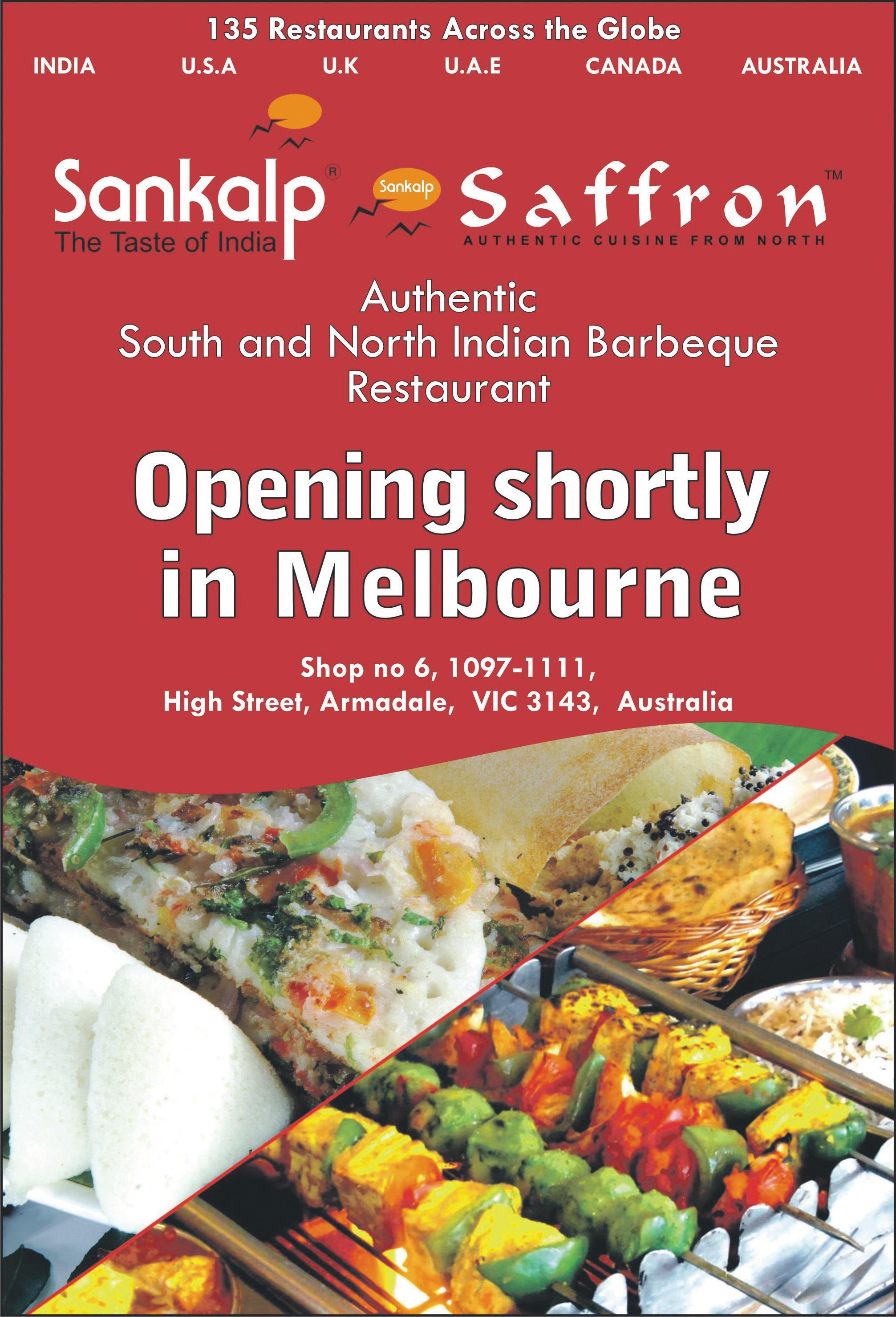
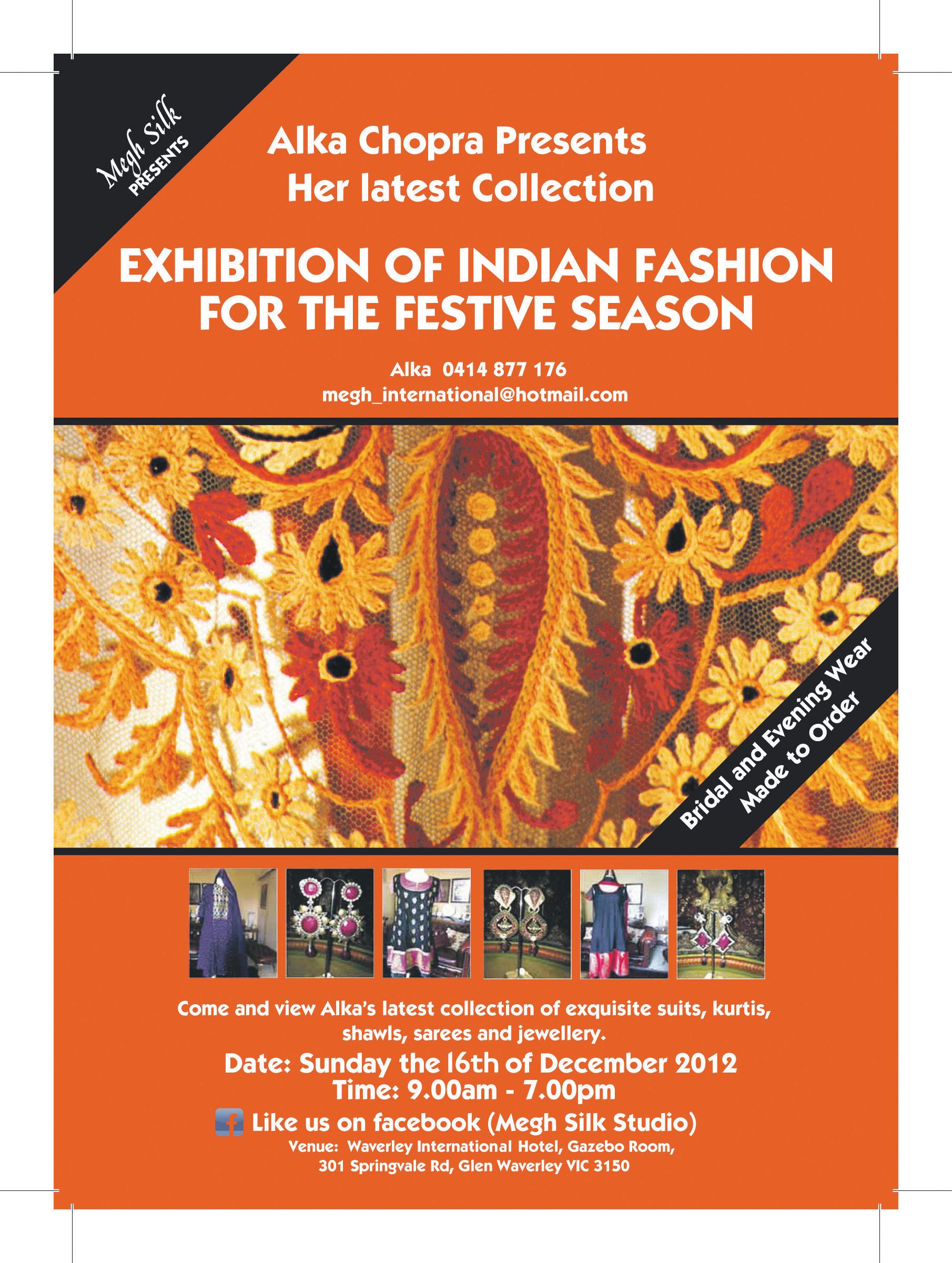

Last month renowned Tamil scholar Silamboli Chellapan visited Point Cook in Melbourne as a guest of Tamilar Inc. He presented a discourse on life, as indicated by Thirukkural, a Tamil heritage work which speaks about various aspects of the worldpolitics, education, poverty, security, forgiveness, hospitality, medicine, sex, family, among others.
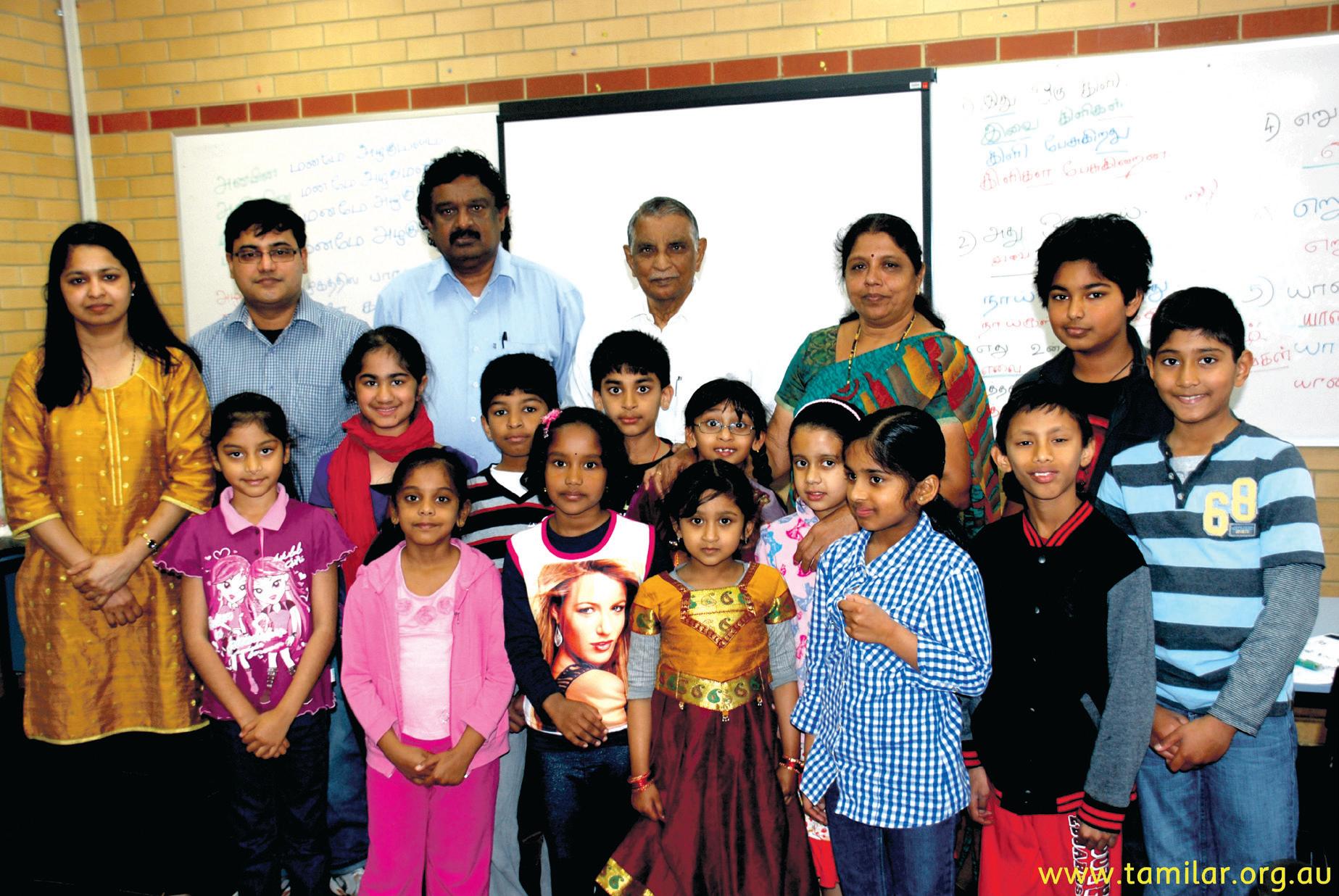
The event was attended by about 50 people.
Mr Chellapan cited many examples from Thirukkural that related to the lives of Tamil people during those times, and how they are still relevant. A Q&A session followed the discourse, which proved to be almost as interesting and entertaining as the main discourse. One of the questions related to the difference between Tamil spoken in Tamil Nadu and Sri Lanka, to which Mr Chellapan replied, “In terms of the alphabet used there is no difference whatsoever. The difference is merely in the accent and usage of some words, and is similar to the use of language in various regions in Tamil Nadu such as Kovai Tamil, Nellai Tamil, Madurai Tamil and (God forbid) Chennai Tamil”. Shankar, one of the attendees whose son Venkatesh attends Tamil classes, asked a pertinent question which drew assent from those present. “Fourth generation Chinese people in Australia seem
to talk to each other only in Chinese and use English only when speaking to people outside their community,” he said. “However, second generation Tamil people speak all other languages, but Tamil. We are on the verge of losing our culture and language, so how do we overcome this?”
“It is the parents who are to blame,” responded Mr Chellapan. “Where there is a will there is a way, so parents should make it a point to talk to their children in Tamil at least at home. One must respond to kids only when they talk in Tamil. Talk to them about the rich culture and unique heritage that Tamil people possess. Once children understand that their mother tongue is Tamil, and that this language is the medium of instruction in their home, they will pick it up”.
Mr Chellapan also spoke about the constant use of examples from North Indian literature rather than examples from Tamil literature. He cited the example of Ramba and Menaka immediately coming to mind when thinking of a woman with beauty abounding, but no one talks about Kolli Paavai who, in Tamil literature, is described as one of the most beautiful of women.
Maathalai Somu, a poet and writer based in Sydney suggested that if possible, children should be schooled in India for a year or two. He also shared his insight
into wordplay, making interesting comparisons between the use of letters in Tamil and English. It was an insightful and instructive discourse, which was enjoyed by those in attendance.
Earlier in the day Mr Chellapan, who had recently celebrated his 85th birthday, visited the Tamil School that is facilitated by Tamilar Inc, and conducted in Galvin Park Secondary College Werribee, under the auspices of the Victorian School of Languages. He interacted with the students and teachers, giving them valuable suggestions to make learning Tamil fun and interactive. He also patiently observed the students recite a few poems. Mr Chellapan praised the teachers and the volunteers of
Tamilar Inc, for the yeoman service they render to the Tamil community in Melbourne.
“Tamilar Inc, despite its recent inception, has made a huge difference in the Tamil community with a small number of dedicated volunteers. We aim to bring many more Tamil scholars to Melbourne to help preserve, protect and enrich our Tamil cultural heritage,” said Ganesh Jaygan, President of Tamiliar Inc.
Silamboli Chellapan is one of the foremost orators in Tamil, on Tamil literature, having written commentaries for over 1000 books. He has received many awards including Tamil Nadu Government’s Kalaimaamani
Award, Paavendar Award, Raajah Sir Muthiah Chettiar Award, Kamban Kalagam’s Tamil Saandror Award. He received the moniker ‘Silamboli’ (sound of the anklet) from Sethu Pilliai in 1954, due to his immense knowledge of Silapadikaram. Many of his books are studied in universities across the subcontinent.
Tamilar Inc, is a not-for-profit, apolitical, secular, community organisation based in Victoria. Founded in 2011, the organisation aims to protect, preserve and augment the classical Tamil language, tradition and culture within the community in Melbourne. For more information about joining Tamilar Inc email vanakkam@tamilar.org.au
Sri Velukkudi Krishnan Swami comes from a long tradition of religious scholars, and is well-known for his pravachans through the several programmes he has done on TV and in various live venues. He has travelled widely, giving religious discourses and representing Hindu dharma at world forums such as the World Religious Meet in Denver in 2001. His lectures on the Bhagawad Gita are awe-inspiring and moving and at the same time, imbued with a deep study and understanding. He is the son of the renowned Velukkudi Varadacharya, from whom he learnt the two main textual traditions of Srivaishnavism: the Prasthana traya and the Vaishnava Puranas in Sanskrit on the one hand; and the hymns of the Tamil Vaishnava saints, and commentaries on them by many acharyas (theologicans), on the other. Swami further increased his knowledge of the various Hindu theological traditions by attending
the Sanskrit College in Chennai where he learnt Nyaya, Mimamsa, etc., besides Vedanta Sri Krishnan Swamy has been particularly effective in reaching out to youth, expounding sacred texts in a style that is logical, lucid, and simple. To quote Swami: “Many feel that Bhakti is for the old. On the contrary, one should attain Atma Gnanam at a very young age like Prahalada The Bhagavad Gita is one text that should be read by everyone. Assimilating the content may be a difficult task initially, but constant reading will lead to eternal bliss.”
During the 5-day Gnana-yagna in Melbourne, he gave 2-hour discourses each morning and evening, addressing such subjects as the Bruhadaranyaka Upanishad, the Bhagawad Gita, the Nrsimha Avatar, the great contribution that Swami Ramanuja made to Sanatana Dharma, the great devotion/ bhakti to Krishna, among several others. The subjects included a whole gamut of Vaishnava and

Vedic theology and principles. The audience sat in rapt attention to his lucid, logical, step-by-step explanation of the most difficult concepts, ideas and theologies; his layered interpretation of the religious texts; his narration of
the simple story of the Nrsimha Avatar and the multitude of religious meanings that it conveys; the Tamil talks covered such subjects as the azhwars (Vaishnava saints) who lived between the 6th and 9th centuries, whose
outpourings of bhakti towards Mahavishnu were the earliest Indian bhakti literature in the vernacular. The series of talks was a veritable feast of religious ideas, theology, history, philosophy and bhakti, and an uplifting spiritual journey for those who attended the talks.
Sri Velukkudi Krishnan Swami has an unparalleled grasp of both Sanskrit smritis and shrutis, as well as the works of the great Tamil devotional poets and the commentaries on them by a long lineage of acharyas. In most societies, such a person would be revered as a ‘living national treasure’. However, those who seek the Truth and the spiritual will find a great spiritual giant in Krishnan Swami. Should anyone be interested in the talks given by Swami in Australia and New Zealand, they can access them by going to the website www. srivaishnavam.org.au of the Vedic Society of Victoria.
Chitra Sudarshan
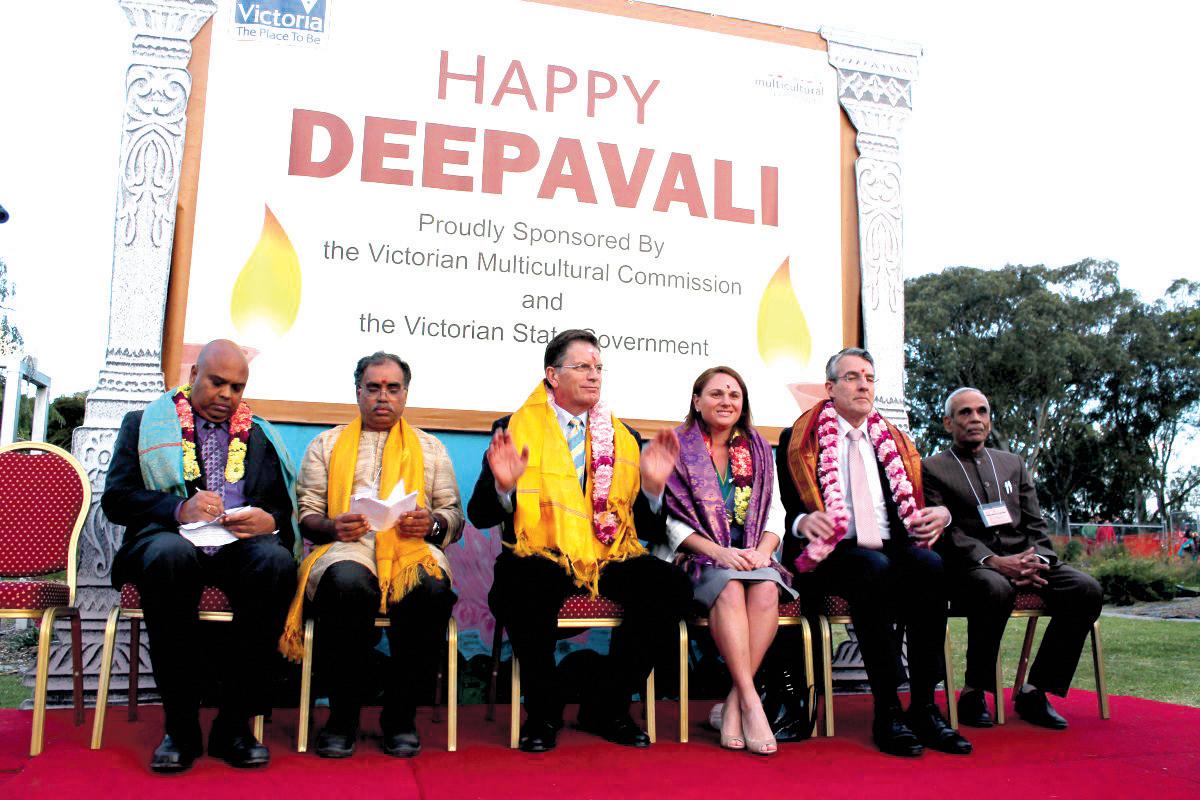
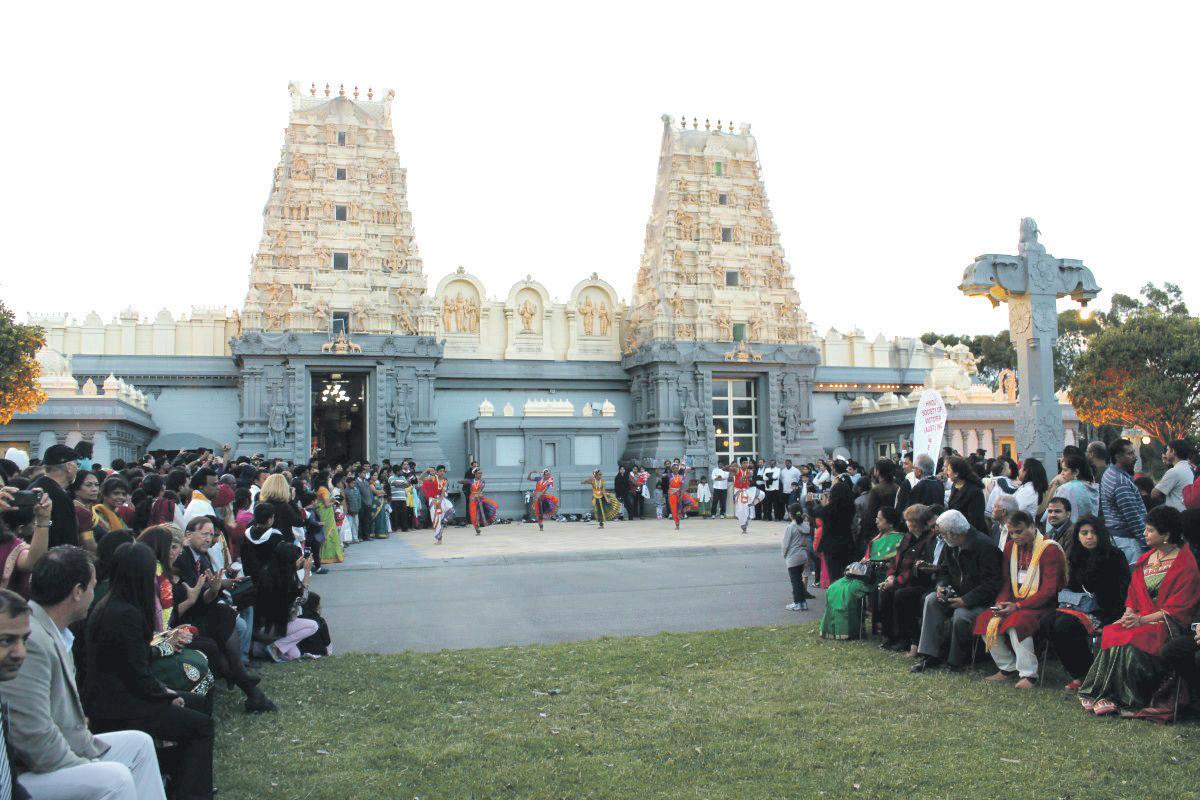
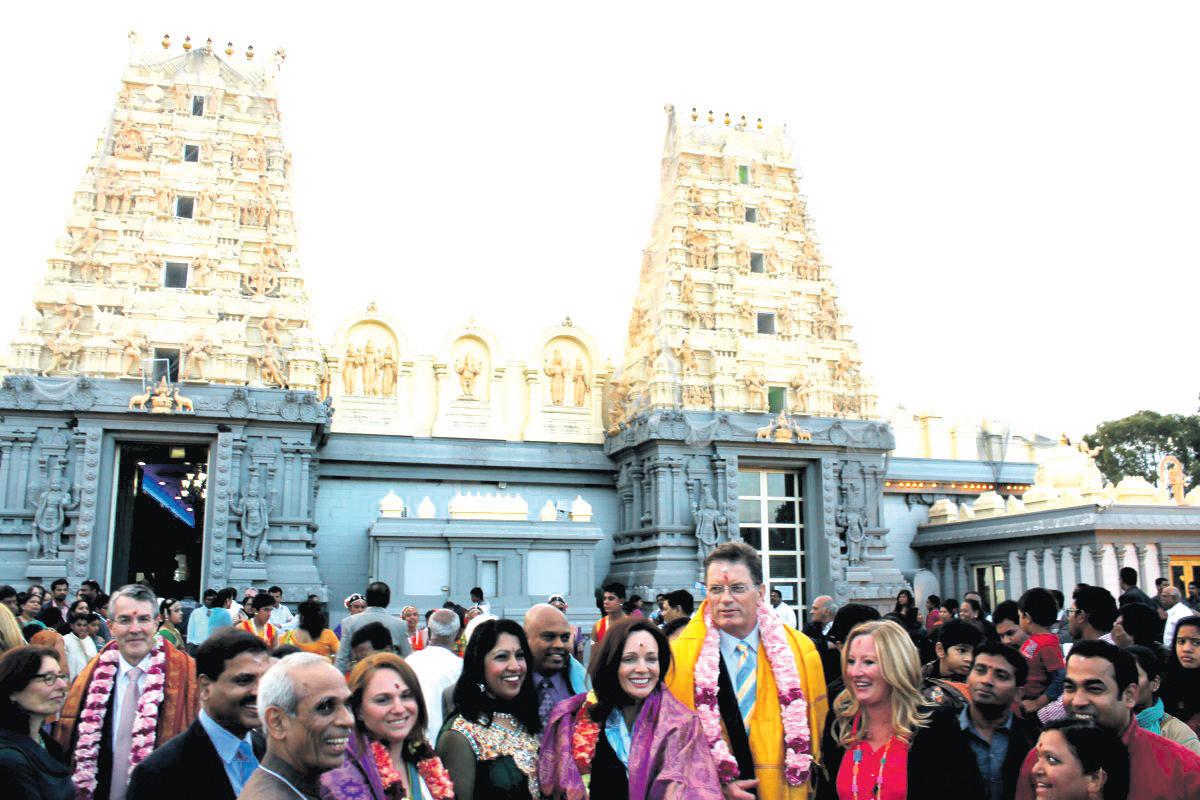
Hindu Society of Victoria (HSV)’s annual Diwali mela was celebrated with an eclectic mix of piety, festivity, fun and entertainment at the Shri Shiva Vishnu Temple at Carrum Downs. Once again, the event was well-organised and attended by about 5000 people, gathered together to celebrate Diwali, the festival of lights with pomp and splendour.
The event began with welcome addresses and speeches by visiting dignitaries including the Victorian state Premier Hon. Ted Baillieu and Mrs Baillieu; Mr Jude Perera,

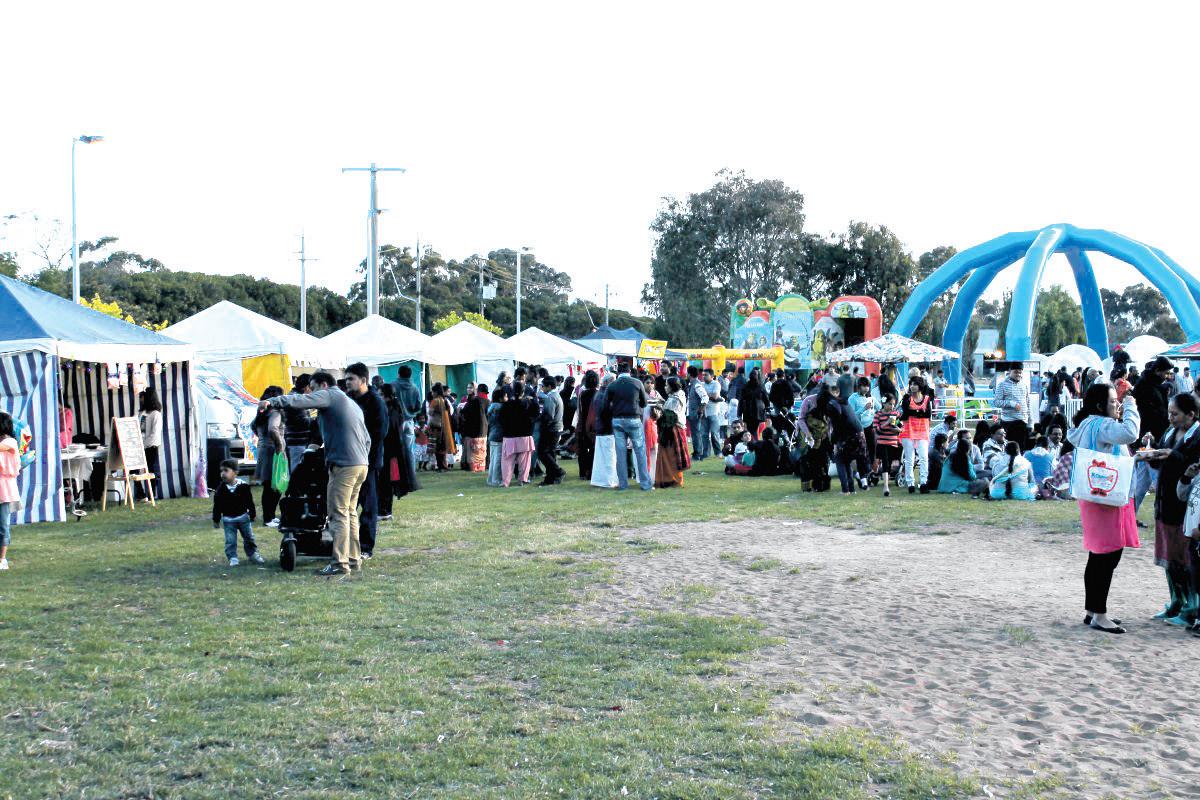
representing the leader of the opposition, Daniel Andrews; Mr Luke Donnellan, MP and state minister for Narre Warren North; Mrs Donna Bauer, state MP for Carrum; Mrs. Judith Graley, state MP for Narre Warren South; Mrs Inga Peulich, Parliamentary Secretary for Education, representing Minister Nicholas Kotsiras, Minister for Multicultural Affairs and Citizenship; Mr Hong Lim, Member for Clayton and Mr Geoff Shaw– Frankston MP. Also present was Mr Mark Dreyfus and Mr Anthony Bryne, representing the Federal Government.
Ms Jennifer Yang, Mayor of Mannigham, Councillor Geoff Ablett from the City of Casey and Ms. Sandra Mayer, Mayor of Frankston also attended. Among several prominent members of the Indian community was Mr Rakesh Kawra, Indian Consul (SCWO), who attended with his family. Following the official opening of the mela, it was time for the entertainer to take over, with performances that ranged throughout the day. From bhangra to Bollywood to classical, with skits and entertainers, the audience around the dais never flagged.
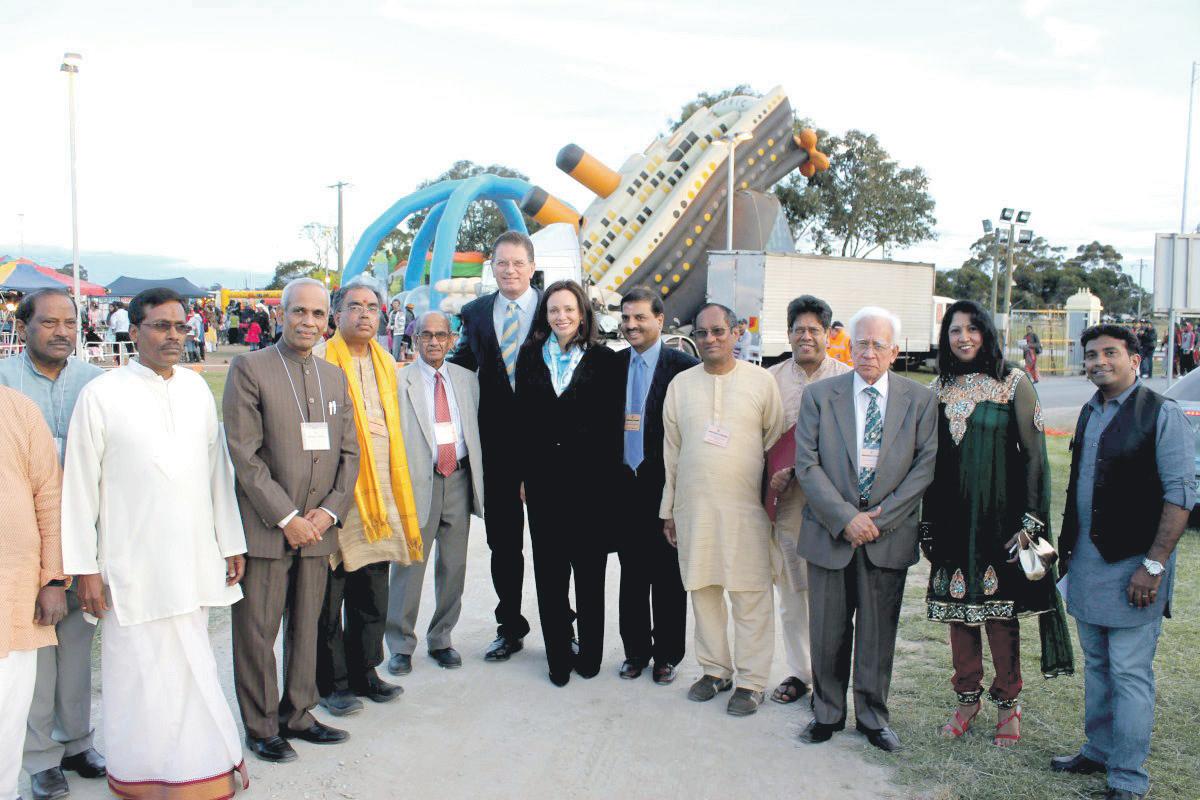
For those browsing around, stalls selling clothes, jewellery and services were a draw, as was the enticing aroma from different food stalls selling a large range of vegetarian food. The temple food stall itself sold idls, dosas, mixture and laddoos among other delicacies. Rides and games kept the children busy, and in remembrance of the festive season, the children were even allowed to light sparklers, under adult supervision.
“It was wonderful to see people enjoying themselves and getting into the festive spirit of Diwali,” said Raghu Pendyala, President
of HSV. “The HSV is proud to have organised such a successful event, and thanks all attendees and volunteers for making the day a success,” he added.
The event culminated with some spectacular fireworks at 8.45pm, after which special invitees adjourned to the new cultural centre for a special VIP dinner. Traffic to and from the event moved smoothly, thanks to SES traffic control and ample parking. HSV looks forward to the next Diwali mela with enthusiasm, after the resounding success of the 2012 event.
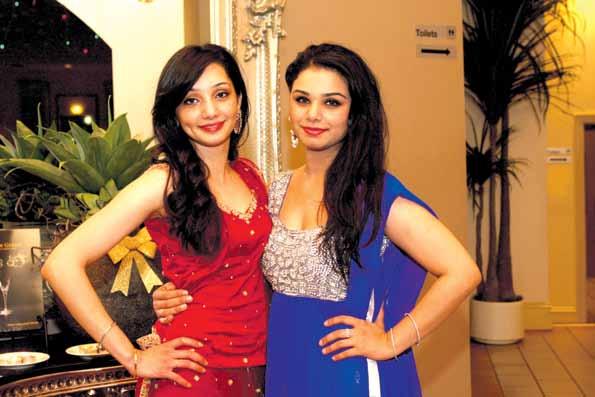
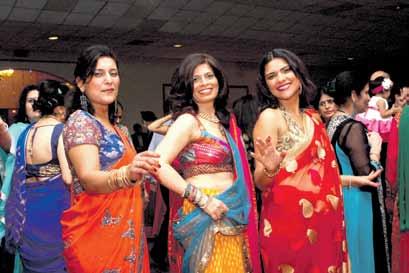

Is it safer to repackage a successful event and offer it again, or is it smarter to try new ways of engaging people? Organisations that hold annual events often go through this dilemma. Do we continue with a tried and tested formula or do we stick our neck out with something innovative?
At the Punjabi Club of Victoria’s (PCV) annual Diwali celebration this year, it was a bit of both. Something tried and something tempting was the format for the evening.

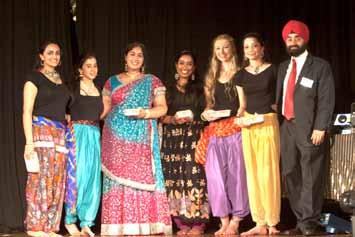
The event was held at the Grand on Cathies Lane like previous years, and the catering
was again provided by Tandoori Junction restaurant in Glen Waverley. Entertainment had a predominantly Punjabi slant like in the past, however with more emphasis this year on promoting young and upcoming talent. Young and beautiful Preet Panesar and Kudrat Gill took the guests through the performances. Most prominent were the dances choreographed by Nikita Chawla of BollyFunk Creations Dance and Drama school, Khalsa Punjabi School and the local Gidda group.
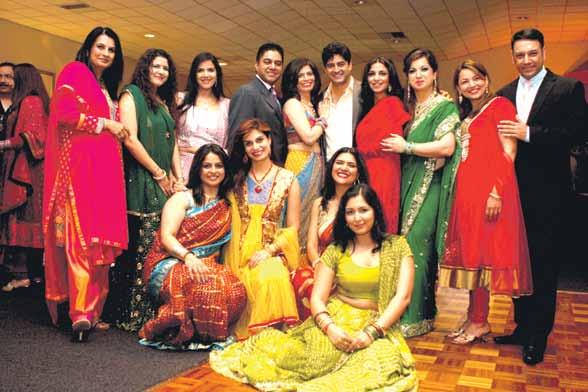
DJ Priya kept the vibe alive right up till the end of the evening. The professional fireworks display was swapped for a more interactive
session with the kids lighting the sparklers themselves. The main sponsor Pattu Group, sweetened the festivities further by generously offering a box of ‘ rolls or laddu) for everyone to take home after the event.
Tej Panesar, President of PCV claimed that the organisation’s committee volunteered many hours of their time over several months to plan and coordinate the event. “What seems like a few hours of social get-together is actually the result of a lot of effort and ideas. In a typically Punjabi fashion we like to celebrate life and every event, especially Diwali the festival of lights,” he said. As PCV
Krishna International, Pattu, Raine & Horne, Commonwealth Bank, Indian Link, RACV, Societa Cofica, Gally Imports, Alaiya De By Mona, Event Photography Melbourne and a host of other sponsors.
“The PCV committee is thankful to all the guests, sponsors, performers and well wishers who helped us to create this enjoyable event,” added Mr Panesar. When I came to Melbourne many years ago, Diwali was not
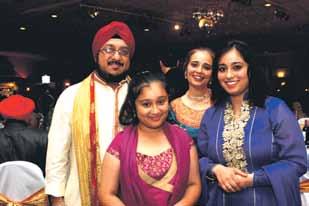
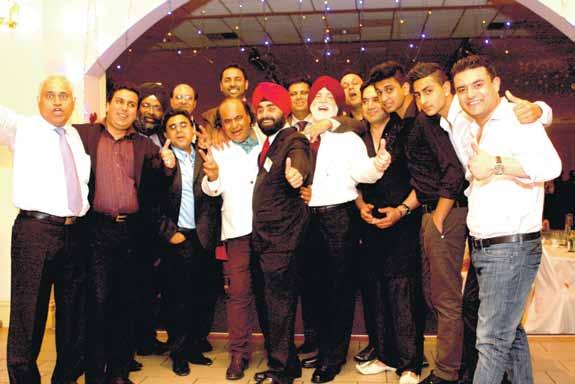
many different backgrounds, including non-Indians. The Diwali celebration has been described as a palpable import into the lives of innumerable Indian Australians. It has been over a decade since the PCV has put their collective hats together to involve the community and celebrate this major Indian festival. May the spirit in which PCV celebrates Diwali every year continue to delight the community, be it repackaged or refreshed.
Preeti Jabbal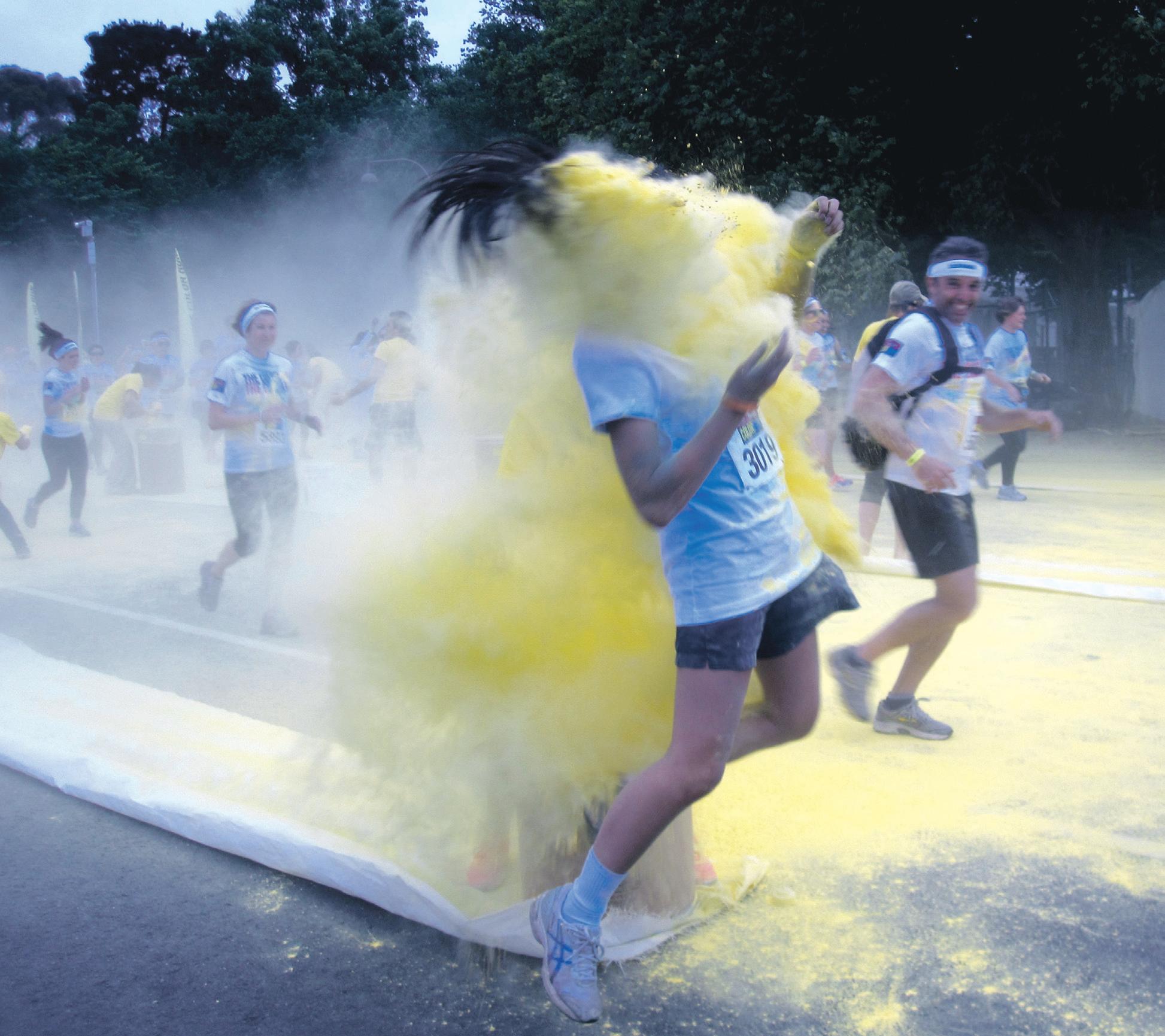
An awesome spectacle of fun, fitness, family and friends, has for the first time come to Australia. The Color Run series began in Arizona in the USA in January 2012, and instantly captured the imagination of the American public. Outside the USA, Australia is the first country to hold the event. The event’s colour concept pays homage to the popular Hindu celebration of Holi, which marks the beginning of spring. On November 25, Melbourne hosted the first Swisse Colour Fun Run in Australia, at Flemington Racecourse. Thousands of happy runners and walkers attended the sell-out event.
I was at the event and have never seen so many happy people running a course of 5kms. It was not a race; it was more like a festival or celebration. The run begins with a cloud of thousands of participants all dressed in white. As participants reach the first 1kilometre mark, the first of many stations of colour, blue powder gets thrown about. Music plays,
people laugh, and the run begins to evolve into a party. At each successive kilometre milestone, a new colour is disperse and at the end of the 5kms, runners pass the iconic Flemington Racecourse finishing post, with only colour covering their white outfits. But he event does not end as the finale continues with an extravaganza of music and more family-friendly fun and colour.
Holi is a well-known festival throughout the world, and people from all walks of life now celebrate the festival. Melbourne, the home of multiculturalism and many a festival, is a fitting place to host such an event which celebrates all types of people in all their colours. The event is inclusive of all ages and fitness levels, religions, abilities, backgrounds. And with the proceeds of the Melbourne event going to the Australian Paralympic Committee, this just reiterates this point.
Travis Snyder, founder of the event is a Salt Lake City man, who wanted to create an event that would be healthy, active and enjoyable, with a sense of

camaraderie and a memorable element of something out of the ordinary. Over 1 million runners of all fitness levels have participated in this fun event, experiencing a sort of visual reward for their efforts, as well as the usual health benefits of exercise. Their efforts also benefit others through their entry fee contribution, which goes to the Celebrate Life foundation.
The Swisse Colour Run 2012 raised over $70,000 for the Australian Paralympic Committee. Fitting ambassadors of the Melbourne event included athletes Shelly Chaplin and Leanne Del Torso; both represented Australia in wheelchair basketball at the recent Paralympics. Other celebrity athletes who participated were swimmer Libby Trickett and Australian Rules football players, Scott Pendlebury of Collingwood and Josh Gibson of Hawthorn. Sydney and Perth are next to host the event in February with other cities in Australia to follow. For more information about the Swisse Colour Run visit http:// thecolorrun.com/australia/ Leanne Woodward


Mumbai remembers 26/11 victims on attack’s 4th anniversary
Mumbai paused in its busy tracks on November 26 to remember the 166 people who fell to the indiscriminate bullets of 10 Pakistani terrorists during a 60-hour siege, India’s most wounding terrorist attack, that began on this day four years ago.
Brief commemorative events were held at the Chhatrapati Shivaji Terminus, the Taj Mahal Palace and Tower hotel, the Oberoi Trident, Leopold Cafe and the Nariman House, some of Mumbai’s most loved landmarks that were targeted by the 10 terrorists who sneaked into the megacity on the night of Nov 26, 2008, through the Arabian Sea route and landed at Colaba.
The main function to remember the martyrs and victims of the terror strike, which began on Nov 26, 2008, and continued till the afternoon of Nov 29, was held at the Mumbai Police Gymkhana at Chowpatty where a permanent 26/11 memorial has been erected.
Maharashtra Governor K. Sankaranarayanan, Chief Minister Prithviraj Chavan, union Agriculture Minister Sharad Pawar and union Home Minister Sushilkumar Shinde laid wreaths and offered their homage at the memorial.
With them were Maharashtra Home Minister R.R. Patil, Minister of State for Home Satej Patil, Mumbai Police Commissioner Satyapal Singh and other dignitaries who too offered floral tributes.
The family members and relatives of the martyred policemen and security personnel as also of other victims of the terror attacks, and some of the survivors were also present on the occasion.
On Nov 21, Ajmal Amir Kasab, the sole Pakistani terrorist caught alive during the mayhem, was hanged in a Pune jail, offering a new solace to Mumbaikars as they observed the fourth anniversary.
The terrorists had launched war on India’s financial capital for 60 hours, killing 166 and injuring around 300 people even as combined security forces battled them and managed to gun down nine. One, Kasab, was caught alive.
As in the past, it was business as usual at the two high-profile commercial targetsthe Taj and the Trident.
In fact, the iconic Taj Mahal Palace and Tower hotel, just across the road from the Gateway of India, had bounced back to normalcy within a few weeks after the terror attacks four years ago, said an official from the hotel who declined to be identified. Shortly thereafter, even the Trident had become operational.
Over the past four years, in an act of solidarity and thumbing their noses at terror, both hotels, barely a couple of kilometres apart, have seen top national and international VVIPs either visiting or staying there during their trips to Mumbai.
These included US President Barack Obama, US Secretary of State Hillary Clinton, Indian Prime Minister Manmohan Singh and many other international personalities.
Over the past four years, both hotels have remained the top favourite venue for various national and international conferences, business summits and lavish weddings, though security measures have been considerably tightened.
Security measures in the city have been considerably beefed up four years since
26/11 and top officials claim Mumbai is “a lot safer and secure”.
“There are now CCTVs installed at all major public places, road junctions, important buildings, many railway stations, bus depots and other vital installations. At times, some may not work due to technical snags, but it is handled at the highest levels and rectified as soon as possible,” said a top state home department official, requesting not to be identified.
However, the official categorically refused to disclose the total number of electronic eyes watching over the city and cited “security reasons” for that.
Justifying the contention, the official said since 26/11 only one terror incident has taken place in the city - the July 13, 2011, triple serial blasts in south-central Mumbai which left 21 dead.
Elsewhere in the state too, there was only - the Feb 13, 2010 - Pune German Bakery blast with 17 casualties.
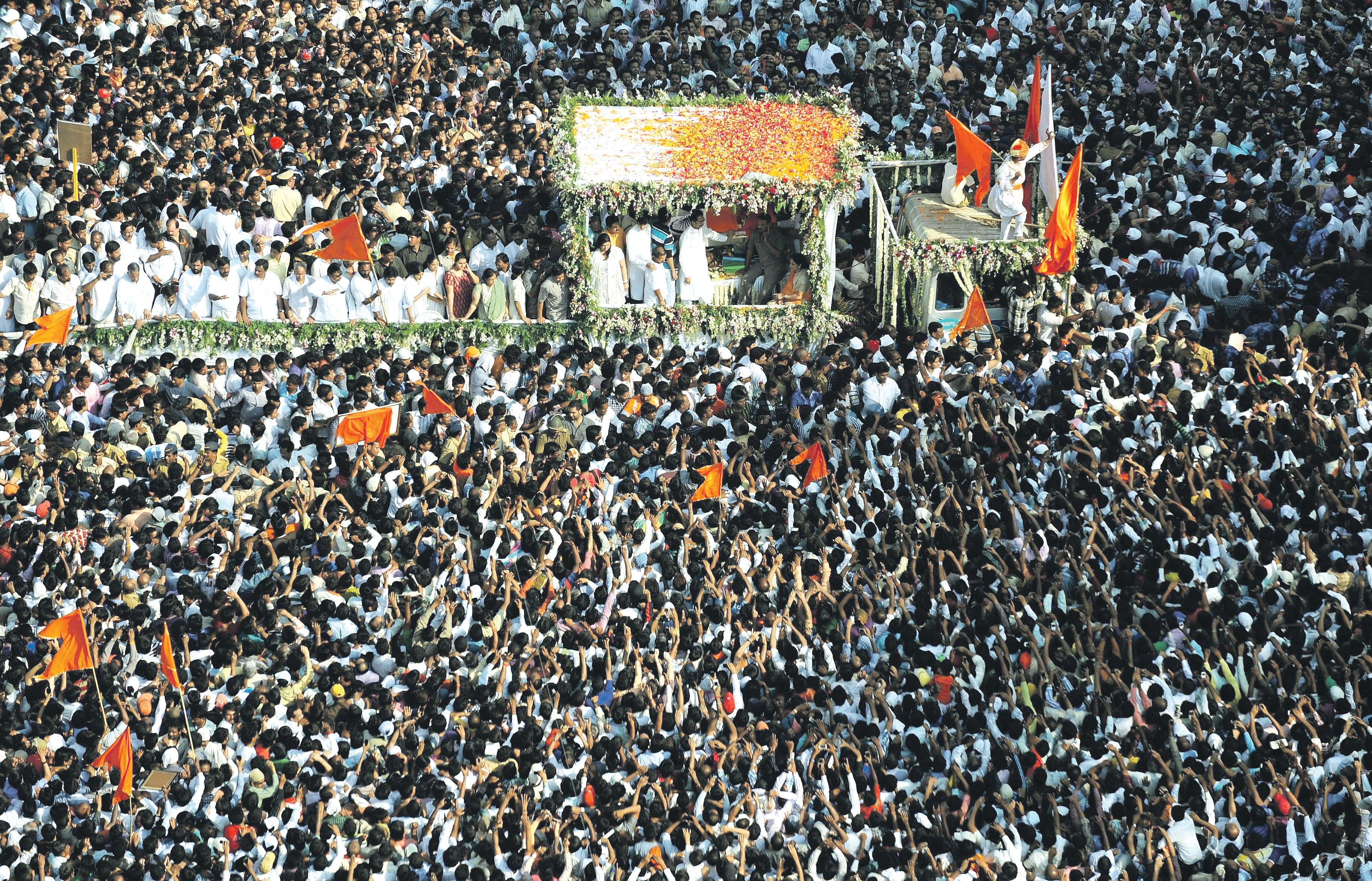
By road and sea, India to enhance links with ASEAN
Connectivity is the buzzword in India’s relations with the 10-member Asean as it rebuilds road and sea links to boost trade and people-to-people ties with an economically vibrant region.
A Trilateral Highway - linking Thailand and Myanmar with India - called Friendship Road is slowly nearing completion, while a car rally kicks off from Yogakarta in Indonesia to finally end in India’s northeast. An Indian naval ship is docking at ports of the Asean countries, reviving and building on an ancient sea route link with the region.
“The Asean region is economically very important, especially in the context of
Asia doing very well at a time of the global economic crisis,” said a senior official.
India’s 1.2 billion population, with its huge young workforce, combined with Asean’s 600 million people constitute 1.8 billion people, while India and Asean together have a GDP of $3 trillion.
The Asean region is expected to average an annual rate of 5.5 percent growth over the 2013-17 period, according to an Organisation for Economic Cooperation and Development (OECD) report.
“It is a very significant relationship and there is an identity of perspective and objective,” the official added, not wishing to be named as per norm.
India has built most of its stretch of the 1,400 km Trilateral Highway, which is to connect Moreh in Manipur, northeast India, to Mae Sot in Thailand. “A part of it is being built by Thailand and a part by India.
India is building 160 km, of which 132 km has been completed,” the official added. The highway is slated to be completed by 2016, and will provide “huge connectivity” for trade and people-to-people contact.
During Prime Minister Manmohan Singh’s visit to Myanmar in May this year, India committed to taking up the renovation of 71 bridges of World War II vintage in that country, including in the Kalewa-Yargi section, which is over 100 km long.
The Indian government has already invested $257 million as grant-in-aid on this project.
Manmohan Singh, in his address at the 10th Asean-India summit at Phnom Penh Nov 19, said the working groups on the project and the highway are “welcome steps in implementing the vision of India-Asean connectivity.”
The Asean-India car rally, which kicked off on Nov 26 in Yogyakarta, passes through eight Asean countries. The rally will traverse 8,000 km over 22 days. It will enter through Moreh, on the border between India and Myanmar, and pass through Nagaland and enter Assam. The rally will be flagged down Dec 17 in Guwahati in the presence of the trade ministers of Asean.
Various business and cultural events will be held along the route. “The cultural events will focus on the common cultural heritage, while the business will focus on different aspects,” the official added.
“Clearly a big focus is on connectivity and the northeast. Connectivity is an area of priority,” the official stressed.
Manmohan Singh said the India-Asean car rally and the sailing expedition of Indian Naval Ship Sudarshini “highlight the importance and the potential for connecting India and Asean by sea, surface and air links.”
INS Sudarshini set sail on a six-month voyage Sep 15 from Kochi. It is to call on 13 ports in nine Asean countries and will end in March.
“During its port call, the ship will take on a few naval cadets for short stint training, as part of navy-to-navy cooperation; besides, cultural and business events will be held,” the official added.
“INS Sudarshini is retracing the traditional trade route and also the current ones.”
Tourism is also a major focus of road and sea links with Asean. India has a visa agreement with seven of the 10 Asean countries and India and Asean have also inked a MoU on tourism, the official added.
India is hosting a Commemorative Summit Dec 20-21 to mark the 20th anniversary of its ties with Asean and the 10th anniversary of the Asean-India Summit-level partnership.
India and Asean held several events this year to mark their association, including visit programmes by journalists and students.
As part of the people-to-people programmes, India has given 640 ITEC scholarships to low-income Asean countries so far.
Agriculture ministers of both sides met last year and this year. India and Asean have also started a newsletter on agriculture and an Agri Expo was held in northeast India this month.
“Exchange visits by farmers to study technologies are also planned,” the official said.
India and Asean have an FTA in goods, which was inked in 2009 but became fully operational in August last year. India-Asean bilateral trade is nearly $80 billion.
India is now negotiating an FTA on services and investment with the Asean countries which are Brunei, Cambodia, Indonesia, Laos, Malaysia, Myanmar, the Philippines, Singapore, Thailand and Vietnam.
Autar Kaw, an India-born professor of mechanical engineering at the University of South Florida, is among the four recipients of the 2012 US Professor of the Year award.
The sponsors US Council for Advancement and Support of Education (CASE) and the Carnegie Foundation for
the Advancement of Teaching declared Kaw, a USF professor for 25 years, Outstanding Doctoral and Research Universities Professor.
This annual prestigious award recognises exceptional professors for their ability to engage and influence students, according to a media release from the Tampa Florida based university.
Kaw, an early adopter of new technologies and social media to teach complex mathematical calculations, is one of four professors - selected from more than 300 nominees - to receive the award that is considered the nation’s highest honour for undergraduate teaching.
Kaw is known to tens of thousands of engineering students around the world as the “Numerical Methods Guy” through his Holistic Numerical Methods Institute website, his blog and YouTube video lectures.
He has dedicated his career to eliminating one of the most significant obstacles to engineering students being successful by providing students everywhere free access to supplemental lessons, the release said.
“Dr Kaw’s selection reaffirms what the University of South Florida and his students have long known about this exceptional professor and outstanding individual: his commitment to education and his dedication to his students knows no bounds,” said USF President Judy Genshaft.
Kaw is a fellow in the American Society of Mechanical Engineers and a member of the American Society of Engineering Education.
In 2011, he was awarded the National Outstanding Teaching Medal from the American Society for Engineering Education. A prolific writer, he has authored four textbooks and scores of academic articles.
Born in India, Kaw received his bachelor’s degree in mechanical engineering from Birla Institute of Technology and Science, Pilani, India, and his master’s and PhD in Engineering Mechanics from Clemson University.
Kaw said his use of technology stems from a basic concern for student learning: he saw students struggling with the same concepts semester after semester. If that was happening in his classroom, it was probably happening elsewhere, he surmised.
Imparting a fresh momentum to their bilateral ties, India and China recently held their second strategic economic dialogue in New Delhi, and inked 11 accords which are valued at over $5 billion.
Planning Commission Deputy Chairman Montek Singh Ahluwalia held delegationlevel talks with Zhang Ping, chairman of the National Development and Reform Commission (NDRC) of China.
The two sides held talks on a wide range of issues, including sharing of developmental experiences, looming trade deficit and greater cooperation in a host of areas, including infrastructure.
Saying that their economic cooperation has huge potential, Ahluwalia said the two countries should overcome information deficit in economic fields and seek cooperation in sectors such as water-recycling, digital science and microirrigation.
During the talks, Zhang said the two countries should expand communication and coordination of their macro-economic policies, learn from each other’s Five-Year Plans of economic development, expand cooperation in basic economic structure, encourage investment in each other’s country and explore new avenues of economic cooperation in green economy.
The two sides signed 11 agreements to galvanise economic ties between them. An agreement was signed between the Planning Commission and the NDRC for undertaking joint studies in economic policy research and development planning.
Another was signed between the Indian Railways and China’s Ministry of Railways for enhancing technical cooperation in the railway sector.
Other areas in which agreements were signed included energy efficiency and IT.
Reliance Power and Guangdone Mingyang Wind Power Industry Group Co. Ltd. signed an accord for setting up a 2,500 MW renewable energy project envisaging an investment of $3 billion with project financing from China Development Bank.
Lanco Group has sealed a deal with China Development Bank for financing $600 billion Anpara Phase-II Power projects (4X660MW). NIIT and Province of Hainan joined hand to set up an IT technology park in Hainan with $800 million investment.
Himachal Pradesh’s potatoes, grown in the cold deserts of the Lahaul Valley, have been reaping profits for the growers; farmers are happy that the humble ‘aloo’ commands a good price this season.
Every year a huge chunk of potatoes, say traders in Manali, find its way to markets in West Bengal, Bihar, Gujarat, Madhya Pradesh, Punjab, Uttarakhand, Uttar Pradesh and northeastern states, where these are used mainly as seeds, for cultivating fresh crops.
In northern India, they are used also as table potato.
“Traders from West Bengal, Gujarat and Madhya Pradesh have procured the potatoes. Now, it’s heading to Maharashtra, where the potato growing season is on,” said Amar Chand Dogra, managing director of the Lahaul Seed Potato Growers Cooperative Marketing Ltd.
The landlocked picturesque Lahaul Valley in Lahaul-Spiti district is known for producing the country’s high variety, disease-free, pest-resistant Kufri Chandramukhi and Kufri Jyoti varieties.
As per state agriculture department estimates, the valley has produced around 35,000 bags of 50 kg each of Kufri Chandramukhi and 150,000 bags of Kufri Jyoti, cultivated on 710 hectares.
Currently, the marketing society is selling a quintal (100 kg) of Kufri Jyoti at around Rs.2,000.
However, the entire stock of Kufri Chandramukhi and 50 percent of Kufri Jyoti has been sold out.
After harvesting, which begins in midOctober and lasts for a month, the society transports the entire produce to Manali for grading and marketing.
In the previous year, more than 25 percent of the total yield of Lahaul potatoes was damaged.
“It was a problem of glut and market slump. Even the demand from the country’s prominent potato growing states of Punjab and Uttar Pradesh, which dumped their produce on roads over bad marketing, was poor,” said Ishwar Bodh, a Lahaul farmer and member of the society.
He said most of the farmers in the valley are switching to high-value exotic vegetables like cauliflower, cabbage and broccoli.
The agriculture department says overall cultivation of potatoes in the valley has come down to 710 hectares from 1,700 hectares five to seven years ago.
Scientists at the Shimla-based Central Potato Research Institute say per hectare yield of potatoes, rated the best in the world in quality, ranges from 300 to 400 quintal in the valley. But the area can produce up to 500 quintal per hectare.
The history of cultivating potatoes in the valley goes back to 1854 when missionary AW Hide from Germany established a farm near Keylong, the district headquarters town some 350 km from state capital Shimla.
In 1965, the then deputy commissioner of Lahaul, KS Bains, brought improved varieties of potato seeds that triggered prosperity in the region.
India recently launched a national plan for bear conservation that will help in calculating their exact population and counter possible threats like poaching.
Environment Minister Jayanthi Natarjan launched the National Bear Conservation and Welfare Action Plan at the International Conference on Bear Research and Management held in New Delhi.
The conference brings together experts from 35 bear range countries to present the latest findings and experiences in bear conservation and welfare.
“The highlight bears have received is not adequate. Environment ministry would provide necessary guidance and support to the states to implement these action plans,” said Natarajan.
India is home to four of the eight species of bears found worldwide - making it one of the only two countries with this diversity, the other being China.
The Indian bears include the sloth bear, the Asiatic black bear, the Himalayan brown bear and the Malayan sun bear.
The bears have an almost pan-India distribution, being found in 26 of the 28 Indian states.
“Despite their wide distribution, there exists little specific information on bear population and (population) trend in India. Unlike other large mammals like the tiger, rhino and the elephant, bears have been largely left out,” said S. Sathyakumar of the Wildlife Institute of India (WII).
The national plan summarises the threats faced by bears in India, and outlines management actions to be undertaken by the bear range states for their conservation and welfare.
“For India this is a particularly significant conference. Not just because it is the country’s first but also because the focus will be on Indian bears - which have largely remained in the shadows,” said Vivek Menon, executive director, Wildlife Trust of India.
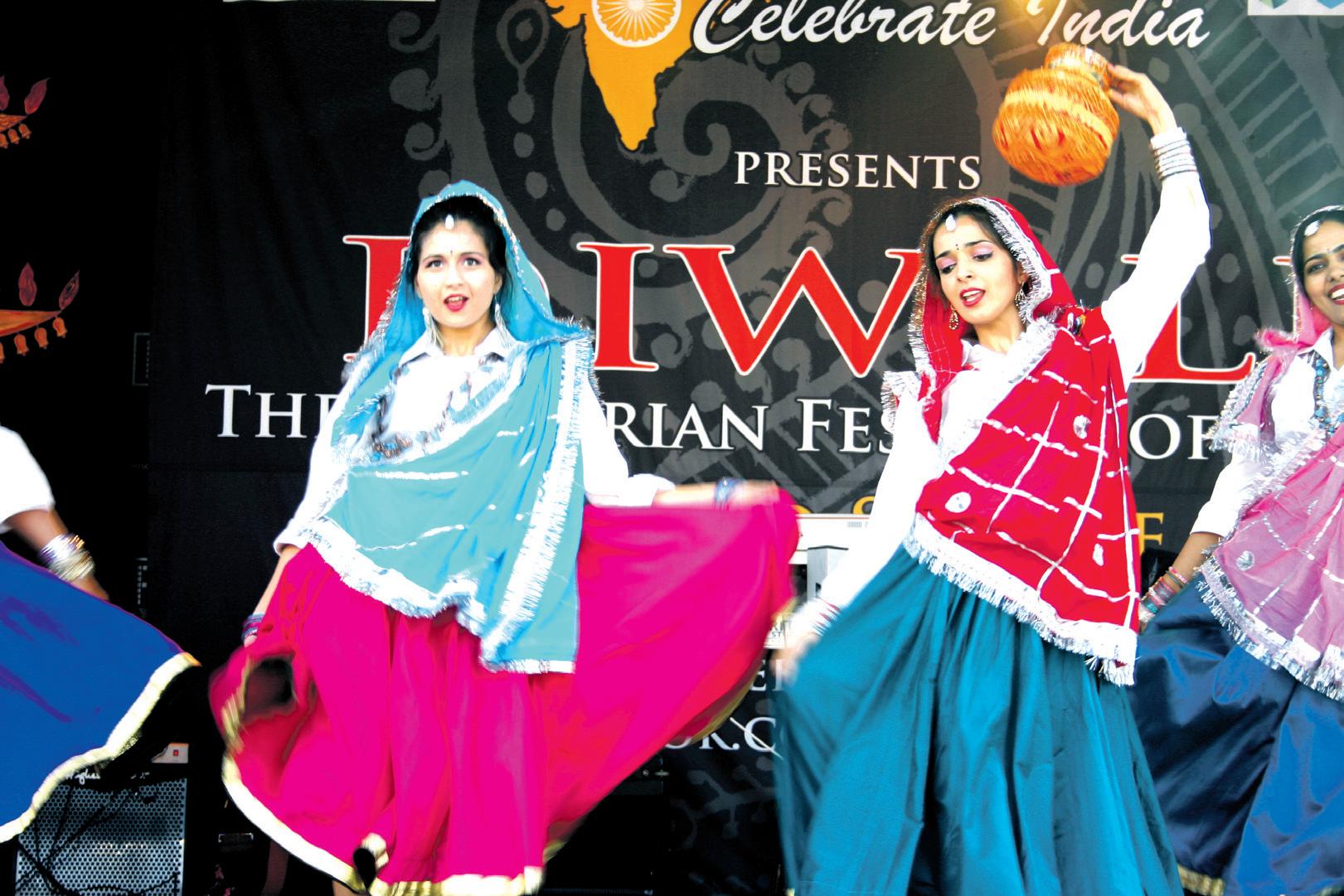


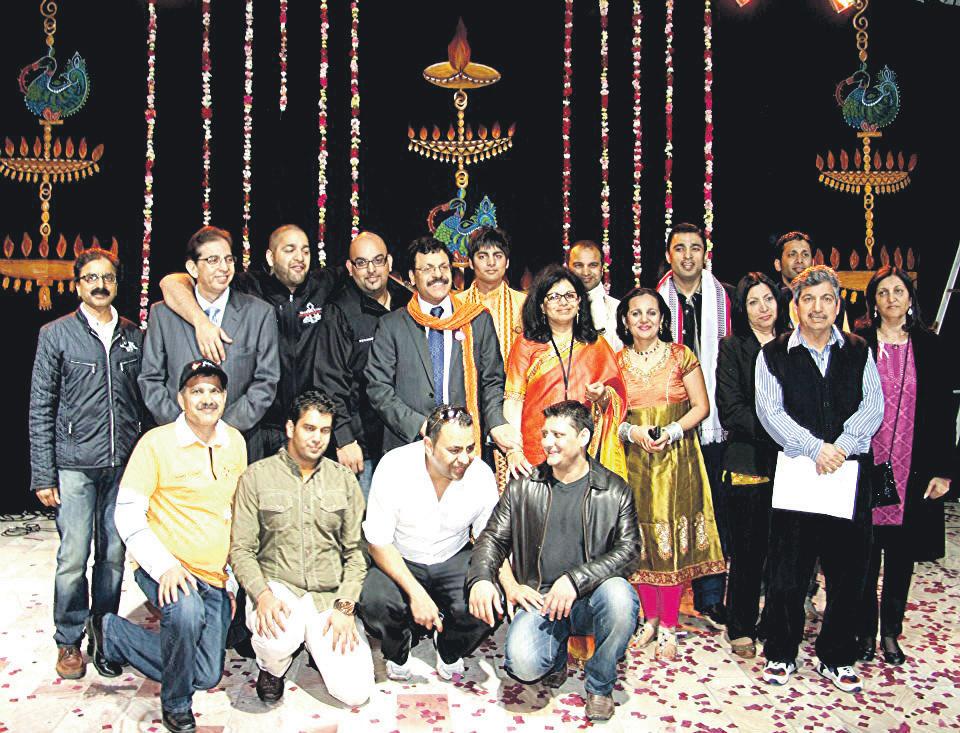
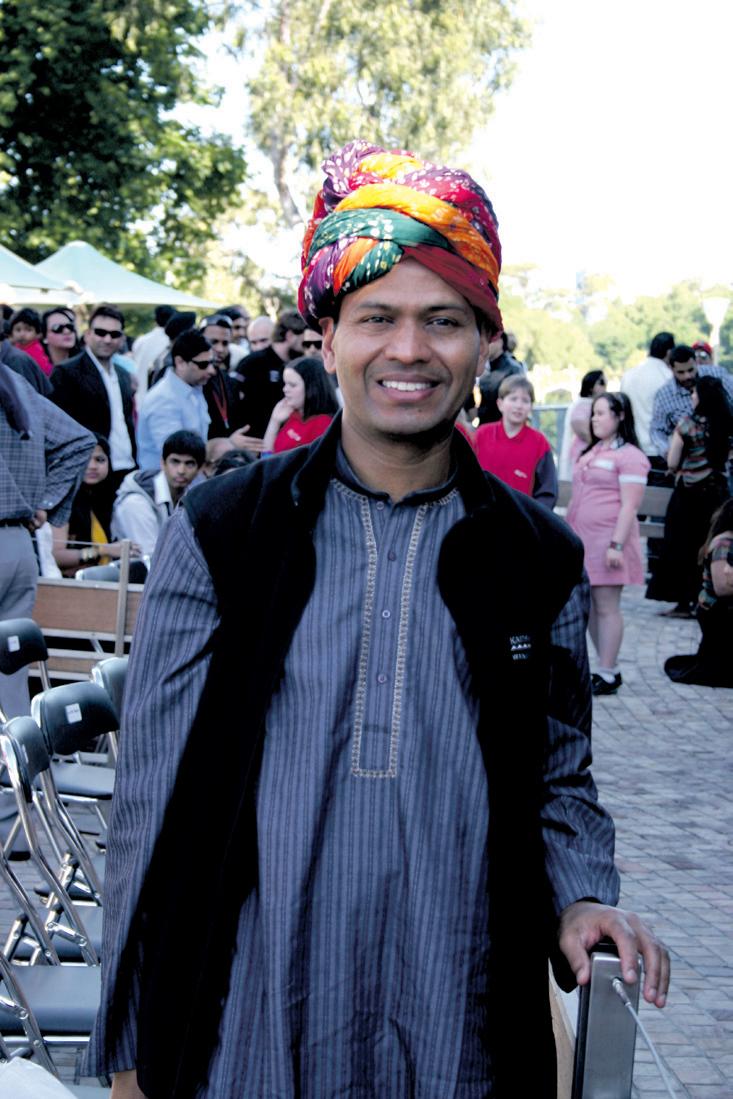

Whether it is Strange Fruit and their elevating performance from 2011 or the expressive tribal dance from Sidi Goma group this year, Celebrate India’s Diwali at Federation Square never fails to delight. Ask photographer Victoria who alighted a tram with heavy bags of shopping and a camera, just to capture the essence of this colourful event. She was suitably rewarded for her impromptu decision as she captured the swirls of vibrant colours, the exuberant performances and vivacity of this annual festival. As she observes in her brief article on the festival on the internet, “It was a moment in time to view for eternity!”
Victoria was among the thousands of people who happened to be in Melbourne’s CBD on November 10, attracted to the blast of Indian culture on display. The Victorian Festival of Lights (Diwali) lit up the creative space of Melbourne’s iconic landmark: Federation Square. With arts and craft, jugglers, face painting, Bollywood dance workshops, meeting and greeting AFL players and Australian cricketers, as well as innumerable performances, there was something for everyone. A five-day Bollywood film festival sponsored by Mind Blowing Films was the proverbial icing on the cake.
Dignitaries including the Premier Ted Baillieu and Minister for Multicultural Affairs Nicholas Kotsiras, arrived to wish the community well. Businesses clamoured to promote their products to a massive audience, and families arrived with babies, prams, et al to join the festivities. Appetites were whetted with food stalls offering piping hot Indian delicacies. Ongoing entertainment sustained the momentum right up to late evening. Dances, songs and even a pagdi (turban) tying competition were thrown in for good measure. At 9.30pm it all ended with spectacular fireworks.

In keeping with their tradition of supporting a noble cause every Diwali, Celebrate India joined forces with White Ribbon this year, an organisation that spreads
the message of ‘no violence against women’. Arun Sharma from Celebrate India and an ambassador for the White Ribbon campaign urged all Victorians to commit and stand up to supporting the women in their lives. Throughout the day, mass oath-taking ceremonies were conducted asking men to say no to violence against women. Due to India’s varied cultural diversity, there are many manifestations of the festival; people celebrate Diwali in many different ways in India and around the world. Mass celebrations like the Federation Square Diwali with all its traditions, zest and splendour do a great service to the community in showcasing the symbiotic existence that defines Indians.


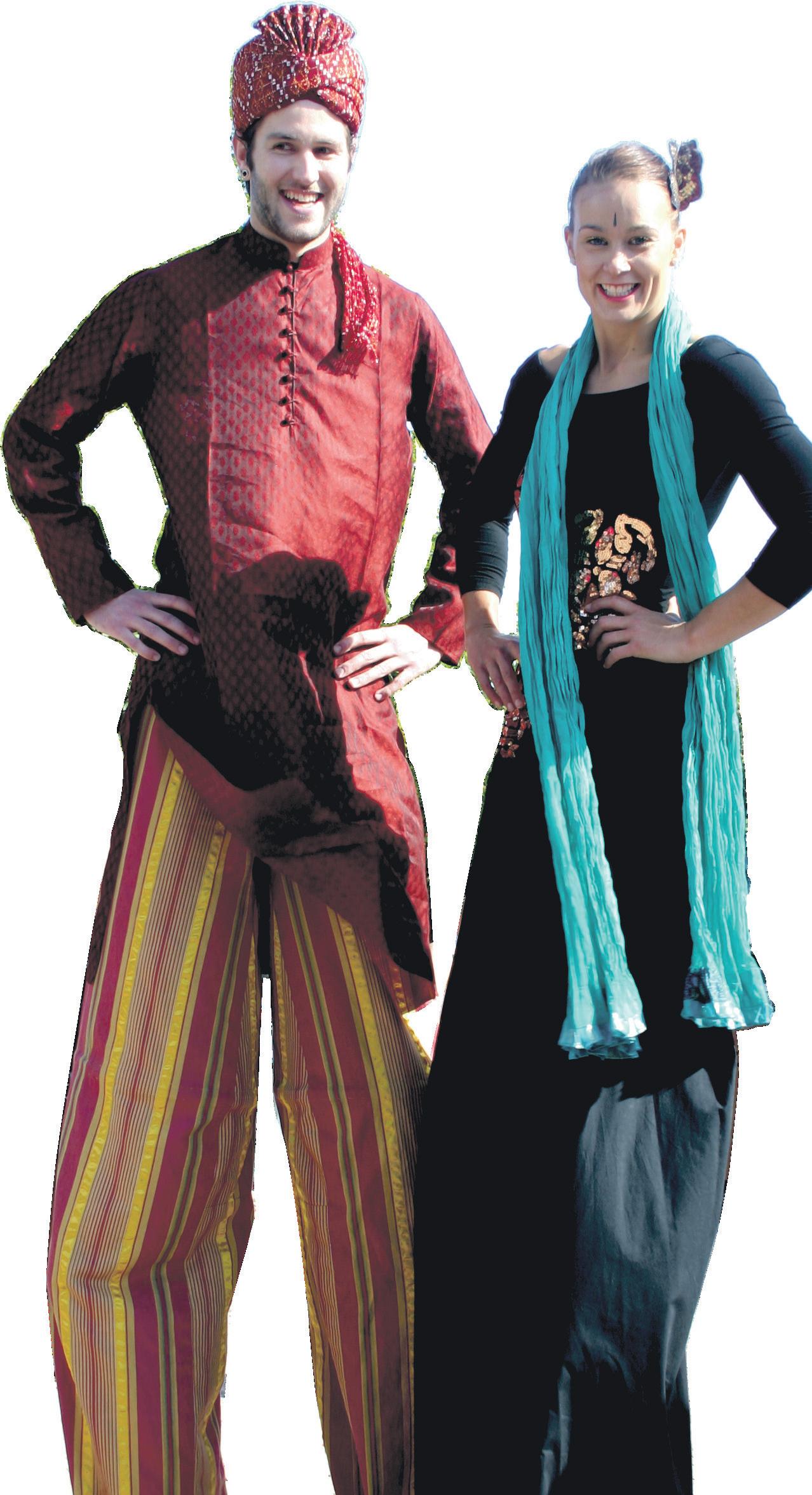
It’s a blast of Indian culture on displayPREETI JABBAL
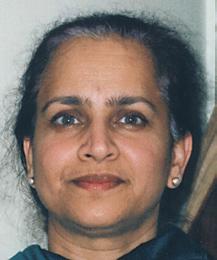
In the old colonial days, the ‘Great Game’ was a reference to the rivalry between Russia and the British colonialists in India, over Afghanistan. Later, the ‘New Great Game’ was the moniker given to the conflict between the Western powers and Russia and China over Central Asia’s oil and natural resources. Across the Himalayas, in the east, another great game has been on for some time now between the two Asian giants – India and China. The fight began over Tibet and now includes Northeast India, Myanmar, Bangladesh and the Indian Ocean –one that will significantly impact the course of global politics, according to Bertil Lintner, and he calls it the ‘Great Game East’. Lintner has even devoted one chapter to IndoBangladesh relations in his book.

Strategically located at the crossroads of the Indian subcontinent, China and Southeast Asia, the north-eastern states of India and the continuing armed
strife in that sector hold the key to understanding the true complexity of the hostilities and political ambitions that Asia’s two giants harbour. In the Great Game East: India, China and the Struggle for Asia’s Most Volatile Frontier, (Harper Collins, India) Bertil Lintner – acknowledged as one of the foremost experts on insurgencies in the region – unpacks the layers and layers of complex political intrigues and spy networks that define the Great Game East, and looks at the geopolitics of that region. The defining rivalry is the India-China one, which saw a border war in 1962, and an uneasy peace since. Spies and agents from both countries have been stirring up trouble in the volatile frontier areas all these years. Besides, intelligence agencies of various other countries (the United States and Pakistan, among them) have also been keeping a sharp eye on the developments in the region.
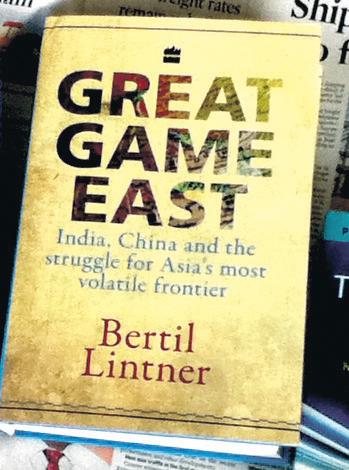
Lintner believes that at the core of China’s covert interference in the region is the Indian Ocean which the country wants to penetrate for strategic gains, without India’s interference.
China’s role in north-eastern
India is not to create, but ‘maintain instability’ because it wants to keep India out of Myanmar, says Bertil Lintner. The intricate net of intrigues has kept the game going, the writer says.
“In 1950, China invaded Tibet after which the Americans began to support the cause of an independent Tibet. In 1959, the Dalai Lama fled to India and China was angry. In a few years, China attacked India resulting in the border war of 1962 and by the mid1960s, China decided to support the rebel movement in the northeast. Pakistan was also interested... Difficult games are being played in
the region,” says Lintner. Myanmar with its ethnic groups along the border was in the crosshairs. Lintner says, “It is difficult for Myanmar to lessen its dependence on China; they can’t do it. China will always be there... As for Myanmar’s ethnic conflicts, they will always be there. These conflicts have existed for hundreds of years - starting with Myanmar’s ancient warrior kings waging their wars against the non-Myanmarese nationalities and continuing to this day - and are not likely to go away any time soon”.
Lintner, who is recognised as an expert on Myanmarese issues as well as on South Asia, was one of the first outsiders to reach Myanmar’s isolated northern-held rebel areas; and reach China from India’s northeast after a 2,275-km

China’s role in north-eastern India is not to create, but ‘maintain instability’ because it wants to keep India out of Myanmar, says Bertil
Lintneroverland trek in 1985. Lintner has been the FEER correspondent for Southeast Asia for 20 years, and has written several books on Myanmar, the Golden Triangle, South East Asia, China and Korea. This book needed to be written – as few comprehend or appreciate the myriad of complexities or the significance of that region better than Lintner. The book has an entire chapter on the relationship between Assam and Bangladesh, and it will surprise the reader: the massive migration from Bangladesh and the conflicting separatist movements and the struggle for land. This is a mustread for anyone who wishes to gain an understanding of the political future of a continent, or the world.



Christmas is a universal festival in a country like Australia. Schools and workplaces have their own Xmas parties. Children, no matter of what religious denomination, expect to receive presents at Christmas-time and to show those gifts to their friends. Shopping centres play Christmas songs and are well-decorated at Yuletide and thus, one cannot escape a permeation of the Xmas spirit in the atmosphere.
At a time of such festivities, we need to ponder on those families which have been dealt a sudden shock, such as by Hurricane Sandy when numerous people were affected. Some have had partial losses such as the loss of children’s toys, whilst others virtually lost everything. Several neighbourhoods have seen incredible destruction by the force of waves and by fire, such as along the waterfront in Manhattan.
care and solace from the many philantropic organisations in the USA. They were set up by super-rich people like Ford, Carnegie, Bill and Melinda Gates, and Buffet. President Obama in his victory speech, rightly told a cheering audience, “We believe in a generous America, in a compassionate America …”
Likewise, talented young Americans who are hit by the burdens of recession can expect, in a non-discriminatory atmosphere, to be helped along. Obama continued his speech, “...in a tolerant America open to the dreams of an immigrant’s daughter who studies in our schools and pledges to our flag, to the young boy on the south side of Chicago who sees a life beyond the nearest street corner, to the furniture worker’s child in North Carolina who wants to become a doctor or a scientist, an engineer or an entrepreneur, a diplomat or even a president.”
that the super-rich in Australia would set up philanthropic foundations as the super-rich Americans have done.

Obama’s poignant words apply to all countries, particularly those which are doing well like Australia and which take pride in being considered as democratic. They apply to India as well, and they encapsulate the teachings of Mahatma Gandhi.
Here in Australia, we have been spared such devastation. However, there have been other shocks. In recent weeks and months, numerous workers, such as in manufacturing industries, have suddenly been made redundant; their families cannot celebrate as they would normally do. Early November saw the loss of 400 manufacturing jobs in Victoria alone.

The Australian Manufacturing Workers Union (AMWU) made a cash donation to help support the homeless with emergency accommodation. Some of these could actually be members of the union who now face hardship.
The much-loved Darrell Lea confectioners are expected to close stores and reduce production while cutting some 160 jobs. There are thousands of jobs being lost in the motor car industry, in pharmaceuticals and in Qantas.
Indian readers can take time-honoured concepts of Indian philosophy to draw a roadmap (marga) for the future. That is why Christmas and New Year is considered as a good time for making resolutions.
Those who are well-off can reach out to those who are suffering (dukha) and give them solace (dan) which may or may not be material help; there is no substitute for sympathy which is sincerely given. The term dan is akin to the French donner and English donation. Giving can be material or emotional.
Those who are welloff can reach out to those who are suffering (dukha) and give them solace (dan)
Those who are doing well should refrain from the greed (tahna) of constantly acquiring more. They may also do well by refraining to flaunt their wealth or indulging themselves excessively in the pursuit of sensual pleasures (kama tanha), whilst those around them suffer for want of the mere basics.
The pain suffered by workers and their families gets exacerbated when company management gets rewarded with higher pays and bonuses, despite their workers getting retrenched.
It is situations like these that put heavier pressure on charitable organisations like the Salvation Army. It would be hoped that the super-rich in Australia would set up philanthropic foundations as the super-rich Americans have done.
However, the state of Victoria has been said to have quietly gained some 13,000 manufacturing jobs in the private sector (Ian Porter, Fairfax Media). One would wish such enterprises every success.
Those who are suffering the aftermath of Hurricane Sandy can expect to receive some
Those who moan that the Indian community in Australia has numerous associations based on different languages and religions should consider that at times like Christmas they might actually be a strength, because they may be the best placed to provide companionship and solace to those members of their communities who feel distressed and lonely.

Let me close with the following lines from Rabindranath Tagore’s celebrated Geetanjali: Where the mind is without fear and the head is held high; Where knowledge is free; Where the world has not been broken up into fragments by narrow domestic walls; Into that heaven of freedom, my Father, let my country awake.
(Geetanjali, Bengali 1910, English 1920)
Christmas is the season of giving, so let’s be generous in word and deed to those less fortunate than us
It would be hoped



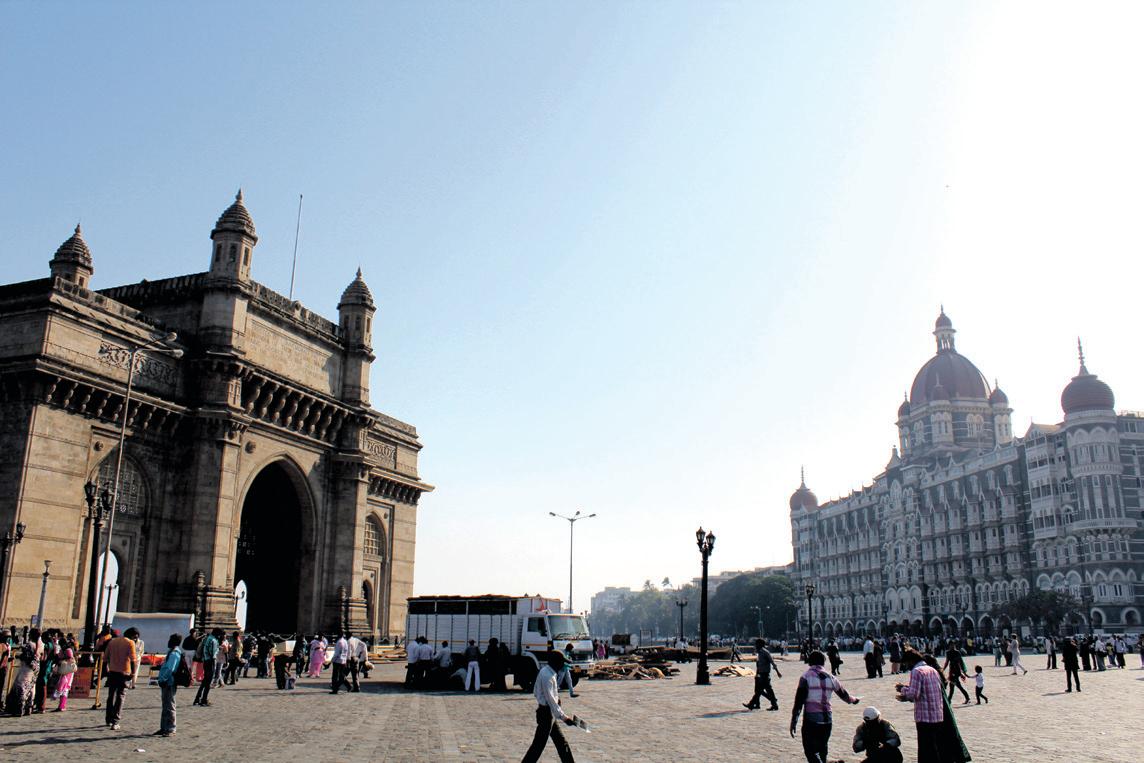
India is really a country that you feel. As a feeling person, as a spiritual person, I can honestly say that I felt at home here and would stay longer, possibly forever, if I had the option. Perhaps I am actually suited to Indian life?

After eighteen months in India, my time as ‘An Aussie Guy in Chennai’ is now drawing to an end. Over the last year and a half I’ve had made lots of friends, seen some amazing sights, learned a lifetime’s worth of lessons, suffered from ‘Chennai chunder’ twice, and significantly improved my knowledge of Hindi. (Unfortunately, the latter came at the expense of tongue-twisting Tamil, which I have failed to pick up despite some attempts).
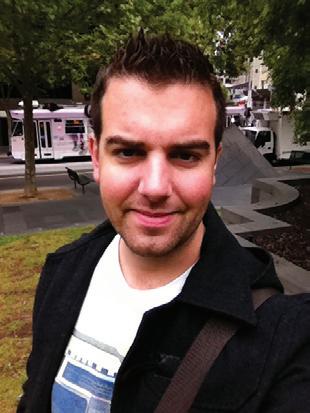
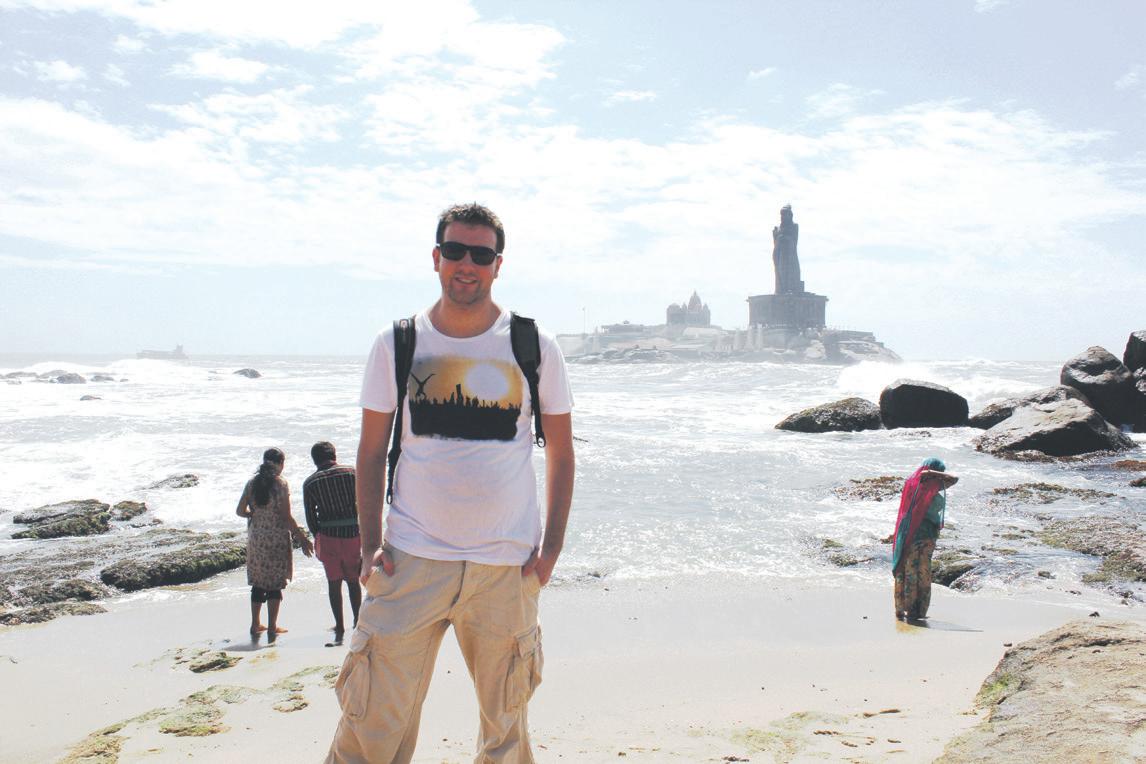
I have battled the bureaucracy, the heat and humidity and the traffic, and been hit at low speed by a motorbike (the driver was most apologetic, and I walked away with barely a scratch). I’ve visited north, south, east and west around the nation which I now feel is somewhat an adopted home for me.
Throughout my time in India, one question I have grappled with is why I like it here. Some say it’s the preferential treatment I receive as a foreigner –although that actually makes me rather uncomfortable. Some have pointed to the exoticism and glamour of living abroad, although I promise there were just as many unpleasant experiences as there were enjoyable. A Hindu approach might suggest that I lived in India in a previous life, and felt that I had come home. A Muslim or a Sikh might suggest that the sense of community is responsible, being close to the ummah or the sheraan di kaum, though I might not know it. A Marxist might tell me that I have turned my back on the materialist West, but anyone who shops in India knows that’s not true!
Two years ago I wrote an article entitled ‘Indophile’ in which I declared my love for India, and spoke of the everyday spirituality which enchanted me with every visit. Having now lived here, I can reaffirm these sentiments. Yes it’s dirty, polluted, crowded, frustrating, difficult and all the rest of it. However these unpleasant facts of life might only serve to heighten one’s awareness of other aspects. Unlike the subdued rises and falls of life in Australia, the highs and lows of life in India are extreme, terrible and beautiful.
Perhaps it was stepping out of my own society and into one where I was anonymous, where I could be whoever I wanted to be, where I would be judged differently – isn’t that what so many of us love about being in a foreign country? Being a novelty soon wears off, but the feeling of breaking free from the shackles of our native society is a powerful drug. How many Indian Australians love their lives in Australia for that reason? When we leave our native country to live abroad, we offer a contract to our own selves; that we will relish the positive aspects of life in a new nation, with the negatives as a small cost. Without such a contract, living abroad wouldn’t seem worth it: “Oh yes, Australia has its problems, but look at the benefits!” is a phrase which can be applied both ways. Not to mention the fact that we often judge our own culture much more harshly than we do others – how many people pass off (or don’t notice) negatives in foreign countries when the same thing in their own would make them cringe? Maybe this is the secret to why I love it here.
Perhaps these questions will never be answered. At the end of a year and a half in India, there are still many questions to be answered, aside from these.
Why is ‘India the superpower’ an ideal fast-becoming reality, yet development for the average Indian is largely an elusive dream? Why, after 65 years, has so little changed in the nation’s relationship with Pakistan? Why is Indian politics so dominated by stuffy, bureaucratic, corrupt old men when the country’s youth have so much exciting potential?
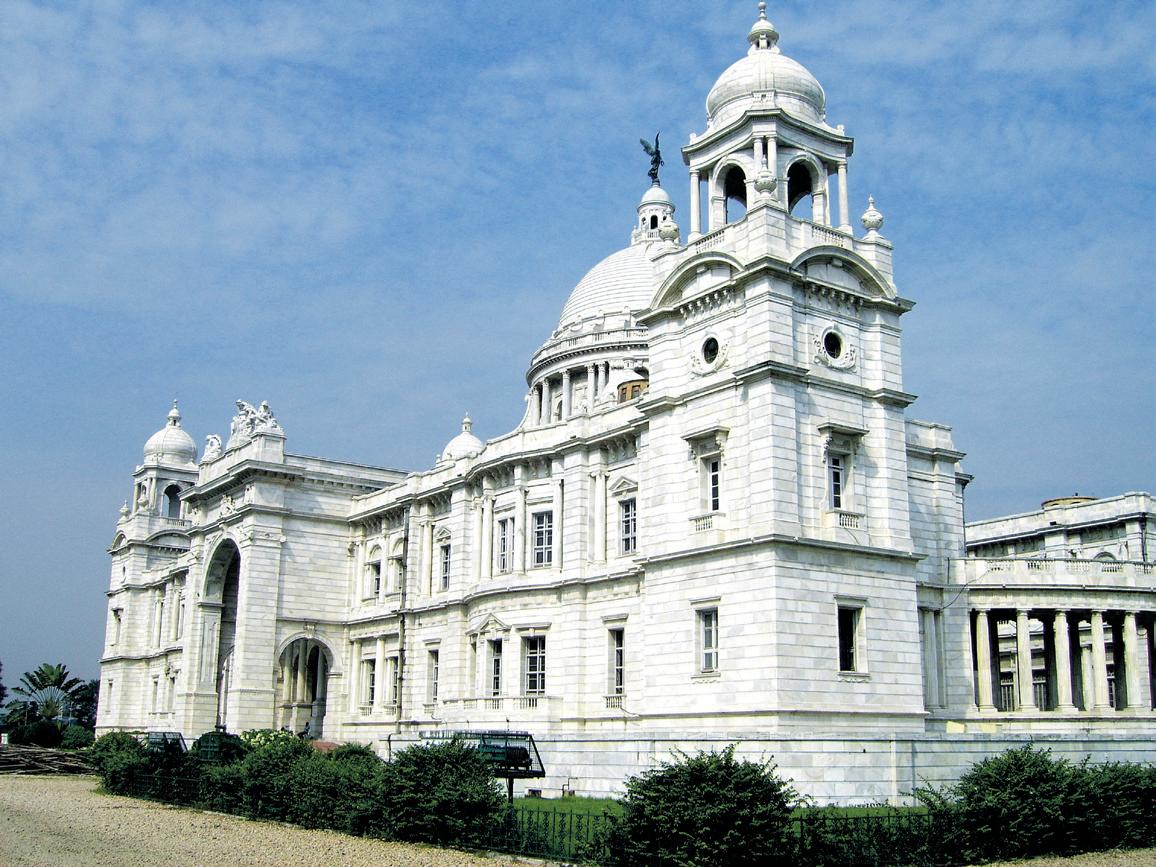
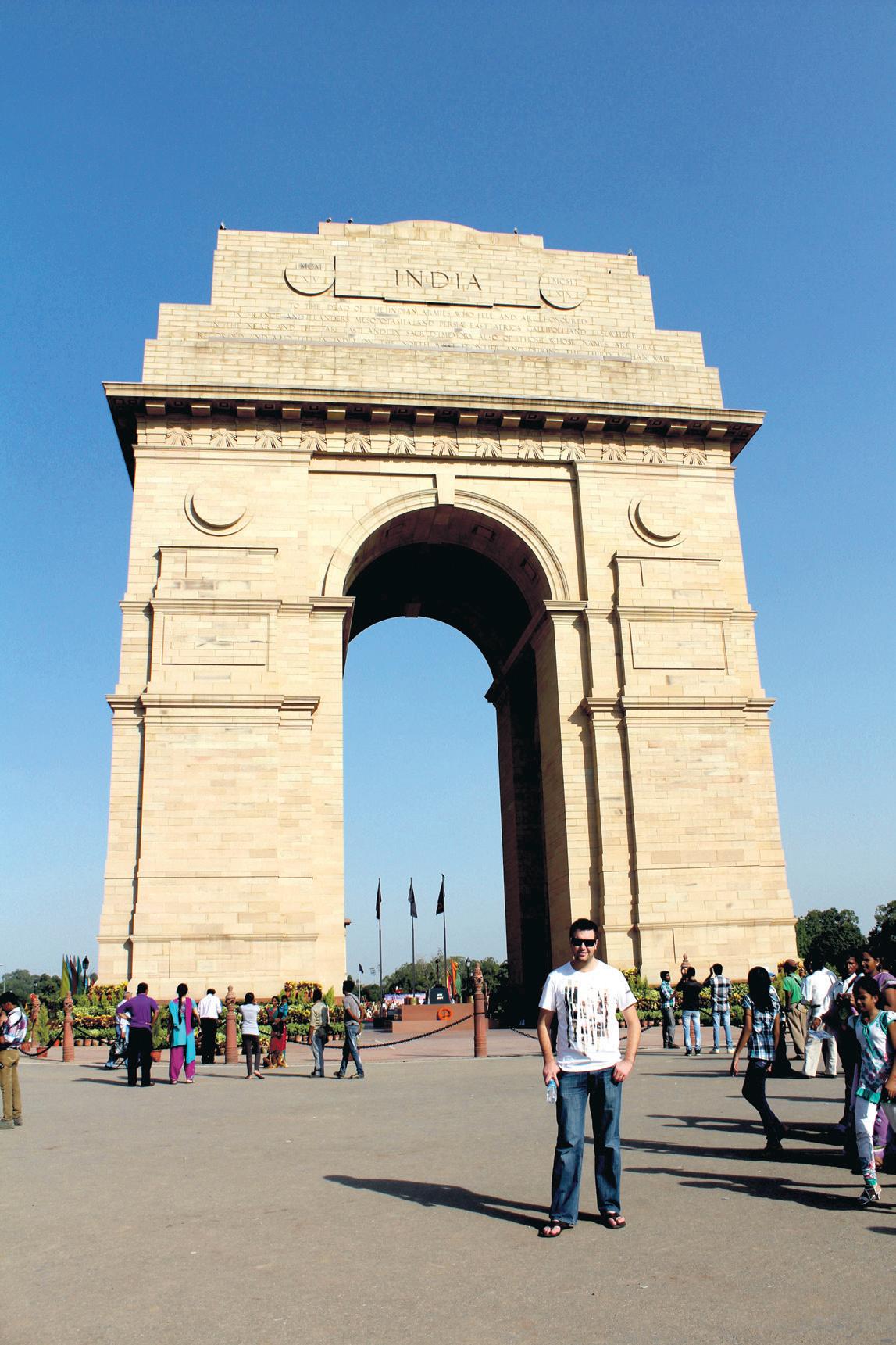
Why is Salman Khan not in jail? Maybe like the reasoning behind my affection for India, we’ll never solve these. But India is a riddle which might not need solving.
As Dev Patel’s character in The Best Exotic Marigold Hotel said time and time again, “Everything will be alright in the end. If it’s not alright, it’s not the end”. Say what you like about the film, truer words were never spoken about life in India – there is hope, no matter how futile, that things will be better. It’s a lesson we could all use from time to time.
At the end of a year and a half in India, there are many questions to be answered. Why is ‘India the superpower’ an ideal fastbecoming reality, yet development for the average Indian is largely an elusive dream? Why, after 65 years, has so little changed in the nation’s relationship with Pakistan? Why is Indian politics so dominated by stuffy, bureaucratic, corrupt old men when the country’s youth have so much exciting potential? Why is Salman Khan not in jail?

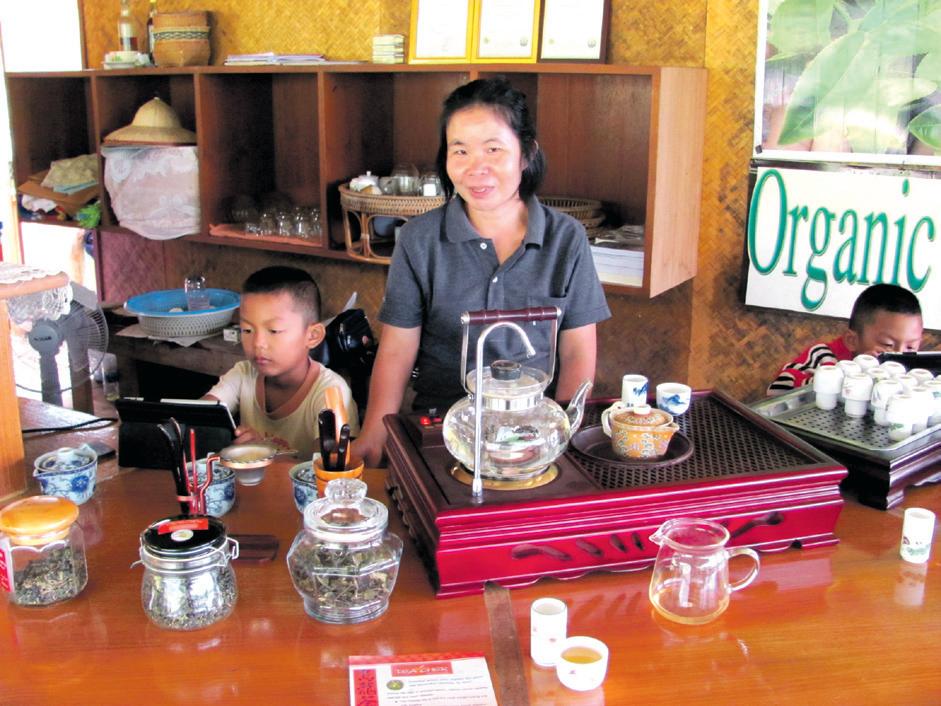
For a solo traveller, arriving in a city as compact and welcoming as Chiang
Rai in northern Thailand provides the comforting reassurance of being able to relax and enjoy the journey that lies ahead. At the airport I was met by my driver wielding a large sign that read ‘Mr Petra and party’, ready to bear me to The Legend, a beautiful resort with rooms scattered in a tropical garden setting. I was ushered into the open air dining room with views of the sunset over the Kok River. My vegetable curry was delicious. Northern Thai cuisine is distinctive and full of flavour, based more on rich curries than the lighter, Chinese-influenced food of central Thailand.
While I have visited Thailand many times, I wanted to return to Chiang Rai, the smaller quieter sister city to Chiang Mai, with rugged peaks, limestone cliffs, lush mountainous forests, hill-tribes and the mighty Mekong River, all nearby.
Located 785 kilometres north of Bangkok, Chiang Rai lies near the Golden Triangle, where Burma, Laos and Thailand

converge. Founded by King Mengrai in 1262, it was the capital of Mengrai’s Lanna Kingdom for only 34 years before being superseded by Chiang Mai and was subsequently conquered by Burma, remaining under Burmese rule for several hundred years.
Later I walked to the renowned night market that sells handicraft items made by hill tribes. A blocklong, it is arranged around a stage where traditional Thai music and dance is performed.
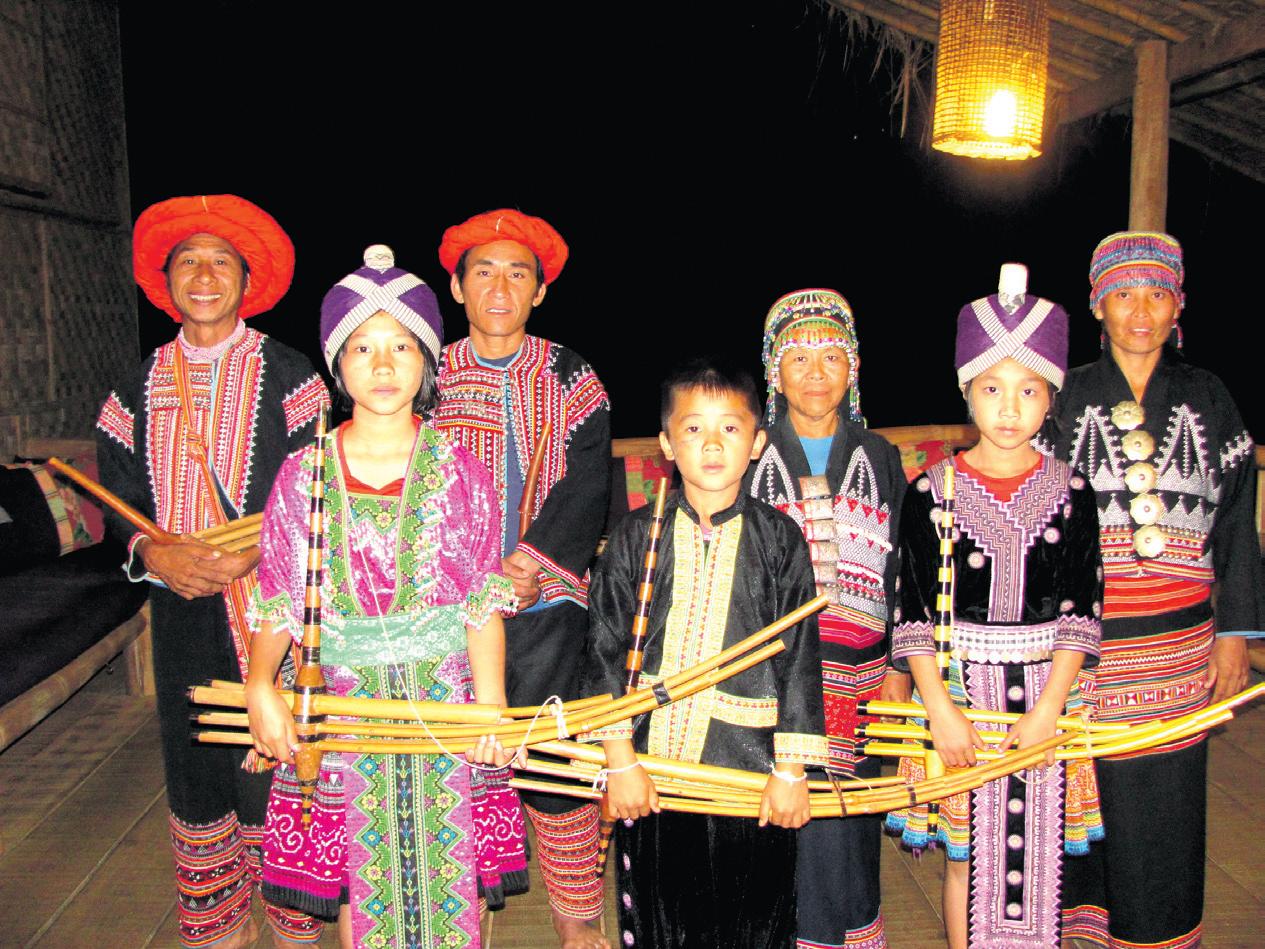
After a restful sleep in my four poster bed, I set off early the next morning, heading for the fresh produce market. With well maintained footpaths and helpful street signage, Chiang Rai is ideal for exploring on foot. After recharging at a cafe selling locally grown organic coffee, I visited many of the temples to be found at every turn that can be enjoyed in quiet solitude.
Buddhist temples like Wat Doi Chom Thong on the outskirts of town possess a humble elegance, decorated with simple hard-carved wood sculptures and painstakingly assembled mosaics. Perhaps one of the most beautiful temples in Thailand is Wat Phra Kaew, the city’s most revered, set in a beautiful garden that dates from the 13th century with several fine bronze Buddha statues.
I was then met by my driver Air, for the 90-minute journey north to Lanjia Lodge at Kiew
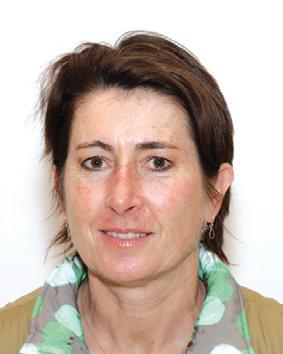
Thai Airways International flies to Bangkok with helpful ground staff waiting to whisk you to the gate for your short connecting flight to Chiang Rai making the journey effortless.
Taxis are inexpensive. The Green Bus line is recommended. Or hire a car and driver, email: luangsay_maekhong@hotmail.com The Chiang Rai Visitors Information Centre has maps and helpful staff.
The Legend Chiang Rai Boutique River Resort and Spa is a short walk from the city centre. Rooms are beautifully appointed, with a lovely garden setting by the Kok river. Tel: 66 0 53 910 400 Email: info@thelegend-chiangrai.com website: www.thelegend-chiangrai.com There are many budget options catering for backpackers with rooms for around $5 per night.

Lanjia Lodge is a great example of sustainable low impact tourism by minimising waste and energy consumption and supporting projects including tree planting. Forming partnerships with surrounding villages has provided employment and training opportunities, and encouraging guests to learn about the culture of the hill tribes aids their preservation. Meals and a range of activities including guided village visits and a massage are included in the tariff. Email: info@ asian-oasis.com www.asian-oasis.com
Kuan village, past coffee and tea plantations, rice fields and mountainous forests along a narrow road.
“But where are the other guests?” I inquired on arrival. “Today only you! After lunch would you care for a guided tour to nearby villages to visit the Sharman?” was the response. And so it was that I was told by the Sharman or spiritual healer, that my life would be a long one, with the caveat that the reading can change every fifteen days.
Until then, I had not visited a traditional Hmong Village, where neat timber homes are built upon the earth, the men wear black jackets and baggy indigo trousers, the women are adorned with embroidered jackets, their long black hair tied back. Thailand’s second largest ethnic minority, the Hmong originally came from southern China. I was then shown how to make batik based on traditional decorative patterns. The neighbouring village is Lahu, who originally came from Tibet, their homes high up on the hillside. Some women seated together were amused by my hiking shoes, and several curious children trudged along behind us.
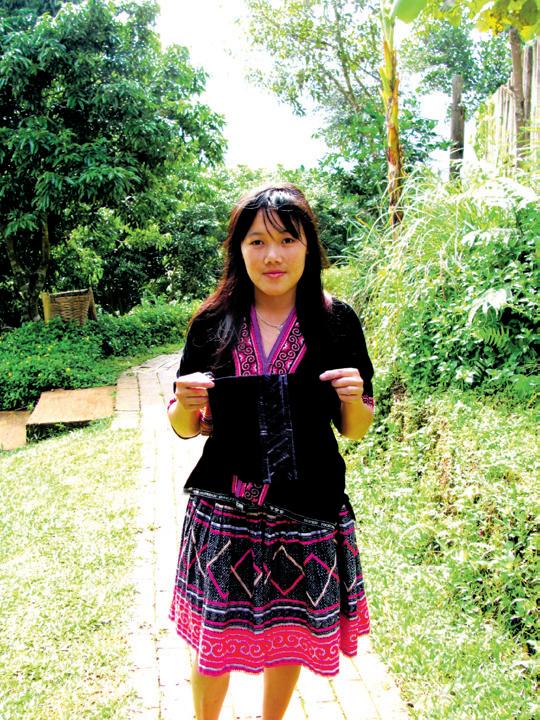
The next morning I woke to the triumphant crowing of a rooster before enjoying a pot of freshly brewed organic Arabica coffee, toast, fruit and a banana muffin. With my guides Sawneng, a Hmong from the village and Ton, I visited an organic tea plantation. The Oolong green tea was refreshing. We then hiked uphill to a waterfall listening to the forest full of birdsong. On reaching the waterfall, we were surrounded by a high canopy of trees.
After lunch, much of it from the lodge’s own vegetable garden, I asked what activities I could do for the afternoon. When rest was suggested, I asked if I could go on
The most memorable part of this journey was slicing through the water towards Chiang Khong, near the shoreline of Laos. Chiang Khong is a pleasant settlement with internet cafes, shops and guesthouses along the main street. It is from here that travellers enter Laos to catch a slow boat to Luang Prabang.
On my last night at the lodge, I enjoyed a relaxing traditional Thai massage, another highlight of
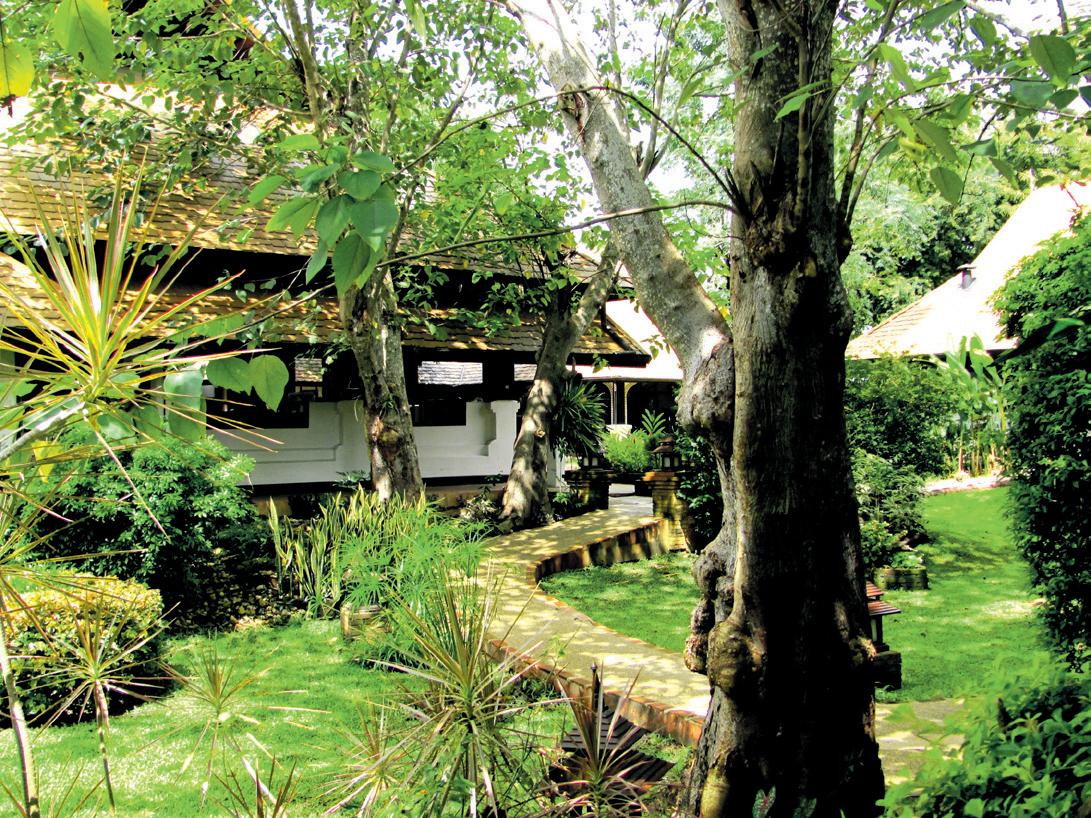
had been. The next morning as I left, I drove past a village stall selling hill tribe clothing. At that moment, the young girl who had taught me how to make batik recognised me and waved goodbye, her parting smile genuine.
There is magic in the tropical sunset when shades of pink, gold and purple fill the sky. It was while at Lanjia Lodge, while seated on comfy cushions in the open lounge, that I was transfixed by the brilliance of changing colours as the sun receded behind the Mekong River below, and I realised that I was in an altogether special place.
One of the most beautiful temples in Thailand is Wat Phra Kaew, set in a beautiful garden that dates from the 13th century with several fine bronze Buddha statues.

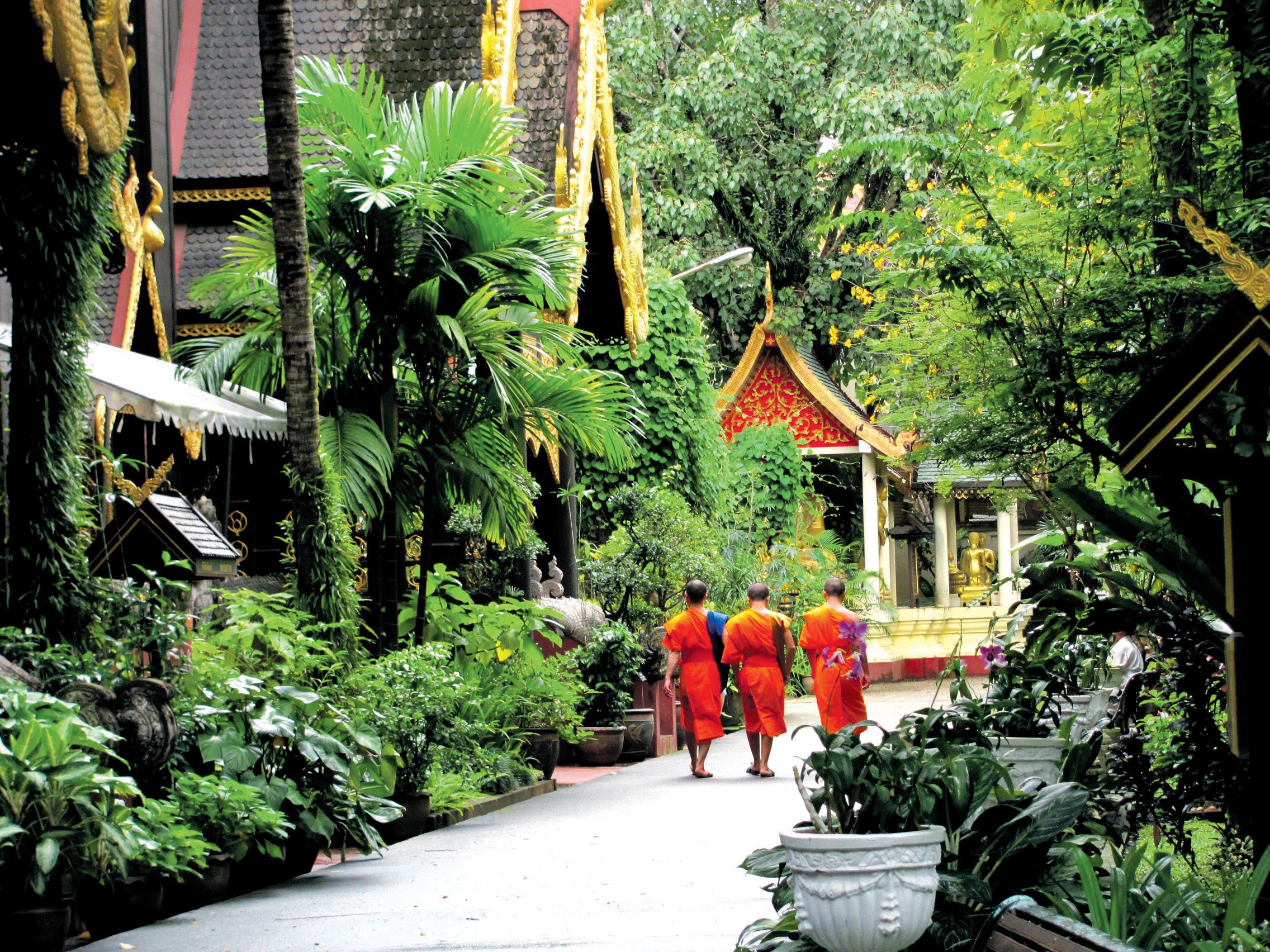
Breakfast, Legend Hotel
Hilltribe performance

Legend Hotel
Bronze Buddha, Wat Phra Kaew

Wat Phra Kaew
Sawneng hiking Lanjia Lodge
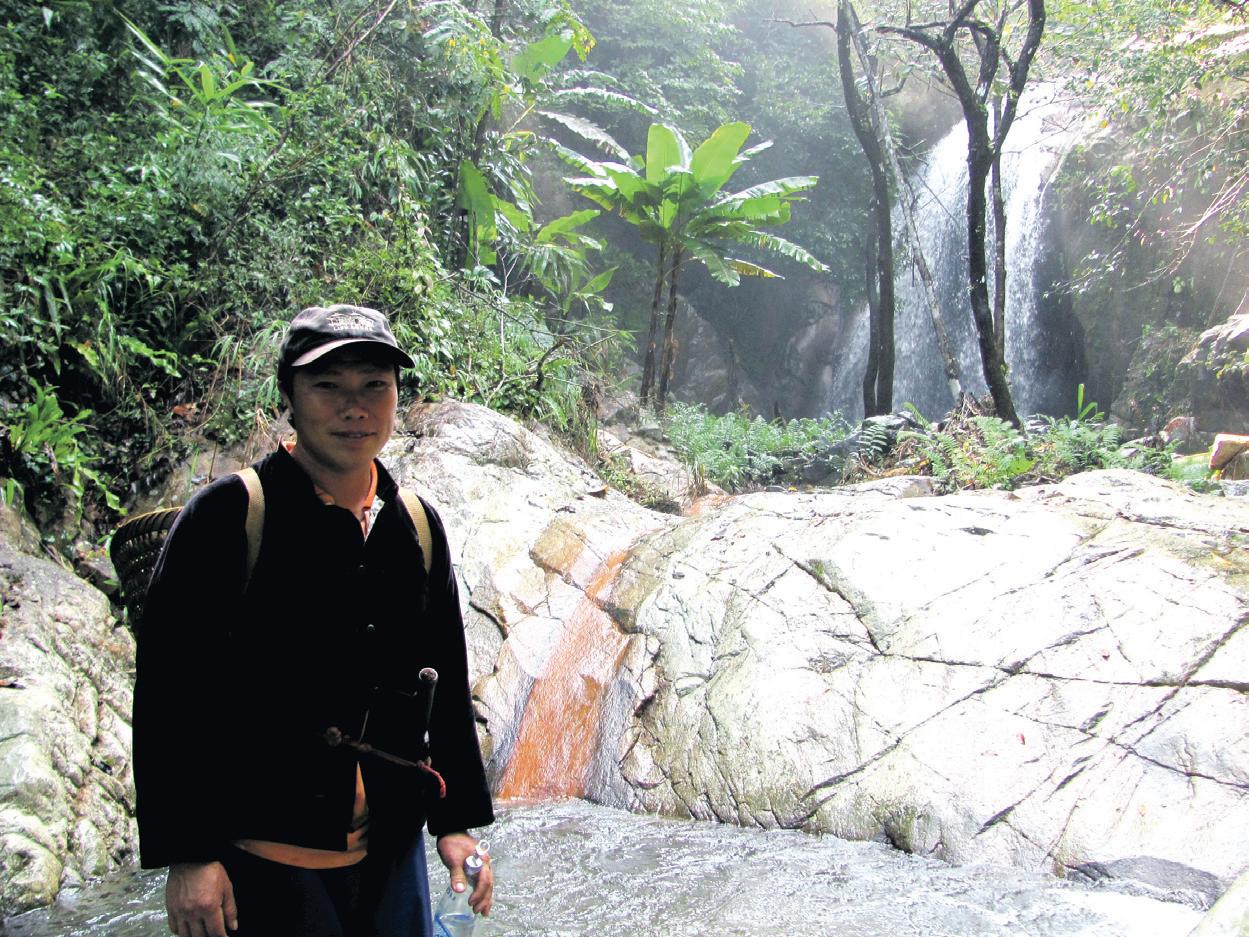

Sampling organic tea


Clock Tower, Chiang Rai Batik making Monks, Wat Phra Kaew
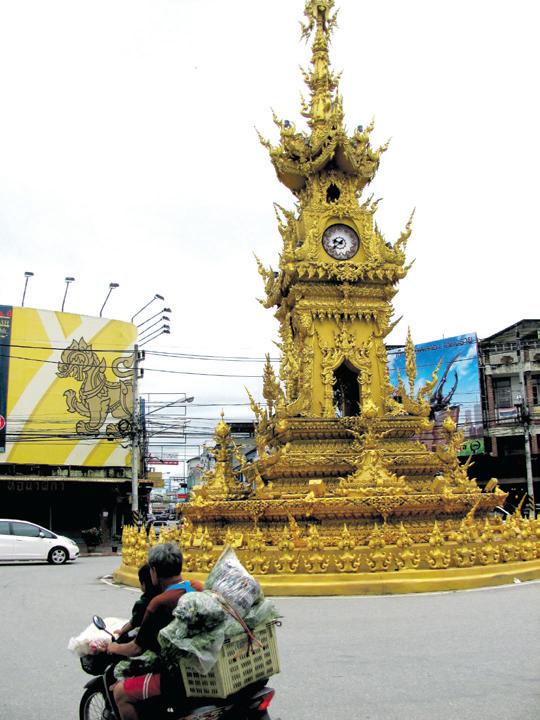



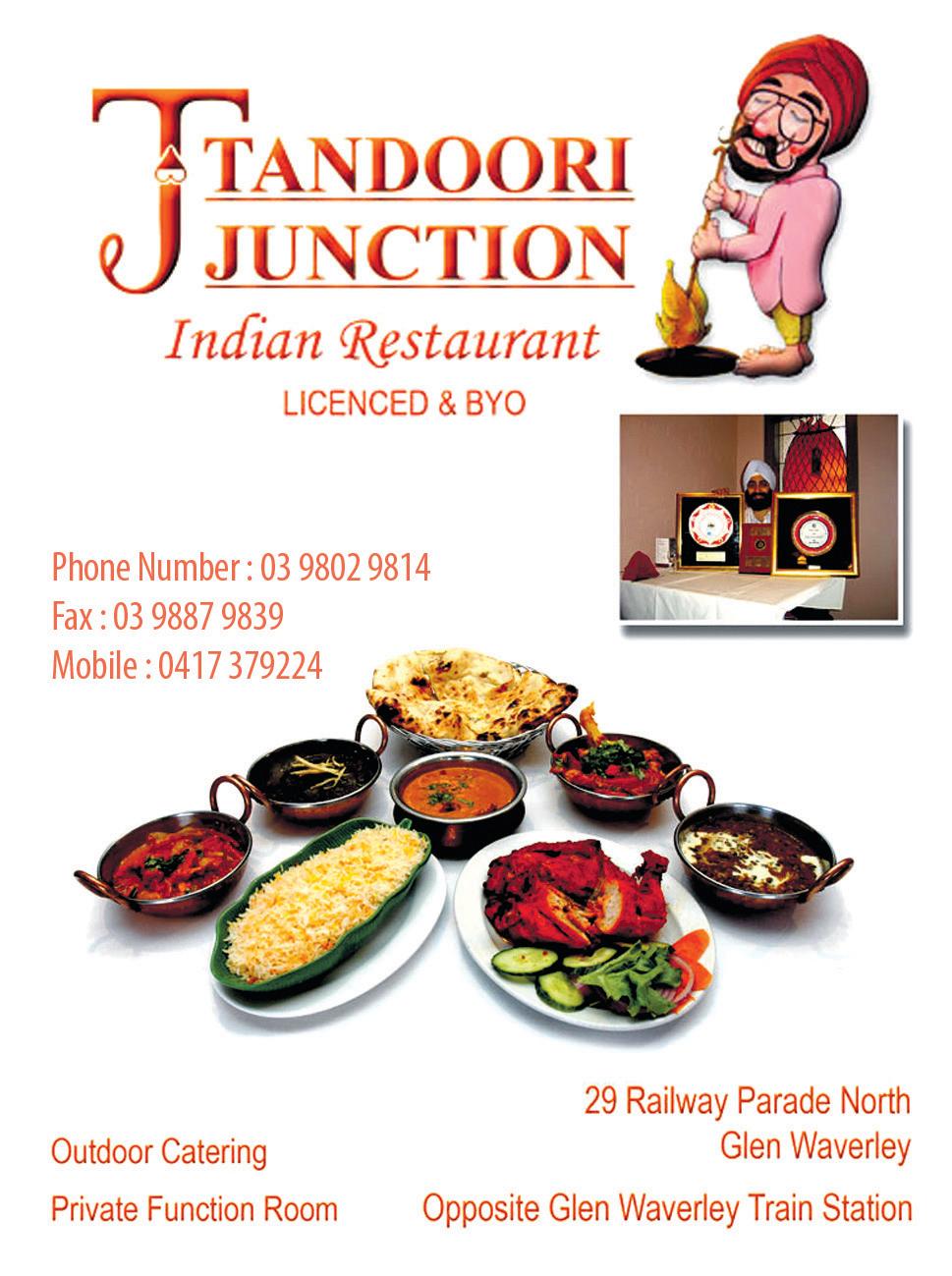
Seeking suitable match (from Australia, never married) for hindu girl 34 years, Chartered Accountant (non-veg), living in Australia over 25 years, with eastern and western family values. Please email with all details on ganesh2011v@gmail.com
Punjabi groom sought for beautiful hindu Punjabi girl, 40 years, 5’4” height, Australian citizen, divorced (no kids) and holding teaching qualifications (taught in Australian and uK schools). Interest invited from qualified boys settled in Australia. Please contact girl’s brother on 0406 948 892.
Match required for my sister, 5’2”, 34 years, never married, beautiful, slim, fair complexion, double degree holder, and Aust citizen, working in family business. we are a Punjabi Khatri family, settled in Melb. Caste no bar. Please send bio data and photo to matri@hotmail.co.uk
Punjabi Hindu Khatri girl, good looking, smart, homely, never married, 35, 5‘11”,looks very young, seeking tall Indian boy settled in Australia. Two brothers well settled in Sydney. Caste no bar. Contact with photo and details 0425 910 007 or ricky.bhalla@gmail.com
Well educated Punjabi family seeks professionally qualified well settled match for their Australian citizen daughter, 27 years, 5’ 4”, fair, slim, traditional Indian/ western values, highly educated, Master of Teaching and MBA from Australian universities. working as project officer in well reputed company. Please email particulars with recent picture to schanderchopra@hotmail. com or call 02 9760 1832 / 0431 289 442.
Punjabi Saini boy in Sydney, Australian citizen, 30, 5’5”, divorced, Customer Service Rep, whole family well settle here, looking for single/divorced good hearted, family oriented girl. Caste no bar. Send full detail to email: hsingh83@hotmail.com or SMS 0469 418 689.
Hindu gujjar boy, 32, Australian Permanent Resident, working as Assistant house Keeping manager in Sydney, regular job in 4-star hotel, earning $50,000 per annum, divorced. Reputed family in India. Looking for qualified, smart, sweet natured, down to earth girl.
Contact 0431 326 292.


Seeking tertiary qualified Hindu girl below 25 years, for boy with BA Acc. hon degree, non smoker, non drinker, stable job with strong values and well settled family in Australia. Preferred height, 5’4” and above with strong values. Please send full details to newrishta@y7mail.com
Seeking tertiary qualified Hindu girl, below 25 years, for boy with BA Acc.hon degree, non smoker, non drinker, stable job with strong values and well settled family in Australia. Preferred height 5’4” and above, with strong values. Please send full details to newrishta@y7mail.com
Hindu gujjar boy, 32, Australian Permanent Resident, working as Assistant house Keeping manager in Sydney, regular job in 4-star hotel, earning $50,000 per annum, divorced. Reputed family in India. Looking for qualified, smart, sweet natured, down to earth girl.
Contact 0431 326 292 or email baba_ankur@yahoo.com
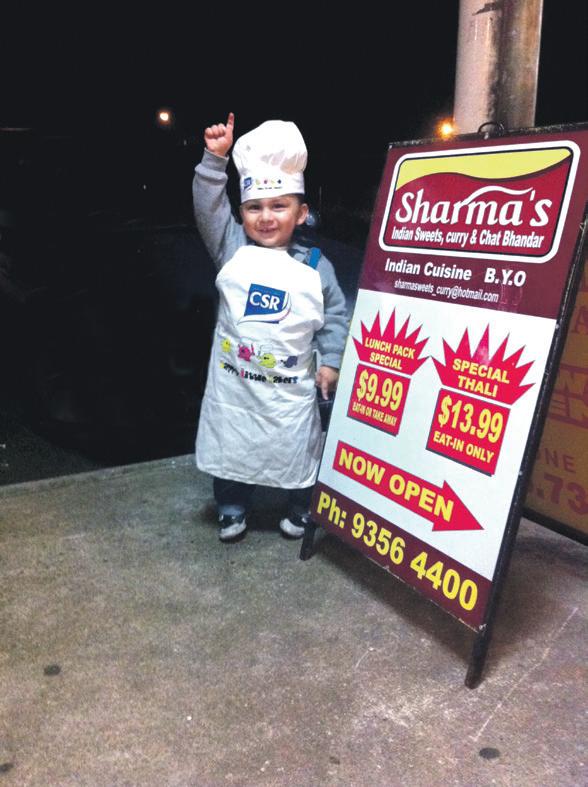
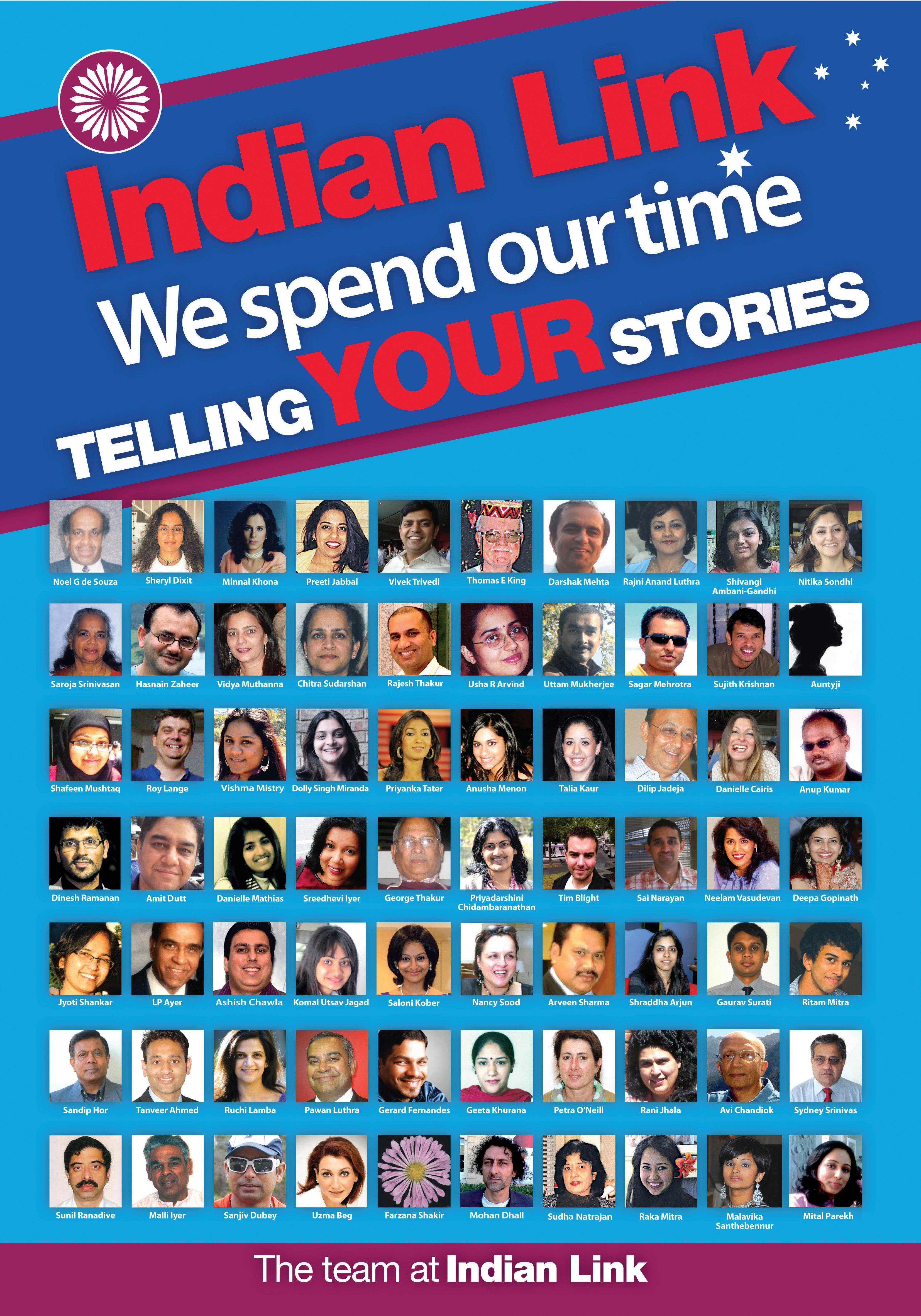
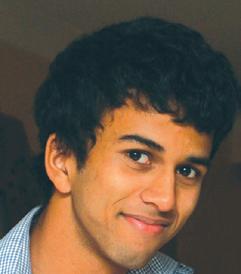
In October, the Sydney Cricket Ground played host to the seventh annual Bradman Gala Dinner, a truly memorable event that recognises not just two of the greatest cricketers of all time, but two gentlemen who exemplified the values of integrity, respect, and determination – traits that Sir Donald Bradman brought to the game more successfully than most. This year, the recipients of the honour were Australia’s Glenn McGrath and India’s Rahul Dravid.
Each year since 2006, The Bradman Foundation has honoured a successful past cricket player who brought to the game every ounce of passion and courage expected of a Test cricketer, but left pride in the wake of humility both on and off the field.
The list of past Honourees is few and exclusive - the list reads: Norm O’ Neil, Neil Harvey and Arthur Morris (who were both in attendance on the night, and are also the only two surviving members of Bradman’s 1948 ‘Invincibles’ team), Sam Loxton, Bill Brown, Alan Davidson, Dennis Lillee, Sunil Gavaskar, Adam Gilchrist, Richard Hadlee and Bob Simpson.
If it wasn’t already tough enough to find more illustrious company, the 2012 Bradman Honourees managed to raise the bar. Although Dravid was unable to attend the function because of an illness in the family, he gave his acceptance speech through a familiar voice – former Prime Minister John Howard delivered Dravid’s words to an audience packed with past cricketing icons, after they had a once-in-a-lifetime opportunity to have drinks on the field and take a photo with a very realistic cutout of the Don himself.
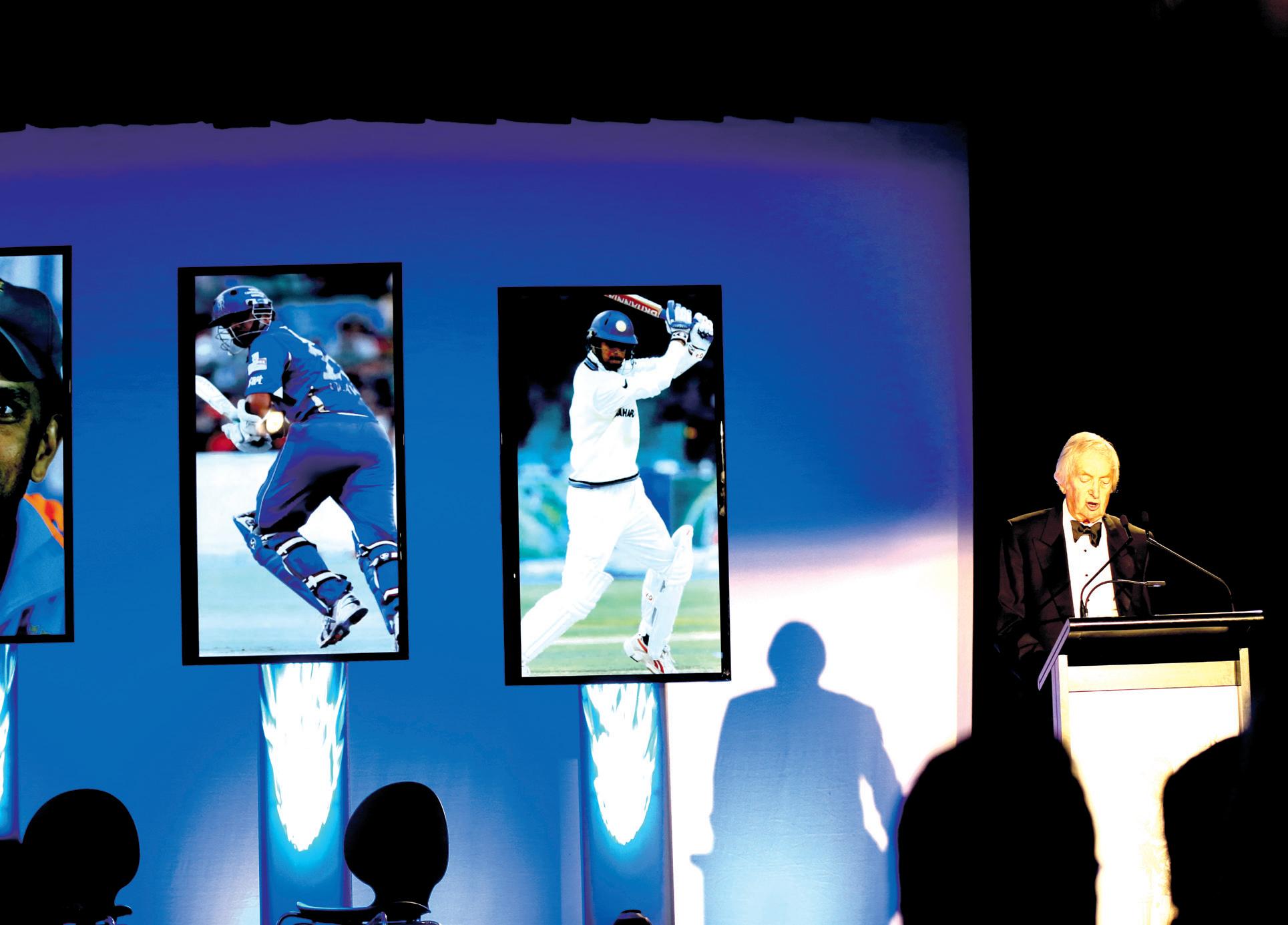
“I remember the excitement that went through Indian cricket when we heard the news that Bradman had seen Sachin Tendulkar bat on TV and thought he batted like him. It was more than mere approval; it was as if the great Don had finally passed on his torch. Not to an Aussie or an Englishman or a West Indian. But to one of our own,” said Dravid through Howard.
Richie Benaud OBE, the former
Australian captain and now Patron of the Bradman Foundation, paid tribute to both, McGrath and Dravid on their achievements.
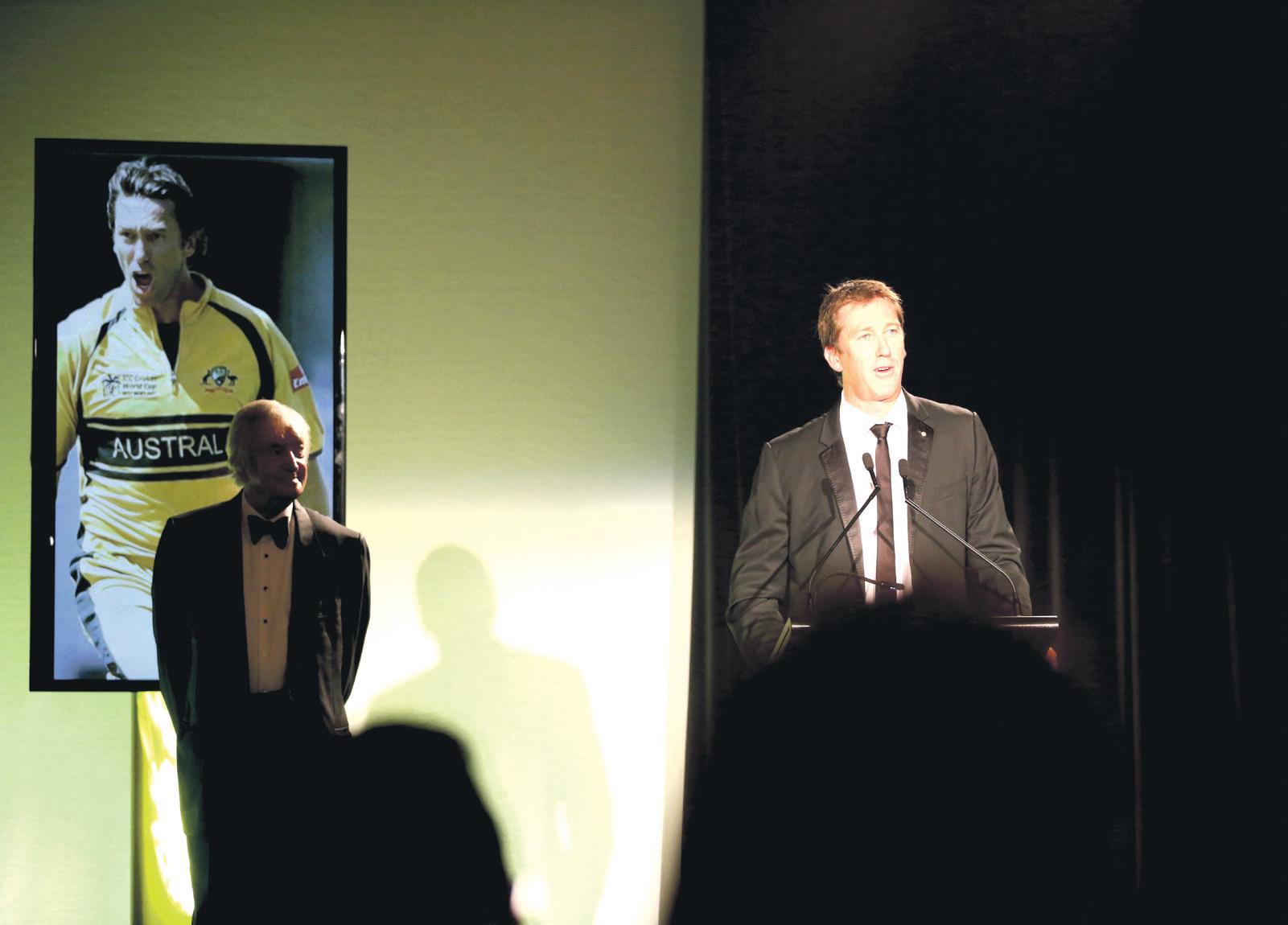
Benaud is synonymous with the Australian summer of cricket, and as one of the most respected cricket personalities in history, the praise he reserved for these two players will certainly rank among their proudest honours.
Benaud aptly summed up the esteem in which Dravid is held worldwide saying, “He represents everything that is decent about this great game.” Benaud also looked back on calling Dravid’s debut match at Lord’s – a debut he shared with Sourav Ganguly –with genuine fondness.
Joint Honouree Glenn McGrath was no less generous in his praise of Dravid himself. “I’m proud to accept this alongside Rahul; to me he’s a guy the Australian team respected more than any other in the world. He’s a class player and a top bloke. There are a lot of memories with him – good and bad, of course one time in Kolkata he and VVS (Laxman) batted all day,” he said.
In Dravid’s absence, however, McGrath was the focus of the night, with tributes being paid not only to his wonderful career – he took 563 wickets in Test matches and 381 in ODIs, retiring as the leading Test match fast bowler of all time – but also to his work
in establishing the Jane McGrath Foundation, whose 78 McGrath Breast Care Nurses now support over 16,000 Australian families.
McGrath has also recently taken over from Dennis Lillee’s role as the director of MRF’s Pace Foundation fast bowling academy in Chennai, under which bowlers like Javagal Srinath, Zaheer Khan, Brett Lee and Chaminda Vaas have all prospered. Indeed, even Tendulkar spent some time at the academy in his younger years, training to become a fast bowler. McGrath’s stature in the game as one of the most respected greats will certainly have a significant impact in his nurturing of the next generation of fast bowlers.
“To stand here (at the SCG) it’s amazing to see where the time goes. I feel privileged and lucky to represent Australia for fourteen years. I still get goosebumps when I walk out onto the SCG – it’s my favourite ground in the world. To think about where I grew up…to think I was lucky enough to play for Australia for fourteen years alongside guys like Steve Waugh, Matthew Hayden and Gilly,” reminisced McGrath in what was a humble and heartfelt speech.
Plenty of other fast bowling greats were present on the night – 2009 Bradman Joint Honouree, Dennis Lillee, as well as his partner-in-crime Jeff Thomson formed part of a World Series
Quizzed by Stuart Clark (who was still fresh off the plane from the Sydney Sixers’ Champions League triumph in South Africa) and Tim Gilbert, the quartet gave some fascinating insights into the rise of World Series Cricket and the challenges it overcame to change the face of cricket forever.
The players looked back with perhaps bittersweet nostalgia about the tough time they had as players in the face of a regime under which players received little pay and relied on employers being accommodating with leave requests, making it impossible for players to support their families.
Benaud continued to charm with his quips – saying Cricket Australia, formerly known as the ‘Australian Board of Control’, was named so “for good reason”.
Thomson in particular was the crowd favourite, and perhaps with good reason – he bowled some quick-fire bouncers at the late Kerry Packer (all in good humour of course) to prove that he was still as sharp as a tack. Incredulous at the amount of money Packer had thrown at the game in order to bring entertainment value to cricket and professionalise the players, Thomson’s selfdeprecating humour and
Benaud aptly summed up the esteem in which Dravid is held worldwide saying, “He represents everything that is decent about this great game.”
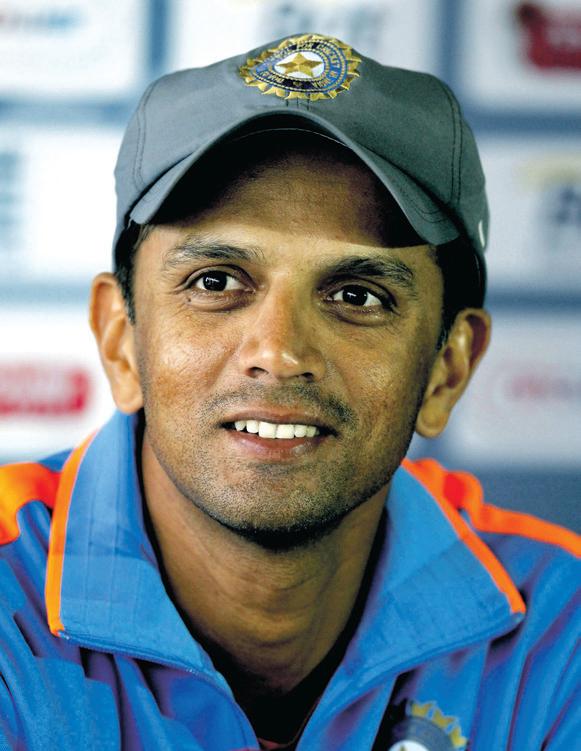
mcGrath’s stature in the game as one of the most respected greats will certainly have a significant impact in his nurturing of the next generation of fast bowlers.
McCosker’s raw admiration for the West Indian quicks at the time –Holding, Garner, Croft, Roberts –typified the relaxed yet interesting conversation.
Lillee summed up Packer’s influence on the game with this: “Every single professional cricketer should find Kerry Packer’s grave and worship him.” And indeed they might – Lillee recalls being paid in the vicinity of $400 a Test match at the time.
The night was still however, mostly about the two Honourees – and McGrath and Dravid are two of those gentlemen in the game’s history who are, quite simply, in a class of their own.
Two of the world’s greatest cricketers are honoured for their passion, courage, talent and integrity2012 Bradman Gala Dinner Photos courtesy of the Bradman f oundation

The sun is beaming down and the air conditioning has been switched on early mid-morning. The sound of kids splashing in the pool echoes throughout many suburban backyards. It’s summertime and Christmas day. There is no need to spend hours slaving over a hot stove. Chill out and have a cold style Christmas Aussie lunch.
roast chicken
Drumsticks with Salsa
Serves 8
Preparation time: 30 minutes
Cooking time: 1 hour
This dish should be prepared the night before Xmas, stored in the fridge overnight and ready for your Christmas lunch the next day.

2 kgs chicken drumsticks
1 lemon
1 tsp paprika
½ tsp lemon pepper
seasoning
1 tbsp olive oil
Pinch of salt
Lemon wedges to serve
Preheat oven to 200 degrees or 180 degrees (fan forced). Place the drumsticks in a roasting dish. Cut the lemon into quarters and squeeze lemon juice over the drumsticks. Rub the oil over the drumsticks and sprinkle with paprika, lemon pepper seasoning and salt. Roast the drumsticks for 45mins – 1 hour, until golden brown. Cool and refrigerate until needed.
Salsa
4 ripe tomatoes
½ small onion, finely chopped
1 clove garlic, crushed
1 tbsp lemon juice
1 tbsp Tabasco sauce
1 tbsp olive oil
Pinch salt
¼ cup chopped parsley
Cut the tomatoes in half and remove the seeds. Dice the tomatoes into 1cm cube-sized pieces. Combine this in a bowl with the diced onion, crushed garlic, lemon juice and oil. Add Tabasco sauce and salt to taste. Stir through the parsley. Stand for and hour so to let the flavours
develop.
When ready serve alongside chicken drumsticks.
Brown rice salad
Serves 8
Cooking time: 15 minutes
Preparation time: 15 minutes
The rice can be cooked in advance for this recipe. Slice and chop the vegetables beforehand and place in fridge until ready to serve
500g small cooked prawns
2 cups (22g) cooked brown rice
(approx 2/3 cup uncooked brown rice)
1 medium red capsicum, chopped
finely
3 spring onion, finely chopped
2 trimmed celery stalks, finely
chopped

2 tbsp lemon juice
2 tbsp olive oil
2 tbsp cream
2 tbsp finely chopped fresh chives
1 tsp caster sugar
Shell and devein prawns, chop up into 1cm cubed sized pieces. Place brown rice in a large bowl. Add chopped prawns, sliced capsicum, chopped spring onion and chopped celery stalks. Combine
lemon juice, olive oil, cream, chives and sugar together. Add to rice and vegetables. Gently toss through.
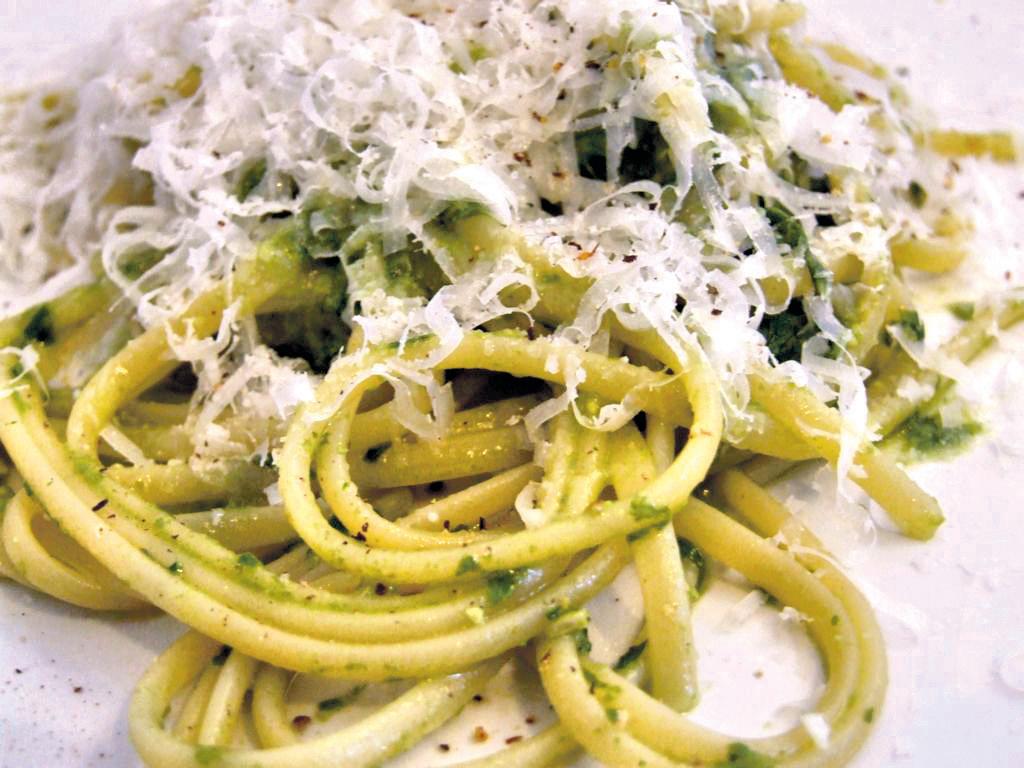
Pasta Salad
Serves 8
Preparation time: 20 minutes
Cooking times: 10 minutes
1 bunch fresh basil leaves
2 tbsp pine nuts
2 gloves of crushed garlic
2 tbsp olive oil
500g penne pasta
250g grape tomatoes
½ Spanish onion, thinly sliced
1 red capsicum, thinly sliced Bocconcini cheese
Place the basil leaves, pine nuts, garlic and cheese into a food processor. Pulse until well chopped. Slowly add the olive oil and continue to pulse food processor. Season with salt and pepper.
Cook the pasta in boiling salted water as per the packet instructions. Once cooked, drain pasta into a colander and rinse
with cold water. Place into a large bowl. Add grape tomatoes; scatter thinly sliced onion and capsicum through dish. Add the pesto sauce and stir until well combined. Ready to serve!
Green salad with Mango

Serves 8
Preparation time: 20 minutes
3 Lebanese cucumbers
1 small red onion thinly sliced
2 medium mangoes, peeled and cut into matchsticks
400g mixed salad leaves

1/3 cup olive oil
¼ cup lemon juice
2 tsp wholegrain mustard
Using a vegetable peeler, cut thin ribbons from cucumbers. Place cucumber in a large bowl. Add onion, mango and salad leaves. Whisk together oil, lemon juice and mustard in a bowl until well combined. Add the dressing to the salad. Toss gently to combine.
Serve
Sunset Pavlova
Serves 8
Total cooking time: 1 hour
Preparation time: 30 minutes
The Pavlova should be made the day before.
4 egg whites
1 cup castor sugar
cornflour
1 tsp white vinegar
1 cup fresh cream ¼ cup flaked coconut ½ peeled, cored and thinly sliced fresh pineapple
1 peeled and sliced thinly fresh mango
2 peeled and sliced fresh bananas
2 fresh passionfruit
Preheat the oven to 170 degrees for a conventional oven or 150 for a fan forced oven. Line a baking tray with baking paper. Place the egg whites and a pinch of salt into a large and very clean glass bowl. Ensure the egg whites are at room temperature. Using an electric beater, beat slowly until the whites start to become a frothy foam, increase the speed of the beaters until the bubbles have become small and evenly sized. When the foam forms stiff peaks, add the sugar gradually, continuously beating after each addition, until the mixture is thick and glossy, and all the sugar has dissolved. Don’t overbeat the mixture otherwise it will become grainy.
Using a metal spoon, fold in the sifted cornflour and vinegar. Spoon the mixture into a mound onto the prepared baking tray. Lightly flatten the top of the Pavlova and smooth the sides. The Pavlova should have a cake shape. Bake the Pavlova for 1 hour, or until pale cream in colour and crisp on the outside. Remove from the oven while warm, and carefully turn upside down onto a serving dish.
Spread flaked coconut onto a baking tray with baking paper and cook for 2-3 minutes, until lightly toasted. Cool completely.
Using the electric beaters, whip the fresh cream until soft peaks form, then spread over the Pavlova.
Top the cream with thinly sliced pineapple, mango and bananas. Drizzle the Pavlova with the pulp of 2 fresh passionfruit, and sprinkle with toasted coconut. Cut into wedges and serve.
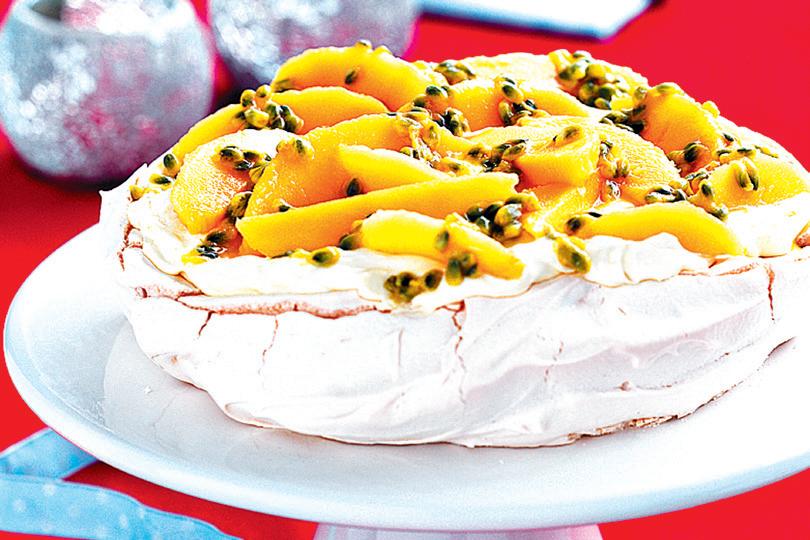
This X’Mas, try a local laid-back lunch that allows you to relax and enjoy the holiday










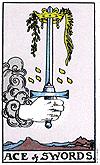


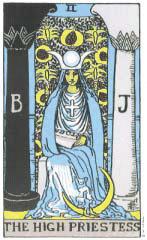




It is important that you are very firm about any plans that you have, and not allow anyone to come in your way. Remain strong and determined in what you desire. The cards indicate that you need to be very meticulous when it comes to any business dealings this month. Check the facts, details and wording before you sign any documents. Romantically, there is a strong chance of meeting a fire sign which can turn into a long term love.
you will be thinking of taking a nice long holiday. you are particularly fond of water, and the cards indicate that you will be close to it. Make sure that you allow people to prove themselves to you. There are also a lot of changes around your work life and you are bursting with ideas. you will be thinking about a past lover, and you may hear from them. you may need a blood test - do not delay.
The cards indicate that you may meet a lover of the opposite sex who will share your month of birth. you will be better off as friends. you will be called upon by an organisation to prove yourself. This month promises a time of great achievements and fresh ideas. you will also be full of energy when it comes to your own health and exercise routines. you may wait for a mail or document, which will arrive this month.
The cards indicate a time to be extra careful with financial matters. you may be tempted by a financial proposal, but make sure you read all the small print and not allow yourself to get carried away. There is a marked improvement in your life at home, you will be feeling better and happier about things. There is an indication that you may be feeling a little stressed-out this month, but allow yourself to say, this too shall pass!
This month the cards indicate a time to get away with a loved one for a well-deserved break. Some lucrative job offers may come your way, but you need to be able to accept them with full confidence. This month is all about advancement and promotions. you are in real need of rest, so there is an indication that you will need to go out less during the week. you will be looking at a new car, treating yourself?

This month you are being urged to start making plans and to stick to them as you have been sitting on the fence for far too long. There are amazing opportunities coming your way, but you have got into a lazy mode, and are unable to go forward. A strong connection with a married person must stop, as there is an indication of heartbreak. you are also thinking of buying a pet. Think carefully, as a dog is for life!
The cards indicate a time to treat yourself and spend on some well-deserved luxuries. you are feeling unhappy with your love life of late, and recently you have become bored and frustrated. There has to be some mutual interest and respect which is missing. The cards show a very good chance of a promotion or a new opportunity around you this month. Make sure you do not show complacency, as this opportunity will be very good for you.
The cards indicate that you need to make some firm decisions to change your lifestyle. There will be a new person entering your life, and you need to make sure you can accommodate them. you are quite set in your ways, but this lover will want a serious relationship. work-wise, if in business there is a wonderful opportunity, but you are advised to look at all angles and plan accordingly. Take it easy so you do not get ill.
This month your focus will be debts and money. you have a lot of strength and are willing to take on some new challenges. you will also be in a very optimistic mood with work and family. Even though there has been some difficult times lately, you will be able to keep the peace. There are friends around you who will be supportive and stand like pillars of strength when you need them. Look at changing your hairstyle.
There are some happy times in store for you, both at work and in your romantic life. There is a need to keep happy and smiling, and avoid feeling tense and angry for too long for no reason. Be particularly tactful when dealing with colleagues. when you are dealing with them, listen to their viewpoint. There are some difficult family members around you this month, so keep your patient hat on or you will get into arguments. Check your health.

This month you will be looking at a physical exercise and fitness routine, which will help solve many major problems around you. There may be some office politics, the cards indicate that you need to keep clear of them. There are major changes this month, with regard to relationships you will be making an effort to compromise which you do not find easy to do. your partner will be testing your patience and you may have some arguments. Keep cool.
This month is a time for building old bridges and forgiving those who have upset you. There will be some health issues that are persisting. Nothing to worry about, just aches and pains seem to be bothering you. you will be thinking about buying a property or doing some house-hunting, as there is a chance you will be moving from your present accommodation. work will get better as long as you put in 100% effort in your daily regime.

Come along to “Aussom Family Day Care ”
Aussom Family Day Care opened its doors in Jan 2008 and has offices in both Melbourne and Sydney, to provide quality early childhood education and care to children. Aussom’s mission is to support women who want to build a satisfying career in early childhood. To be a part of Aussom is to be valued and nurtured as a contributing member of society with skills and attributes that can be used to nurture the health, safety and well-being of children. We will support you to gain the skills and knowledge required to become an early childhood educator by providing one on one advice, support visits and training.
• We offer flexible contracts to genuine people interested in caring for and educating children aged between infants to 12years old in their own home,
• We would love to engage a diverse range of educators from many different cultures,
• A commitment to enrol into Certificate 3 in Children’s Services and other criteria apply,
• We have a team of dedicated professionals waiting to help you kick start your career
• We offer comprehensive support and guidanceall you need to do is pick up the phone and make an appointment.
We also have vacancies for care for children with our other educators. If you are studying, looking for work or are working and want care for your child\children please call as we have educators across Melbourne.
Aussom Family Day Care

49 Hopkins Street Footscray 3011

Footscray 3011
Opening hours
Mon - Fri 9am to 5pm email: info@aussom.com.au

lots of jaan in JTHJ
yash Chopra would have been pleased with filmgoers’ response to his swansong movie Jab tak hai Jaan (JTHJ). The director’s evergreen romance formula seems to have worked wonders with the movie which grossed Rs.60.39 crore at the domestic box office in just four days of its release. The Shah Rukh Khan, Anushka Sharma and Katrina Kaif-starrer love story released on 2,500 screens on the auspicious occasion of Diwali. Produced by Aditya Chopra under the family banner yash Raj Films, JTHJ was reportedly made at a budget of Rs.50 crore. Shot in exotic foreign locales, the movie witnessed a good opening in the overseas market too.
The total overseas collections turned out to be $4.75 million (Rs. 26 crore). JTHJ released alongside Ajay Devgn’s Son Of Sardaar, a comedy entertainer. Looks like there’s a lot of jaan in JTHJ!
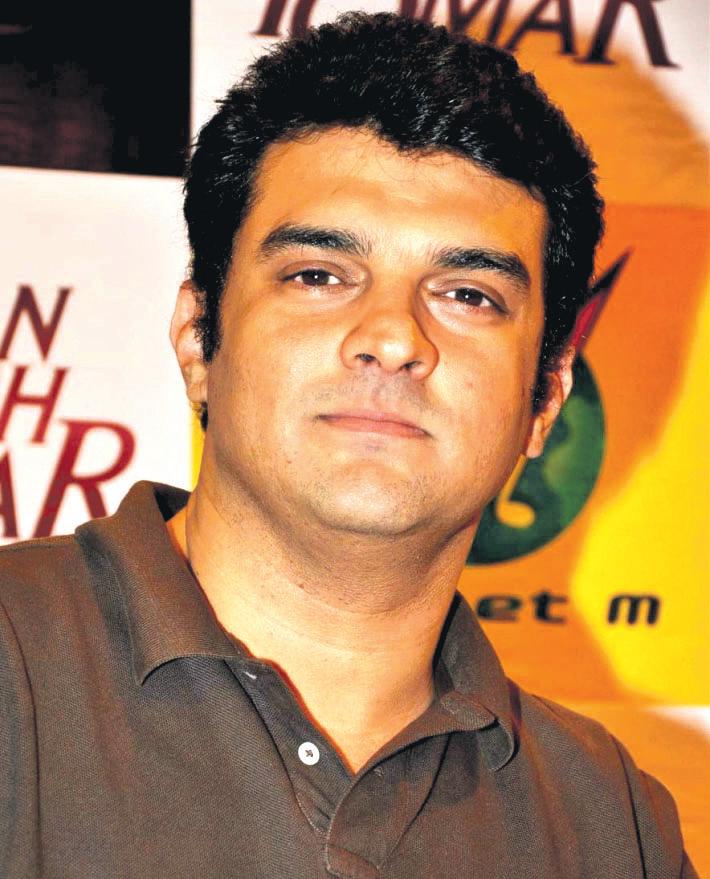
Aamir Khan’s shower scene in Ghajini turned out to be a turning point in the film, so Bollywood’s buzzing that the actor-filmmaker is planning to include a similar shot in his new film Talaash too.
If sources are to be believed, a shower scene in Talaash will also play a pivotal part in the movie. It will see Aamir, who plays Inspector Shekhawat, get to the root of the problem that he fights against.
His debut film was hitting theatres across the country, but nineteenyear-old actor Suraj Sharma was busy writing his exam at Delhi’s St. Stephen’s College on Nov 23.
No doubt everyone sighed a sigh a relief upon reading this news. The story that the Philosophy student might not be allowed to sit his exams was reported the world over. (“Life of Pi star is a complete flunker,” said the headlines here in Oz). Apparently Suraj lacked the requisite minimum attendance and had also not submitted assignments as asked by the college authorities.
But in the end it all worked out well, with the sun refusing to set on his academic career!
Suraj’s film, based on Yann Martel’s novel of the same name, is directed by hongkong-based director ang lee and also stars actors Irrfan and Tabu besides Sharma.
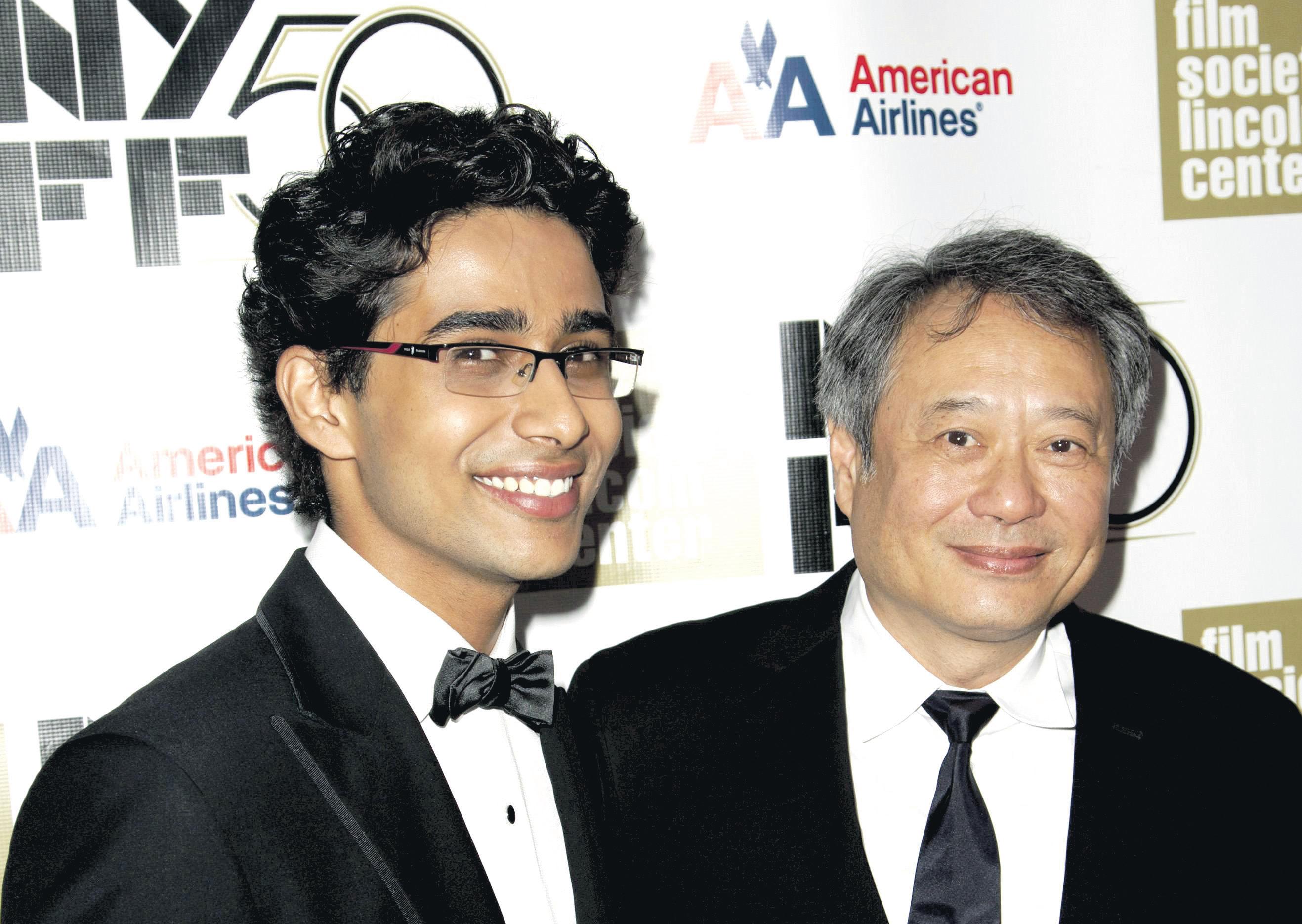
Before Sharma, the captain of India’s Under-19 World Cup winning team and a fellow Stephanian, Unmukt Chand, wasn’t allowed to sit for his first year exams because he was short of attendance. later, Delhi University permitted him to move to second year with the proviso that he would have to clear his first year exams along with the third and fourth semesters of second year.
Meanwhile, Life of Pi has been quite impressive in India, collecting rs 3.5 crores in the first week. It was released in English, Hindi, Tamil and Telugu, and in both 2D and 3D formats.
“Life Of Pi a must watch!! Its message will have multiple interpretations and will be open to post viewing analysis. That’s the fun of it,” filmmaker Karan Johar tweeted.
“Watching Life Of Pi second time in two days. Brought my daughter and her friends. Nice to see a full house and lots of kids. fantastic movie,” kapur tweeted.
Life Of Pi narrates the tale of a boy who is adrift at sea in a lifeboat with a royal Bengal tiger after his family is drowned in a shipwreck.
“The scene in question was shot in a flat that belongs to hairstylist Avan Contractor’s mother. It was a one-take shot,” said a source.
Perhaps Aamir feels that the shower scene is his lucky charm, a sentiment shared by the film’s crew. A spokesperson from Taalash confirmed that there is a scene in the movie similar to the one
in Ghajini, but refused to comment any further as “it occurs at a very significant point of the film.” Directed by Reema Kagti, the film will release in endNovember and also features Rani Mukerji and Kareena Kapoor.
Meanwhile in an attempt to promote the movie, Aamir will also be seen in two episodes of TV crime thriller C.I.D., which is also one of the longest running TV shows in India, and its theme is in tune with the film’s basic plot. So look out for yet another Aamir treat!
Sonakshi’s keen on Saif yes, it’s true, but only for Bullet Raja Sonakshi Sinha and Saif Ali Khan will be paired together in the movie for the first time. Sonakshi has worked with big names like Salman Khan, Akshay Kumar and Ajay Devgn, and she’s quite excited about working with Saif as she considers it a “fresh pairing”.
“It’s a very fresh pairing and I am looking forward to work with Saif Ali Khan. I actually wanted to work with him for quite some time, and luckily got an opportunity with Bullet Raja. I am extremely excited to work with Saif,” said an excited Sonakshi. Bullet Raja, directed by Tigmanshu Dhulia, is set around the uttar Pradesh-based mafia.
The shooting of the movie has already begun, but Sonakshi was busy with other commitments and will join the crew in February 2013.
“I was busy shooting for Once Upon a Time in Mumbai 2 and Dabangg 2, and I may have to travel to uttar Pradesh for the shoot,” she stated.
The actress, who made her Bollywood debut with Dabangg in 2010, says she is happy with the roles she has received.
She says, “Luckily I am doing some good films, and I am fortunate to be part of Lootera, which has been a tough role and different.” She features in the film opposite Ranveer Singh. Not quite in Saif’s class, but one step closer to working with him! Good luck to Sonakshi.
Shah Rukh Khan has revealed that he’s a stay-in-Bollywood man, but surprisingly, that he has no interest in politics. Now many Bollywood actors are making their way into hollywood as well as politics, but King Khan says he is happy acting in Indian movies and doesn’t consider himself fit to be a part of politics.
Third time lucky? This bridegroom-tobe has bagged himself one of India’s most desirable women
(Find the answer under Caption Contest)
“First of all, I have not been offered any hollywood movie. I know a lot of people working in the production of hollywood films. There are a lot of studios here, so we keep meeting the studio heads also. But I don’t feel I have the uSP of being in hollywood,” Shah Rukh said recently. The actor who has completed two decades
ABHILASHA SENGUPTA brings us up-to-date on what’s hot and happening
in hindi film industry, feels hollywood has enough actors of his age and that he wants to dedicate his future to Bollywood only.
“I don’t know kung fu. I’m not the greatest dancer. I’m not like a cool guy. I think they (hollywood) have enough actors of my age. I desire to work in Indian films and be a part of Indian films in any way I can. I dedicate my coming years to Indian cinema only,” he said.
Asked if he plans to be a politician in future, Shah Rukh said, “I have been asked this question for the past many years. I know many politicians and have huge amount of respect for them. I talk a lot to them too, but politics is not my job profile.”
“My job is to make films and entertain people through this medium. I just want that people, who are fed up of continuous ups and downs of the political world, breathe a sigh of relief and get entertained through my films,” he added. however, if he gets the chance to play a politician on-screen, Shah Rukh says he will love to play Rashtriya Janata Dal chief Lalu Prasad.
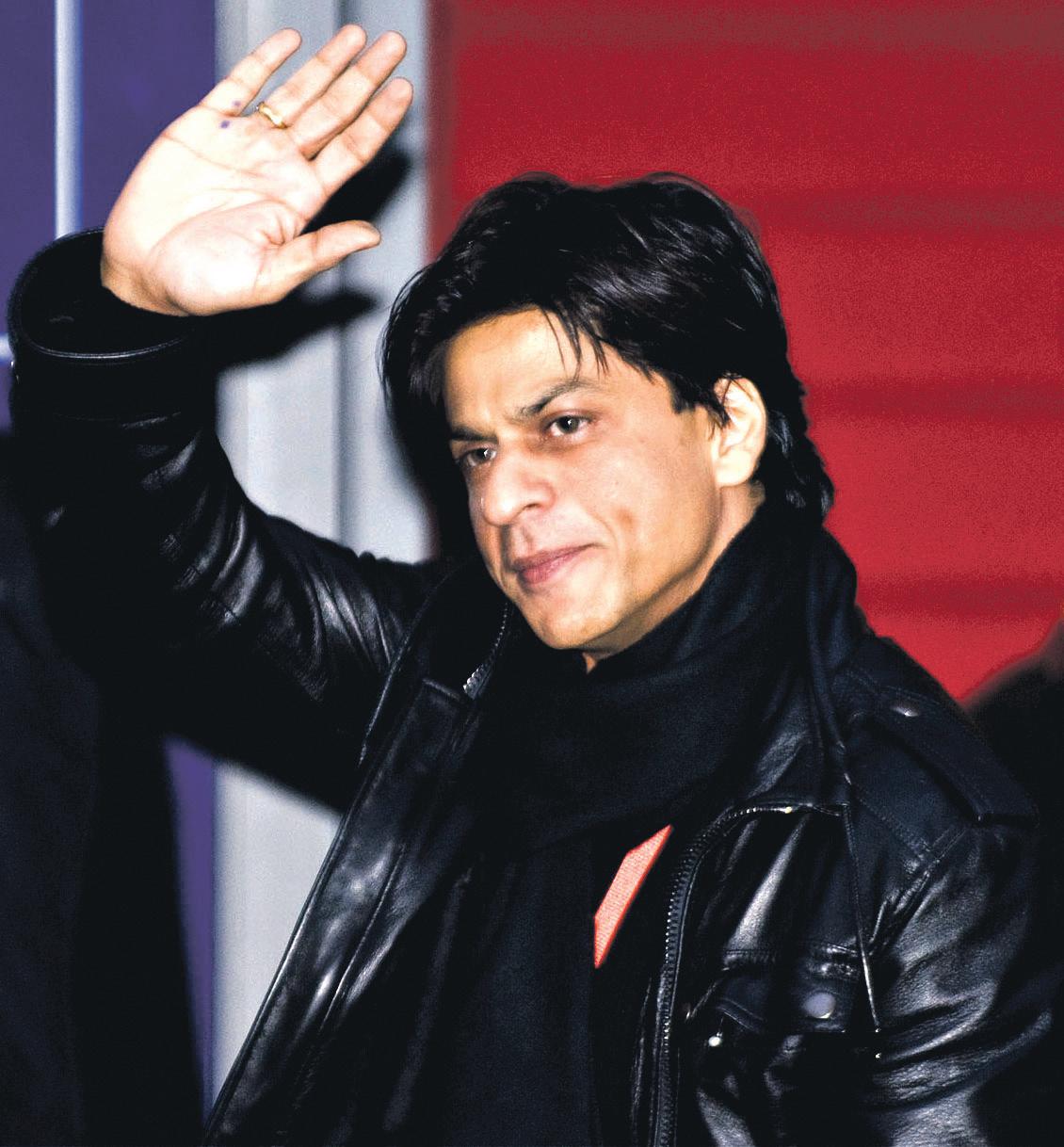
Perhaps he’ll change his mind as he did in Jab Tak Hai Jaan despite his rule of never kissing on screen, he was ‘forced’ into a liplock because of the ‘demand of the script’. Social networking platforms have been abuzz about the kiss scene between Shah Rukh and Katrina Kaif, but the actor has an explanation. “Adi (Aditya Chopra), yash ji and Katrina, and I say this with all humility and thankfulness to them, that they knew I was awkward, I had issues and I am a very easy actor to work with. They are like my family and they said, ‘ you don’t have to do this’ and then they got together and they forced me and then even paid me for it,” he said, tongue-in-cheek.
“So... when heroines say that ‘I wore a bikini because the story demanded me to’, I did it (the kiss) because the story demanded it. Believe me or don’t believe it,” said the 47-year-old actor, who has been in showbiz for over two decades.
Shah Rukh feels doing something as intimate as a kiss on screen, is mechanical. “It is very mechanical with 100 people telling you what to do. It’s very odd. I don’t even do photoshoots with heroines if it is not for my film and that is also rude, but I don’t want to waste anyone’s time. I find it very awkward taking my shirt off and posing. I can do it in character for film,” he said.
The actor consented with late filmmaker yash Chopra insisted on the kissing scene. “he spoke to everyone and he said ‘Shah Rukh, this is a requirement’,” recollected Shah Rukh. So what’s next and new on the agenda for King Khan? Let’s wait and see…
Yash Chopra tribute at Melb Indian film fest 2013
Vidya Balan will return to Melbourne as the ambassador for the 2013 Indian Film Festival of Melbourne, Victoria’s Minister for Innovation, Services and

Small Business and Minister for Tourism and Major Events, Louise Asher announced in late october in Mumbai.
Vidya is one of Indian cinema’s most respected actors and a genuine box-office drawcard.
“Securing such a high profile actor as our brand ambassador adds to the prestige of the festival and Vidya’s attendance at next year’s festival will be sure to delight our local Indian film fans,” Ms Asher

Indian film culture to Victorian
announced that the Festival
relationship with Victoria blockbusters in Victoria,
a vibrant and exciting festival showcasing the best of Indian cinema. “Melbourne is like a second home to me and I look forward to being back,” she Minister Asher was in Mumbai as part of Victoria eek, a program of activities to showcase Victoria’s cultural, creative and business strengths er government is delivering on an election pledge to develop an Indian film festival and bring the best of Indian cinema to Victorian audiences, she said.
Dhir’s second will
riter-director Ashwini Dhir is “extremely happy” and “overwhelmed” with the response to his comedy Son . And he’s certainly not wasting any time, riding the wave of with the scripting of his next film, which will also be a rib-tickler.
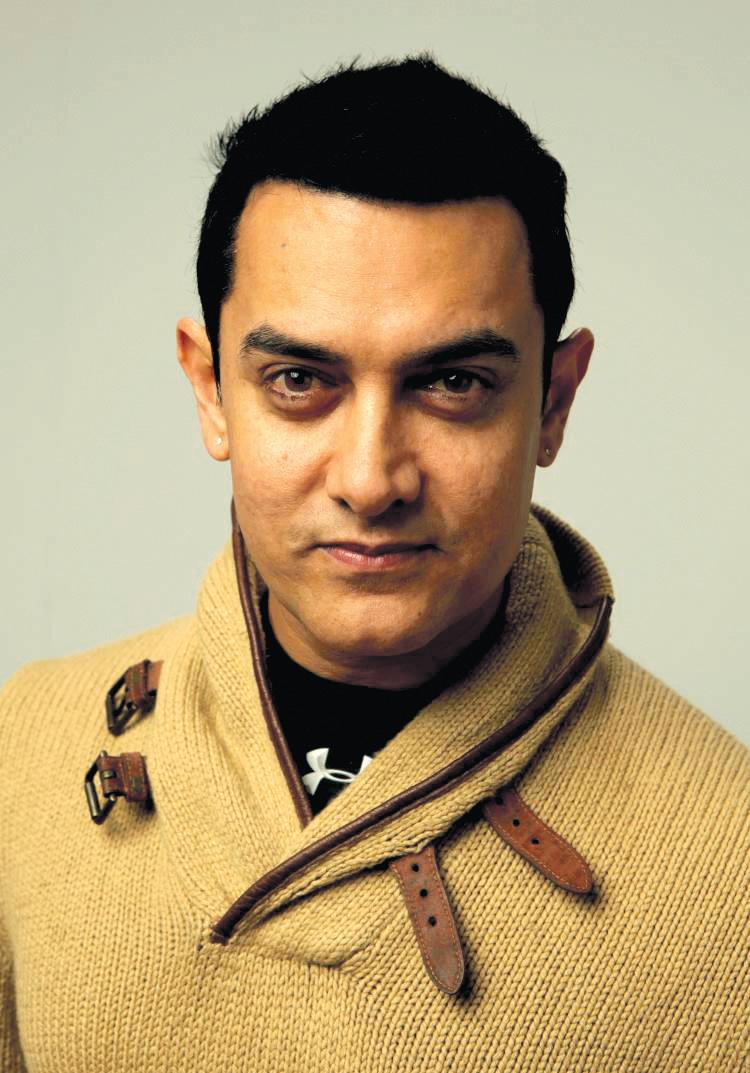
“I have started scripting my next film... All I can say is that the film has a good sense of humour and will be a comedy film,” Dhir said recently.
“The star cast is yet to be decided. once the script is ready, I will make an announcement,” he added.
Dhir has earlier directed films including One Two Three and Atithi Tum Kab Jaoge?
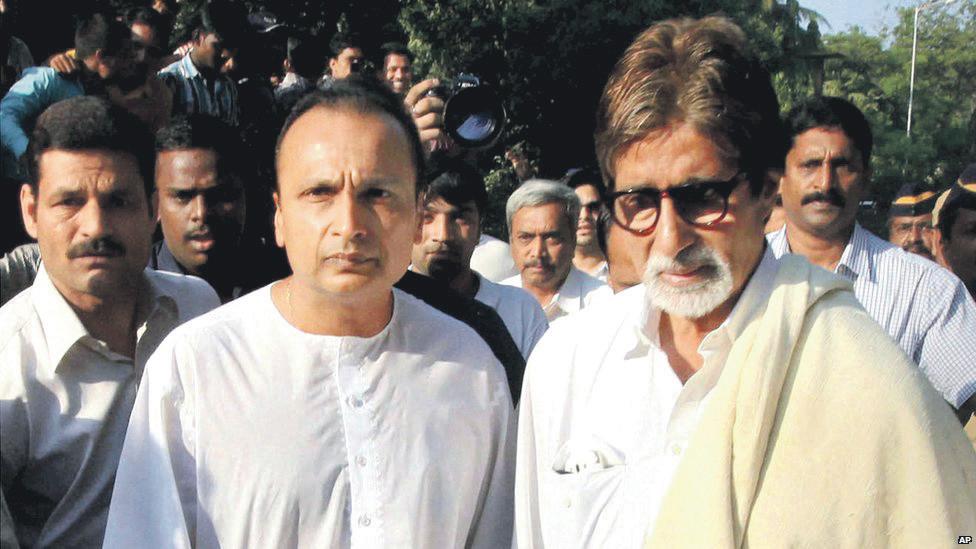
Naturally, Dhir is thrilled about Son Of Sardaar’s performance at the box office, with the movie collecting
Rs.52.13 crore within four days of its release. Dhir said, “Right now I am extremely happy with the audience response and overwhelmed with the box office collection.”
“I was confident about my film and I am happy about the fact that both the films - Jab Tak Hai Jaan and Son Of Sardaar - are doing well at the box office,” he said.
So perhaps his next film will be Grandson of Sardaar? Let’s wait and see…
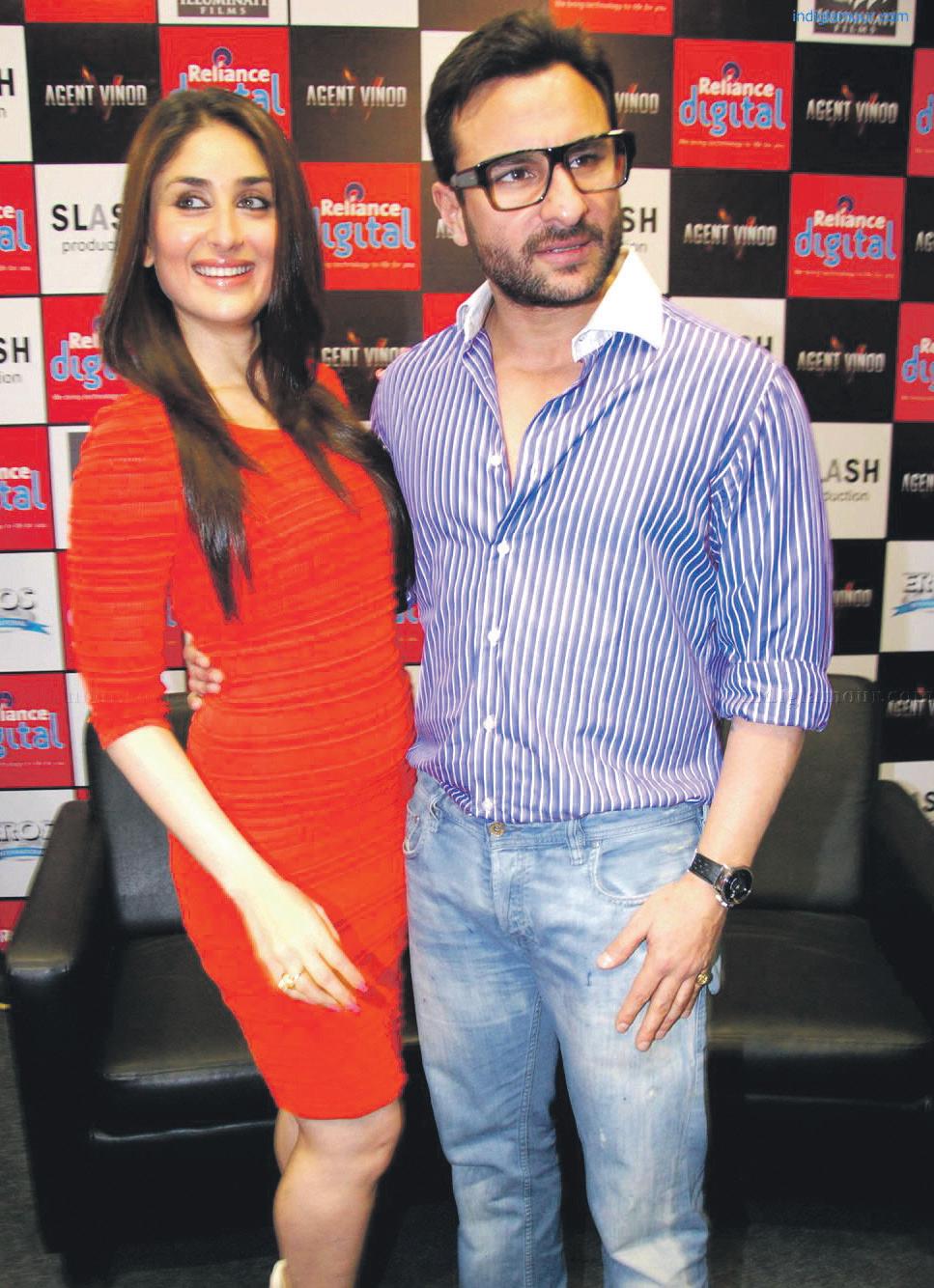
finally tells him, “Sorry, I don’t want to build my mandap over the grave of another woman’s love”, is also intellectually challenged.
The smartest character in this smarter-than-the-characters film is played by Tanuja who, as the matriarch, feigns senility whenever it suits her.
The men around her make it easy. They are incorrigibly dumb, you see.
Love it or hate it, Son Of Sardaar is what a mainstream hindi film is meant to be, a full-on masala-maar-ke actioncomedy with dollops of drama dripping from the edges like wet cheese in a tasty pizza. This is a film which is not just smarter than its character but also much more intelligent than it actually seems.
Son Of Sardaar derives its feisty energy from the original Tamil film by S. Rajamouli (Maryada Ramanna). The feudal plot is transposed from Madurai to Punjab. with that journey that the plot undertakes the film acquires a whole lot of cocky humour and a kind of eclectic warmth that keeps popping up most unexpectedly.
Providentially, Son Of Sardaar turns the vendetta saga on its head. The bloodshed between two warring families is converted into a crisp comic currency where action speaks louder than the words. Director Ashwan Dhir, whose antecedents in television show up here in the episodic movement of the plot, sustains the action, comedy and drama in the same line of vision.
last hindi film Atithee Tum Kab Jaoge, Devgn refuses to leave once he enters Dutt’s family home. The rather eccentric comic strain in the plot hinges on trying to get Devgn out of Dutt’s home to settle an old family score.
while Dutt is more satirical than sinister in his search for vendetta (and that’s what the script requires him to be), Devgn’s Sardar act is brilliantly controlled and moderate. he plays the foreign-returned Sikh who is suddenly thrown into a fatuous feud with a sense of wonderment.
The quips about Sardar jokes and Sardar quirks lend a selfdeprecating transparency to the character.
Ideally, Akshay Kumar would’ve played this part. But Devgn takes the rather dimwitted but affable character to a higher than the goofy plane. This man knows when to act dumb.
Among the truckloads of supporting players, Mukul Dev as an oafish loutish drunkard stands out. But didn’t he play the same character in Samir Karnik’s Chaar Din Ki Chaandni not too long ago? Come to think of it, haven’t we visited the Punjabi heartland frequently enough since Imtiaz Ali’s Jab We Met? Give this one a chance though.
Every time Vindoo Dara Singh, who plays a part of an extended patriarchal Punjabi parivaar in the Sikh heartland, opens his mouth to speak, he is shushed down by others saying, “Silencer lagaa”.
At times you feel this loud, flamboyant, ostentatious - yet all right, admit it - sinfully engaging film should just pipe down. There is so much that’s noisy
about this film. And we aren’t talking about Sandeep Chowta’s over-accented background score. yet it’s never unpleasant noise.
Son Of Sardaar takes us into the core of a family feud in Punjab where Sanjay Dutt, playing a goofy oddball of a Panjabi patriarch as only he can, wants our affable Sardarji Ajay Devgn dead to fulfil an ancestral vendetta.
character in this film is way below average. Every man in Ashwani Dhir’s world of belligerent bloodbaths is more daft than the previous. The women are slightly more intelligent, though our leading lady Sonakshi Sinha, photogenic as she is, has begun to get repetitive in her chirpiness. Juhi Chawla, as the woman who waits 25 years to marry Sanjay Dutt and then
Miraculously, the plot moves steadily from mood to mood without seeming scattered. There is space, even regular breaks, for romance in the narration. Though the songs could have been avoided, the song breaks are pleasant. By the time the chaos is all sorted out, the narration collapses in an exhausted but triumphant heap.
Some sequences such as Devgn and Sonakshi’s first encounter in the train overstay their welcome. Just like the mehmaan Paresh Rawal in Dhir’s
Son Of Sardaar is a rollicking rambunctious wild and wacky action-comedy. It’s a spaghettiwestern relocated to Punjab that would keep Devgn’s fans regaled. Even if you are not a big fan of the typical potboiler this one makes you smile. one question: why was Juhi Chawla behaving like Dolly Bhindra?
Subhash K. Jha
FILm: Son Of Sardaar

CAST: Starring Ajay Devgn, Sonakshi Sinha, Sanjay Dutt, Juhi chawla, Tanuja, Mukul Dev, vindoo Dara singh
DIRECTOR: Ashwani Dhir
plan a happy ending for the soldier love story. But not before a sassy spunky bindaas photo-journalist Akira (Anushka Sharma) sweeps into the traumatized Samar’s life. The Shah Rukh-Anushka sequences in the second-half shot in the stunning Ladakh and Kashmir valleys blend the wartime urgency of army life with a seminal spot of sunshine. It’s a pleasing blend of the valorous and the romantic that turns the Shah Rukh-Anushka chemistry from Rab Ne Bana Di Jodi on its head. There he craved for her attention. Now it’s her turn.
TChopra’s swan song – may god rest his rhapsodic soul – is a swoon-worthy ode to that achy-breaky feeling called love. Reams of poetry and volumes of prose have been written on it. But no poet no author has come close to unraveling the mystery of the heart.
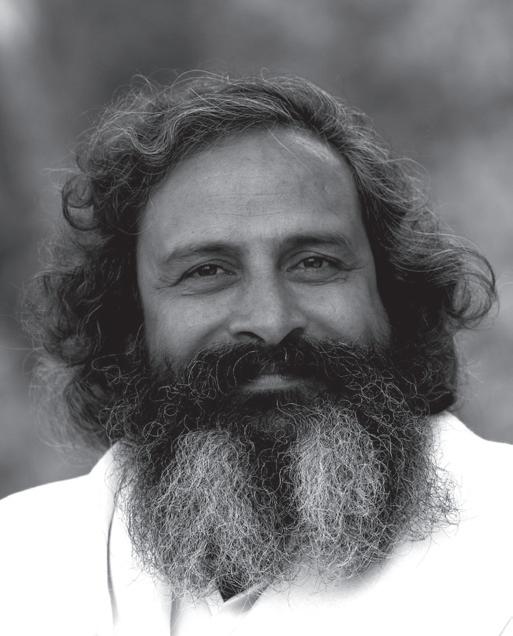
Yash Chopra spent most of his adult years peering passionately into the heart. Jab Tak Hai Jaan (JTHJ) is not his best work. The last 35 minutes when Shah Rukh Khan loses his memory is best forgotten.
Miraculously the entire endpiece of this fractured symphony co-written by Aditya Chopra and Devita Bhagat, doesn’t take away from the sublime beauty of the work.
JTHJ is like an elaborate work of art that offers many different kinds of guilty pleasures for all those diehard fans of Yash Chopra’s romance who grew up, grew wise and even grew old watching Daag, Silsila, Chandni and the doyen’s best work Lamhe
His latest and sadly his last work could keep you enthralled trying to play the game of spot-the-earlierYash-Chopra-referenced. You will catch Daag in the way Katrika Kaif returns into Shah Rukh Khan’s
fractured life. You can catch many shades of Karisma Kapoor from Dil To Pagal Hai in Anushka Sharma’s girl-madly-in-unrequitedlove act. You will see Kabhi Kabhie in the way Katrina comes to search for her fugitive mother (played by Neetu Singh, who had played the girl in search of mom in Kabhi Kabhie) and you can spot Silsila in Katrina’s scenes with Anushka in London.
Both the ladies are madly in love with the same man, much the way Sharmila Tagore and Raakhee loved Rajesh Khanna in Yash Chopra’s Daag. Indeed, there
are perceptible shades of Rajesh Khanna’s poetic romanticism from Daag in Shah Rukh’s loner deathdefying soldier’s character. Shah Rukh imbues the part of solider Samar with a great deal of heart. Never since Sanjay Leela Bhansali’s Devdas has he expressed the pain of lost love so eloquently. That his lady love happens to be Katrina Kaif helps us in sharing his pain. Yup, it’s possible to fall hard in love with this tragic beauty of elaborate elegance and spend the rest of one’s life pining for her.
Luckily fate and the scriptwriters
Comeuppance, anyone? Fate, as imagined in JTHJ is a flimsy mistress, hard to please and very high-maintenance. Katrina’s Meera is a bit of a silly romantic masquerading as an in-charge woman entrepreneur. She makes ludicrous deals with god and pays heavily for her trade practices with an unequal partner (god). Meera is a woman of today captivated by outdated beliefs.
In some ways this exquisitely mounted work of art belongs to Katrina. She owns Meera’s role in the way Sridevi and Raakhee owned Chandni and Kabhi Kabhie, respectively. Shot in pristine colours by cinematographer Anil Mehta whose camera evidently loves Katrina’s face as much as Samar, Katrina emerges as an actress who feels her character’s pain in anguished close-ups.
Yup, Yash Chopra couldn’t have chosen better. All the three protagonists seem assembly-built for their characters. And they are never short of support from every department of film’s making.
It’s the script that intermittently turns villain showering unexpected blows on the tender romance that the director so meticulously carves out of the lead pair’s unflinching commitment to delineating the doomed dimensions
of an ill-fated love that finally conquers even fate.
While we applaud the film’s visual and emotional velocity Meera’s dumb deals with god are plainly not the stuff great love stories are made of. And yet, we can’t help cheer for the lovers when they finally embrace in strifetorn militant Kashmir. Devdas had it easier. His explosive mine-fields were only in his mind.
And he could’ve never imagined his Chandramukhi would ever be as persistent as Anushka Sharma. Kya karoon, ishq ho gaya hay tere se, she blurts out in a tragic confession of one-sided love. Ah, love! What a fall it causes even for the cynics. We don’t quite fall in love with the film the way Akira falls for Samar. But we come close.
JTHJ is an ambrosial autumn sonata done in colours and moods that redefine Yash Chopra’s legendary levels of aesthetics while sharpening and polishing the contours of his characteristic preoccupations. There is the elusive search for love and of course the unattainable beauty played by Katrina who miraculously manages to take her character beyond her porcelain features. When she dances in an underground London pub she forgets the world around her is watching. Then there is Shah Rukh Khan standing tall as a soldier who defuses bombs but can’t seem to defuse the love catastrophe in his life.
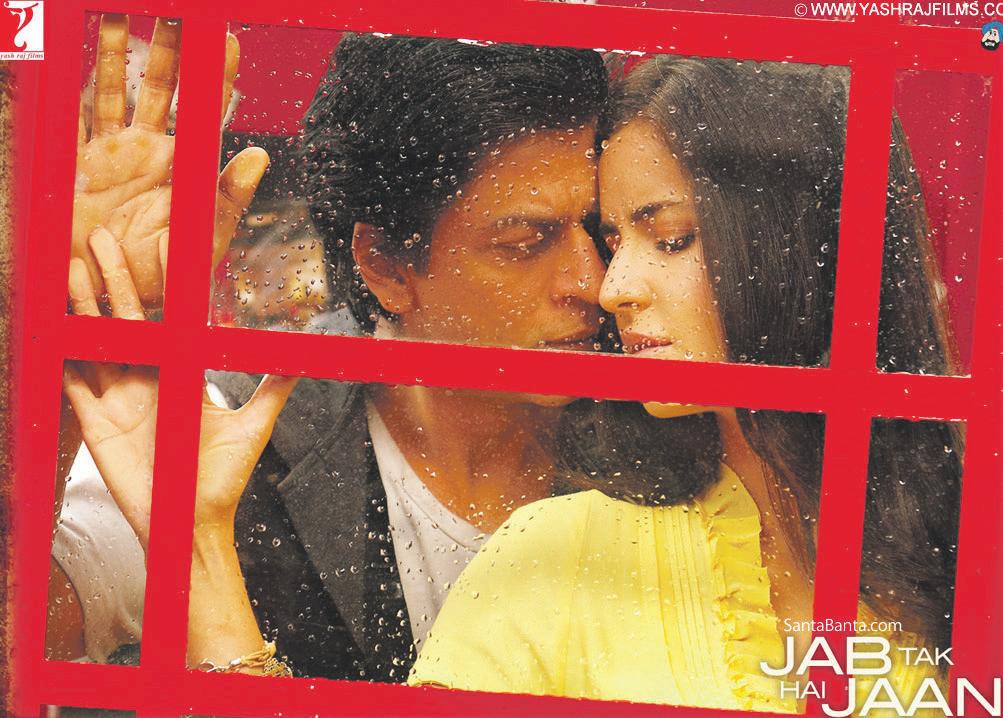
Jab Tak Hai Jaan makes you fall in love with love all over again. We will miss you, Yashji.
Subhash K. Jha
FILm: Jab Tak Hai Jaan

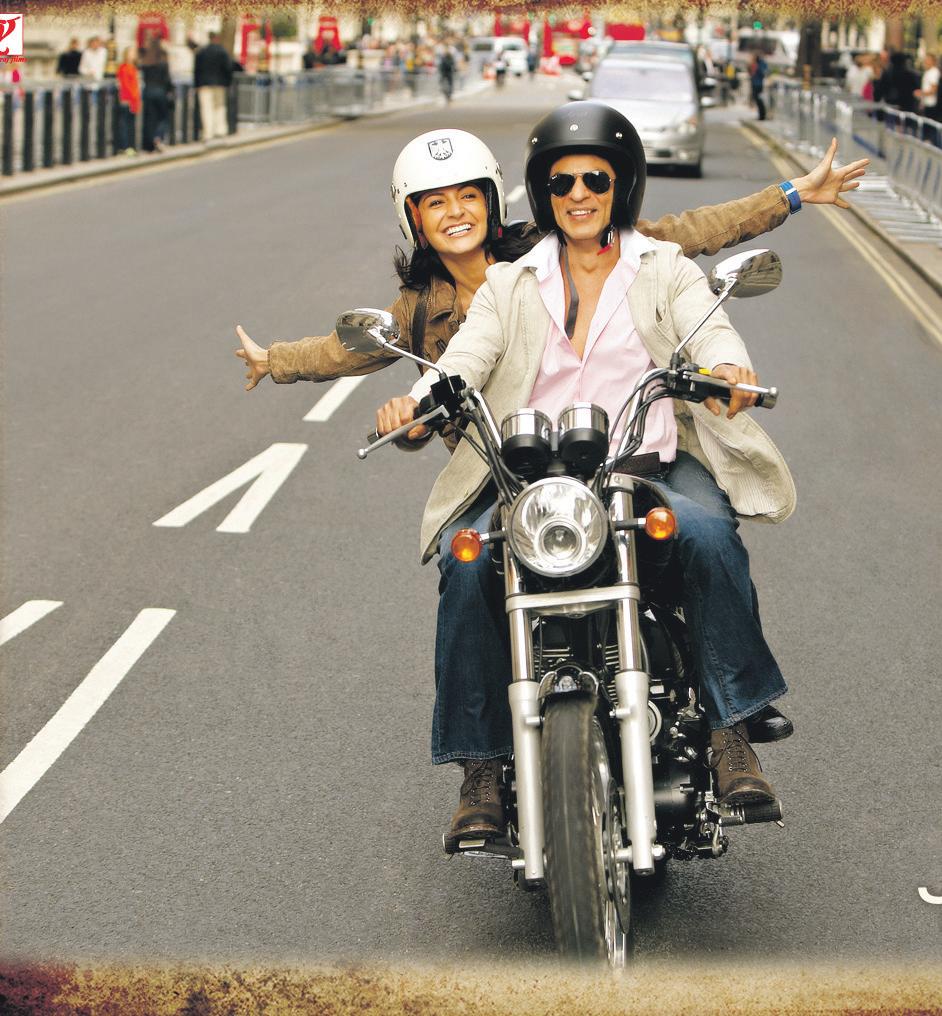
CAST: shah rukh khan, Katrina Kaif, Anushka Sharma
DIRECTOR: Yash Chopra
He captured the magic of Aishwarya Rai when she got back home after winning the Miss World crown in 1994.

Now Ap GurusWAmy captures beautiful moments in Melbourne’s Indian community!
In his 40-year career experience as a professional photographer in India Guruswamy covered news, corporate events, large scale events and celebrities.
For stunning images of your next big event, call Guruswamy on 0406 820 413.
Christmas is around the corner. Some call it the ‘silly’ season, but it is really the ‘C’illy season – a time for carols, cakes, crass consumerism and cards. Not the kind of cards you send out to convey goodwill towards fellow humans. It is the credit card, stupid! It is given a workout as if there is no tomorrow. In fact, some folks would wish that tomorrow, when the payment is due, never comes. Unfortunately for them money doesn’t grow on trees. Christmas tree included! The plastic panacea used to cure all shopping ills soon turns out a post transaction stress disorder.
The credit card, when it appeared on the horizon a few decades ago, had a noble purpose. Like the old saying ‘the way to hell is paved with good intentions’, it has, over the years, produced some dreadful debt consequences. Its original concept was to give its holder the convenience of not carrying cash without ever running out. It was to take the weight off the wallet, travel light and shop with security any time, any place. Now credit card providers literally lighten your wallet every time you pay a bill, charging a percent or two on top of the bill amount, besides an annual fee. You pay a fee to pay your money to someone! How fair is that? The points too, have become pointless over time. My return journey to India once cost 70,000 points. Now that will take me up to the local airport.
In the beginning, cards were issued by banks in bland colours to a band of select customers who had to pass through several hoops of credit worthiness. Soon retailers moved in followed by airlines, petrol stations, all and sundry. They are now offered willy-nilly. I have seen some women carry umpteen plastic cards, enough to recreate Michael Jackson. Sorry for showing disrespect to the departed; one shouldn’t speak ill of the dead. Talking about a living legend, Jane Fonda’s trim, taut figure is an all-plastic miracle and not from her well-publicised workout. The cat is out of the
bag only after thousands of women had shed several pounds (monetary) with their credit cards to buy her fitness fads.
Over the years, the credit card has evolved into a class system of its own with silver, gold and platinum types signalling the status of the holder. It has also taken on new avatars like charge and debit card - the darling of merchants who get their money once the card is swiped. Each swipe shaves a slice of your savings with silky smoothness. What swipe, the Y-gen may wonder. In its infant days, the card was placed on a metal cradle with a wringertype roller passed over it and a set of triplicate vouchers. The triplicate had an Indian aura since

everything over there still needs to be in triplicate. (Even our god system is Trimurthi).
Besides the one that offers permanent sanctuary in the US, there is a green card that does not cost you a cent. It is the Medicare Card, provided the service provider bulk bills you.
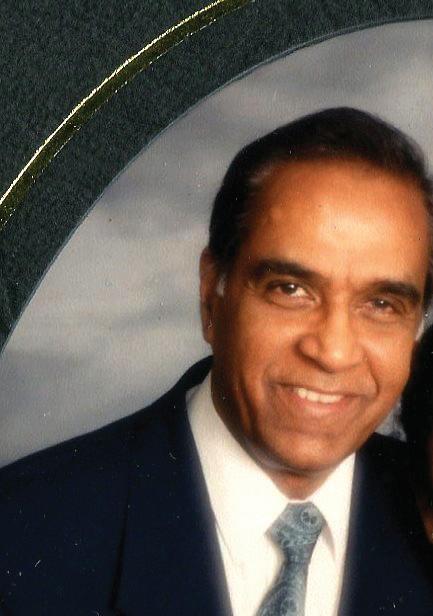
It may bulk up his bank account and even make you green with envy.
Over the years, cards have grown out of their swipe cradle and moved to hand-held machines with ‘PIN’ or ‘sign’ commands. I don’t like to be pinned by a set of numbers and PIN being a Pain In (the) Neck, I always opt to sign.
At my age with a poor memory, that is the only way to remember
who I am. Even this choice is now under threat. No need to sign if the purchase is under a certain amount. Just a wave of the card and away you go. Bingo! Can’t get easier than that.
If you lose your card someone can use it and smile all the way out of the shop shouting, “Start the car!” a la the Ikea ad. To assuage cardholders’ concerns, providers assure that they will bear the cost of purchases under a certain amount; some say $50 and others, $100. So if your December statement shows a number of $99.99 purchases, someone may have had a good silly season. You might have spread some goodwill.
Merry Christmas and a Happy New Year.
Over the years, the credit card has evolved into a class system of its own with silver, gold and platinum types signalling the status of the holder
As we get into the festive season, we realise that cards are a credit to no oneThe plastic panacea used to cure all shopping ills soon turns out a post transaction stress disorder.

